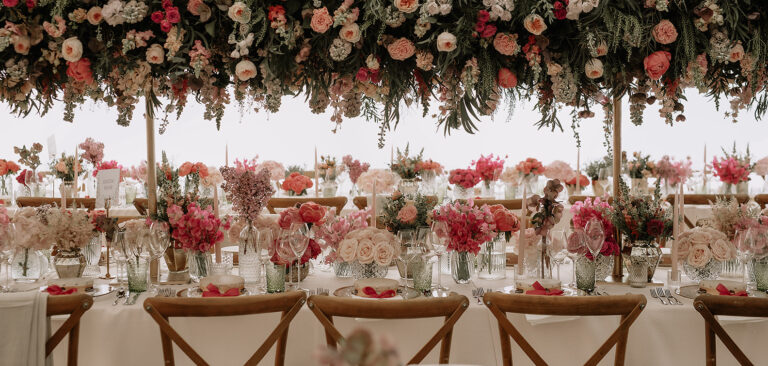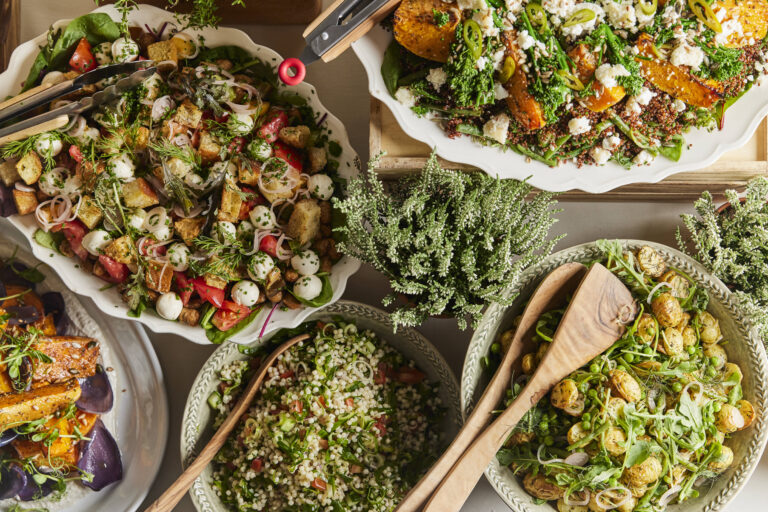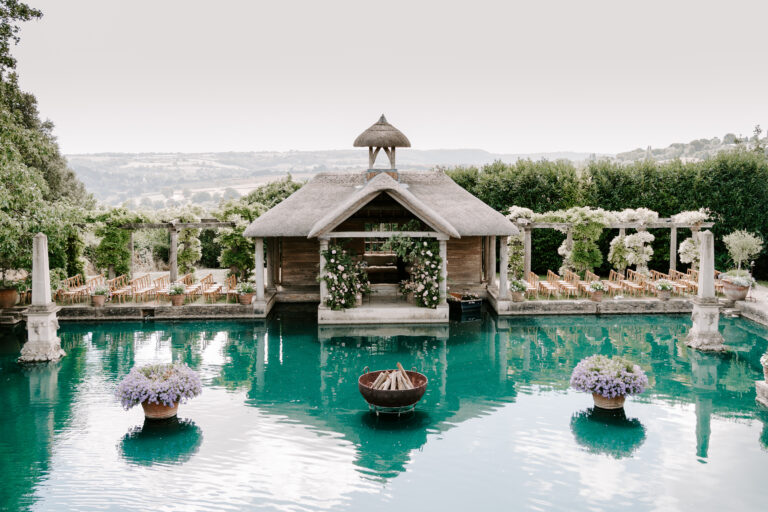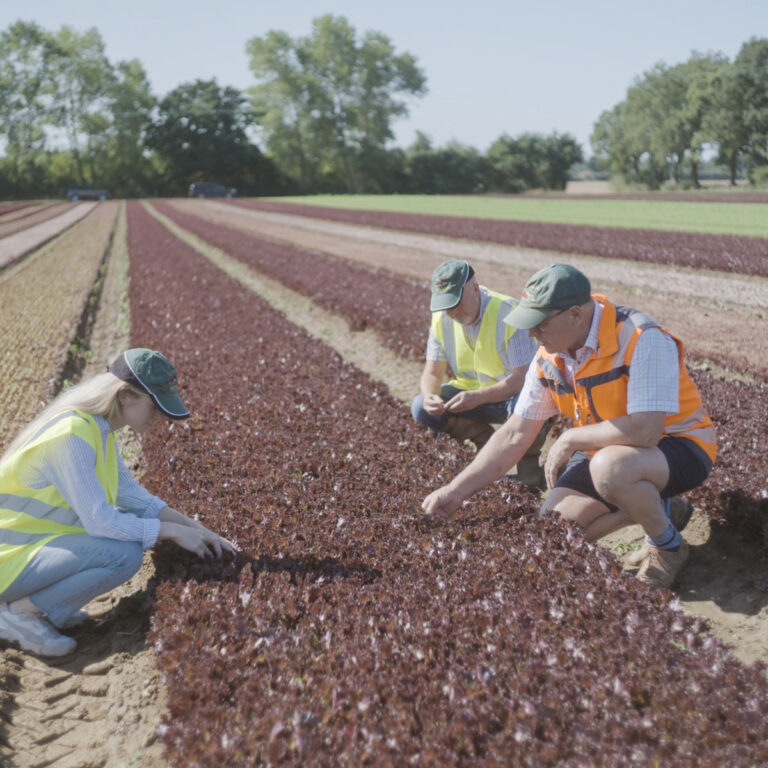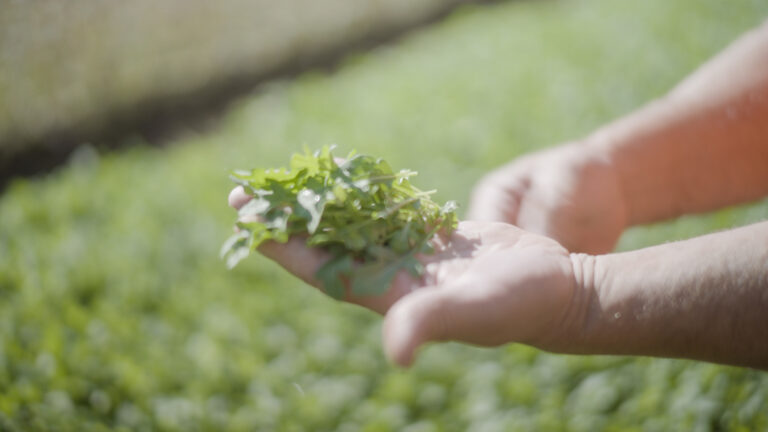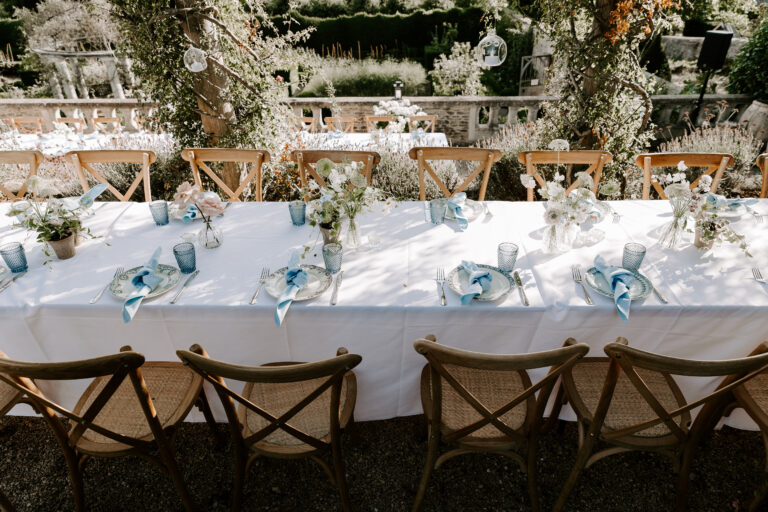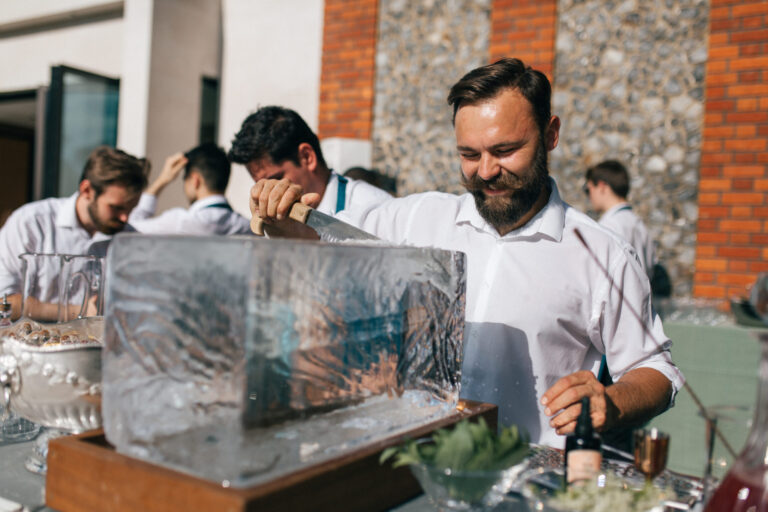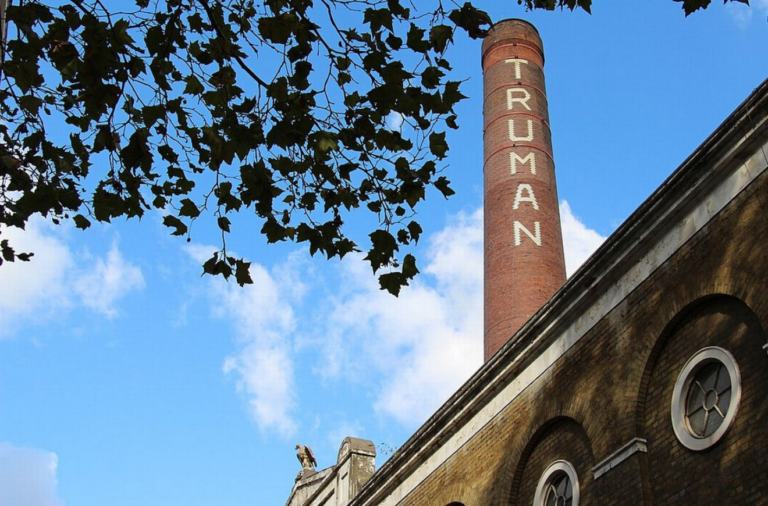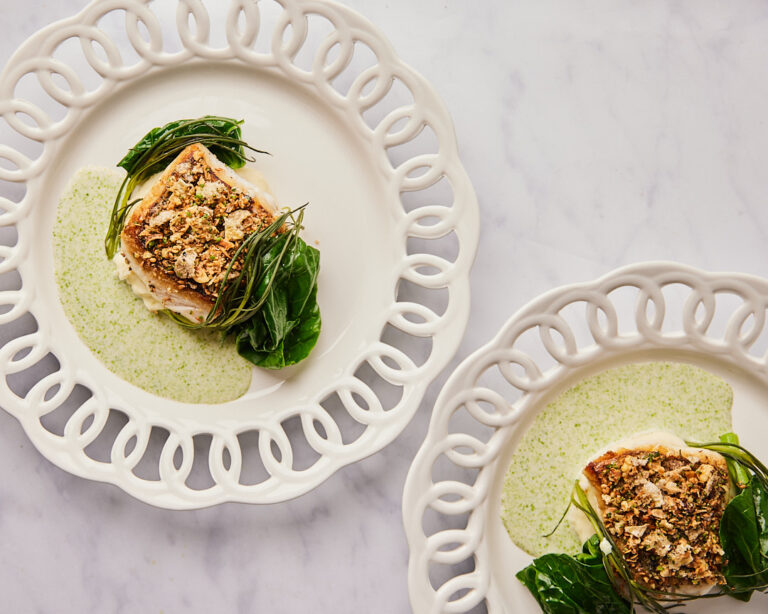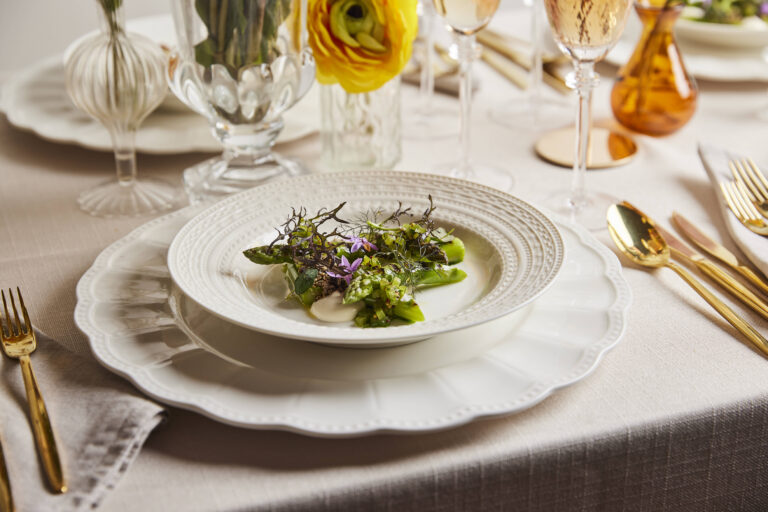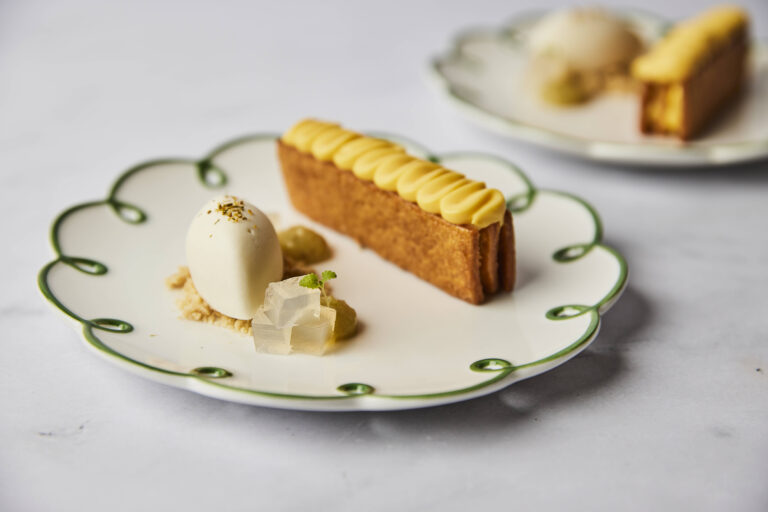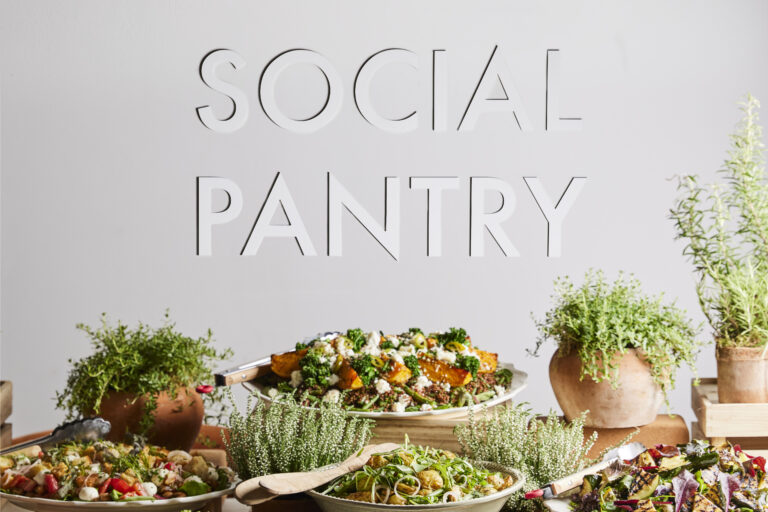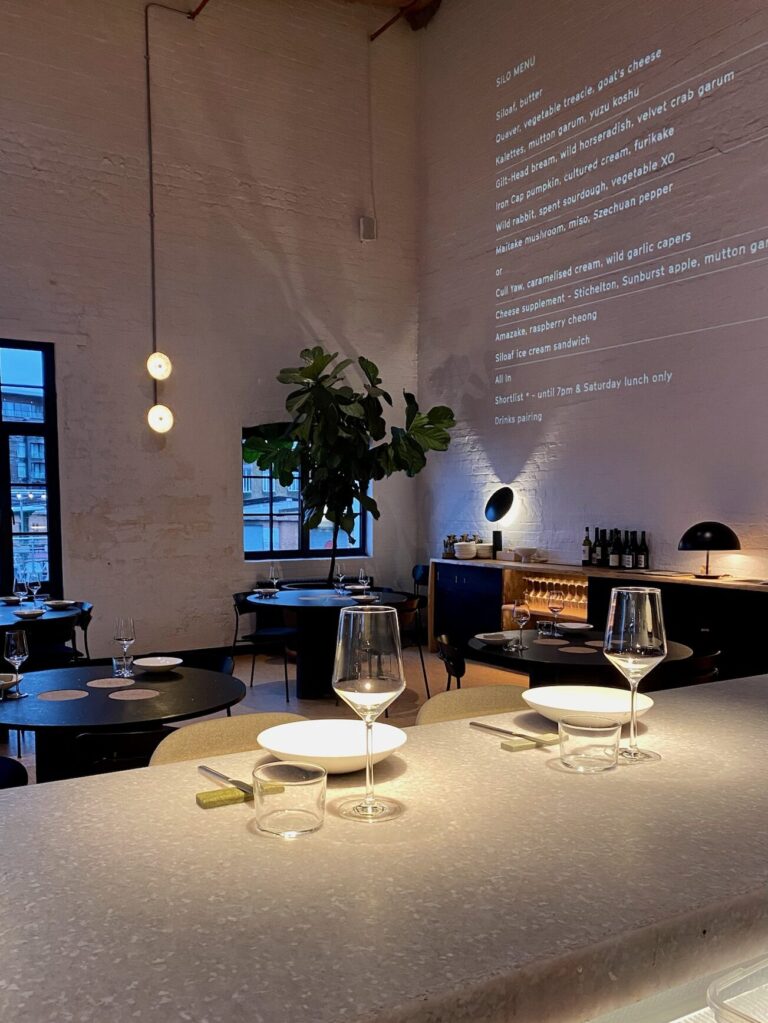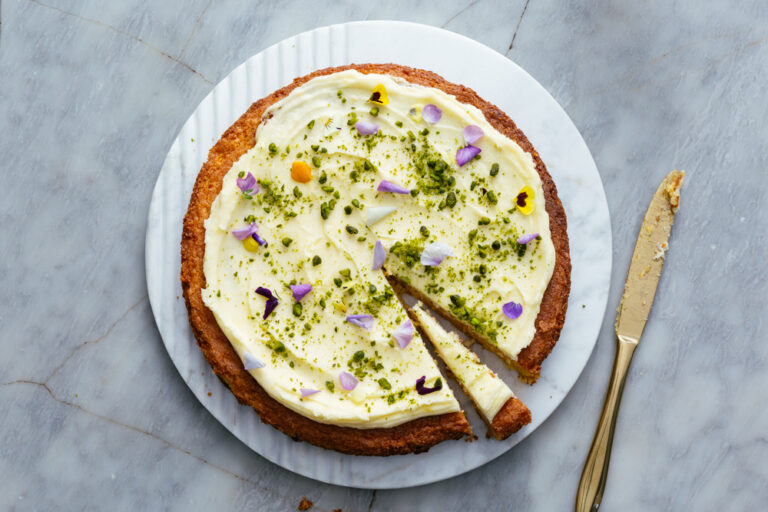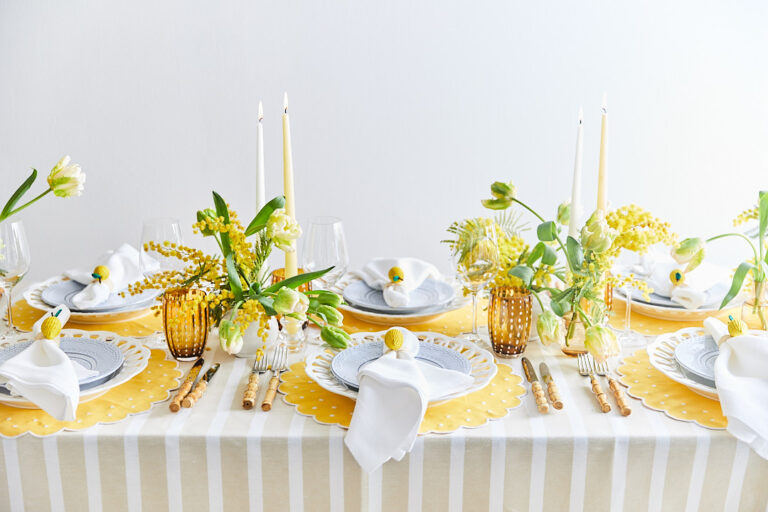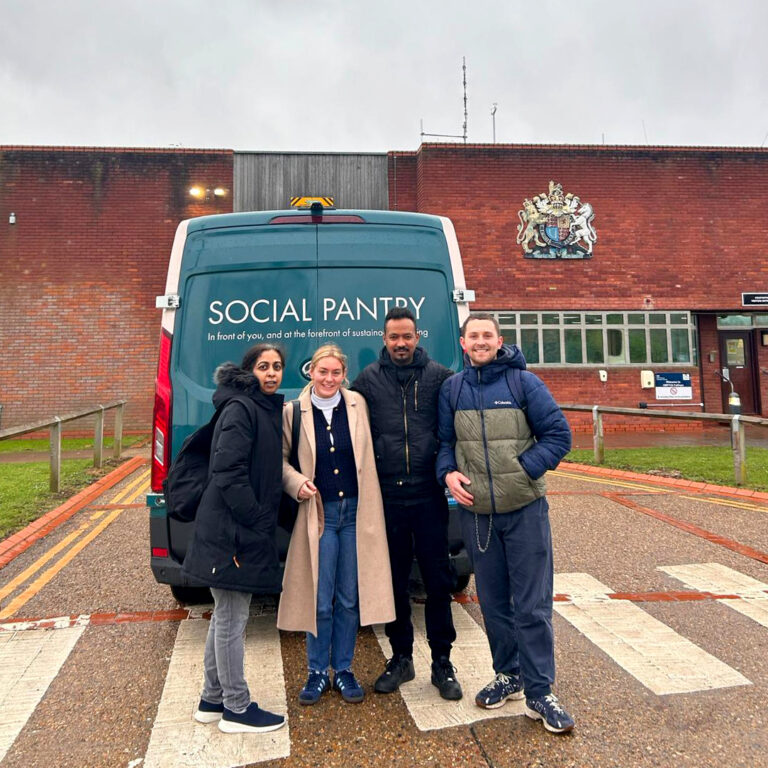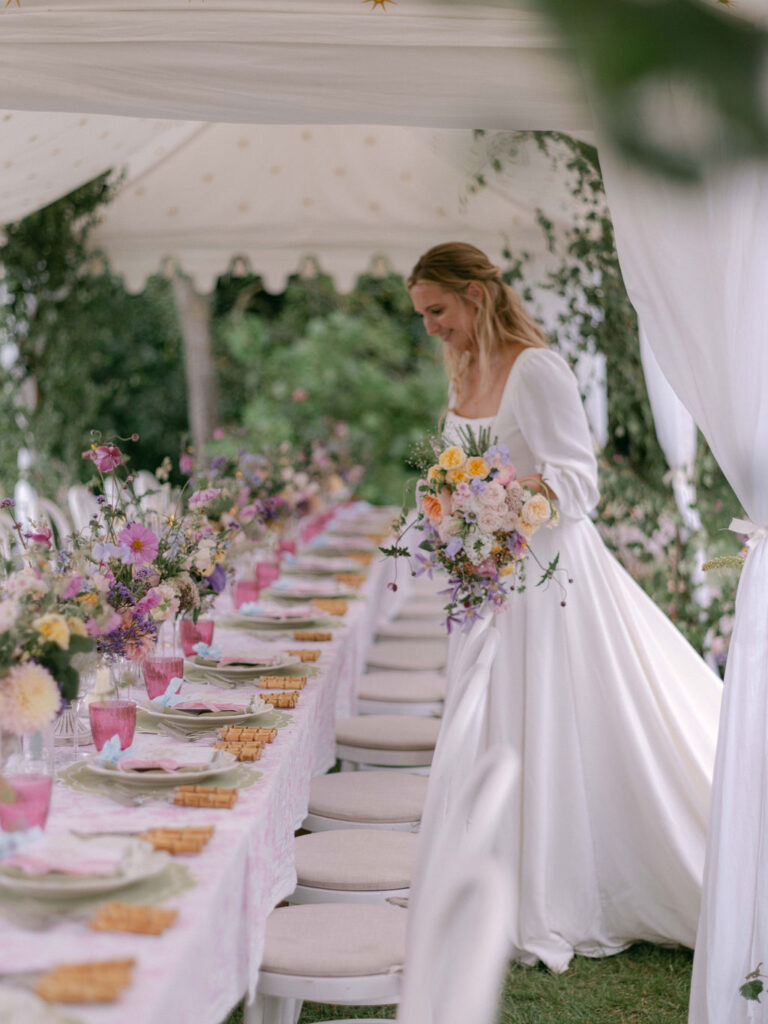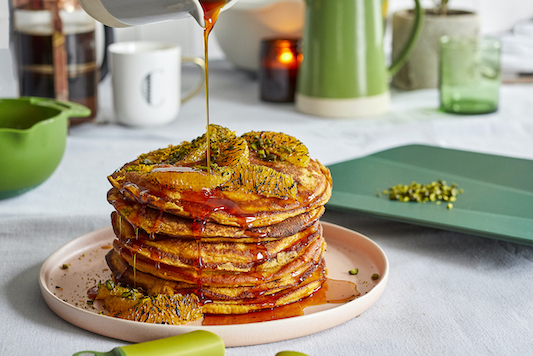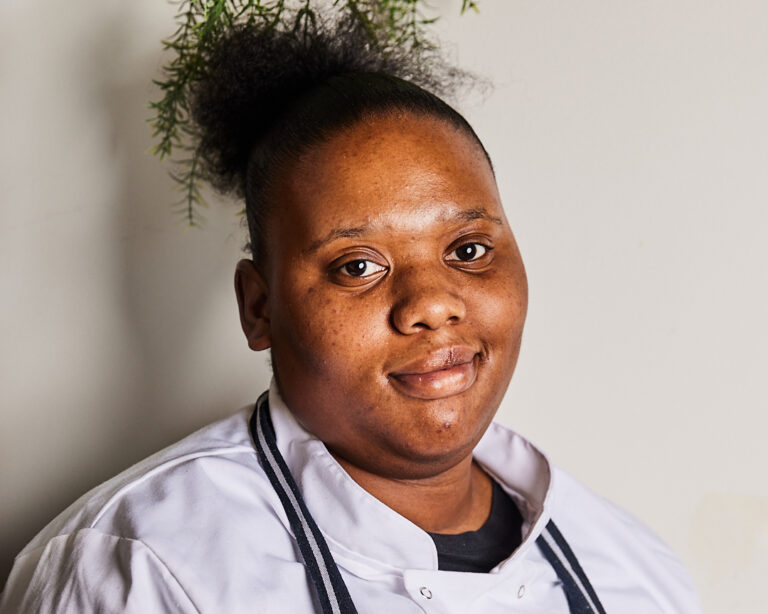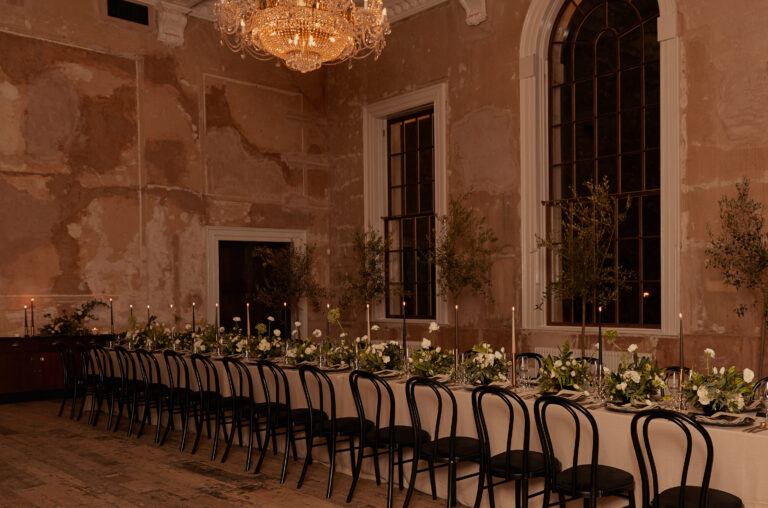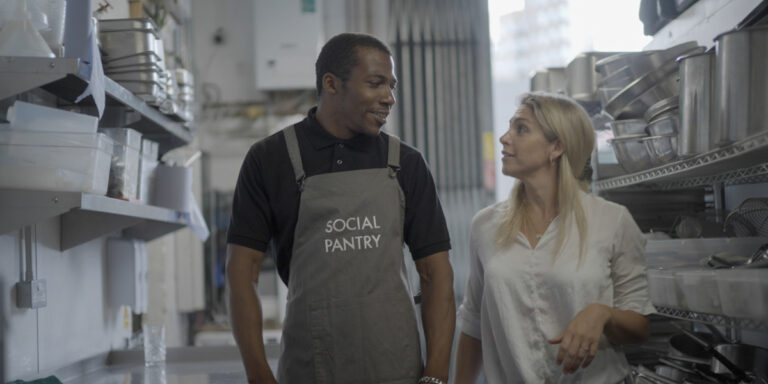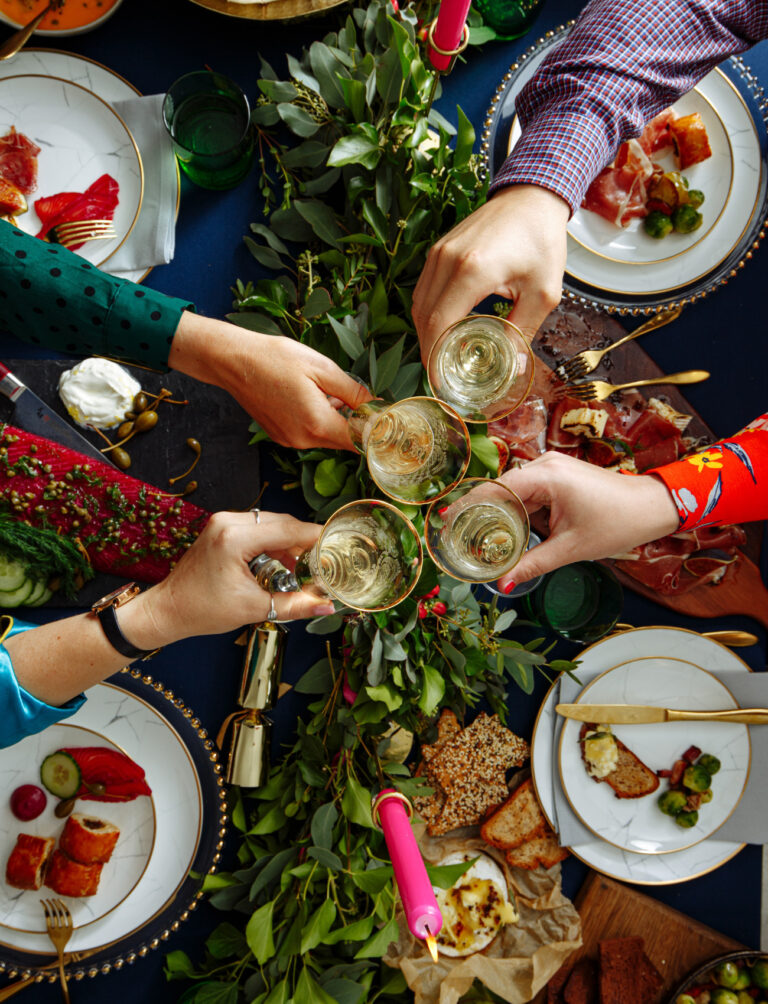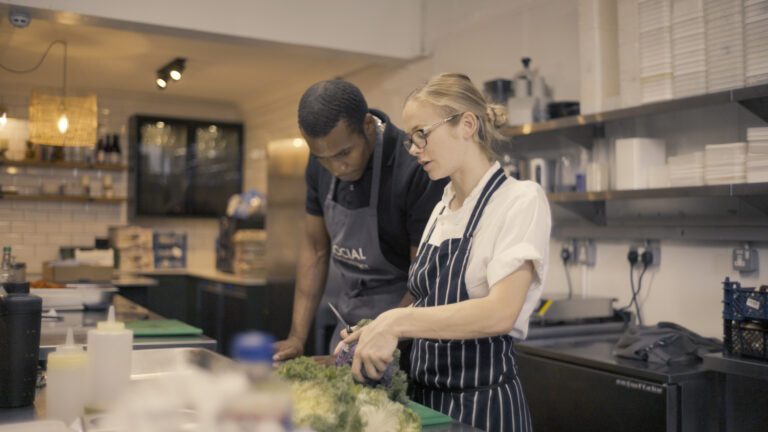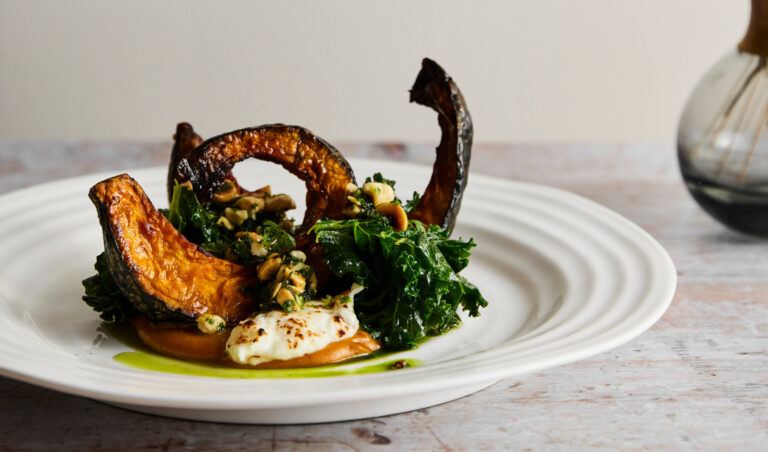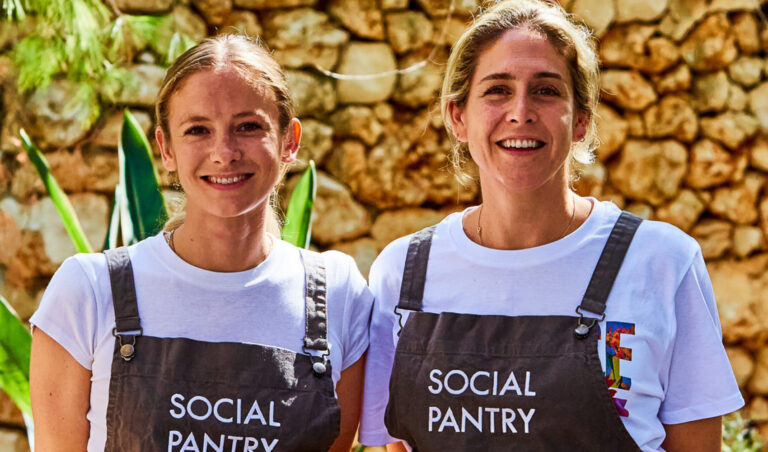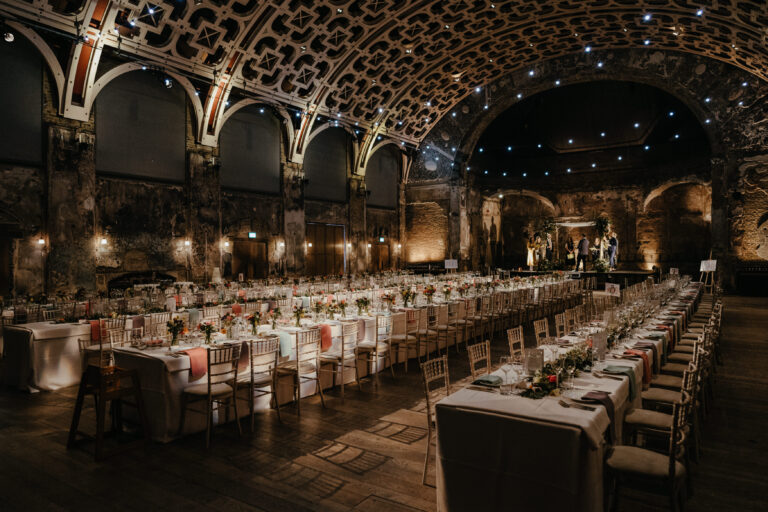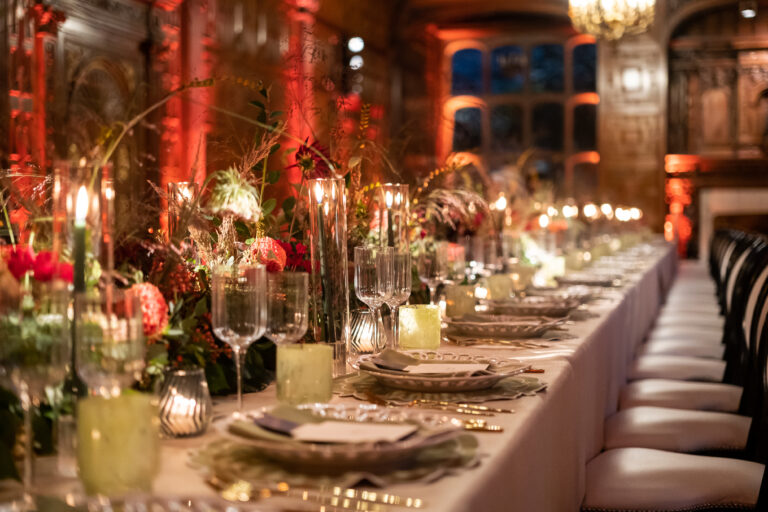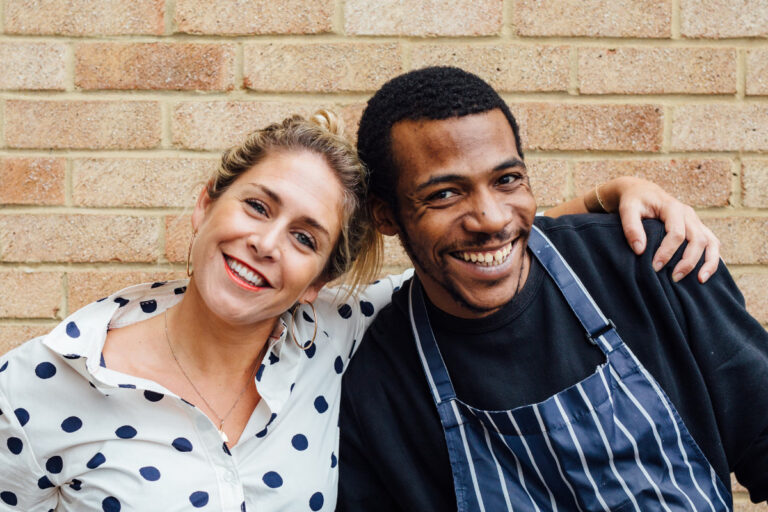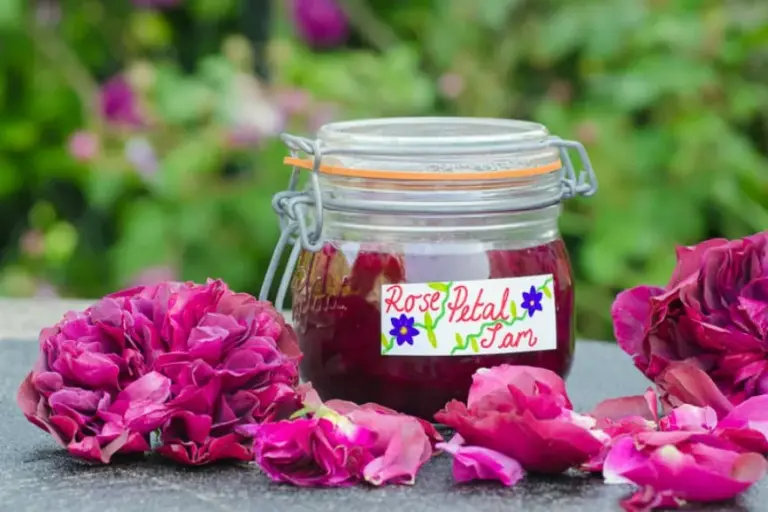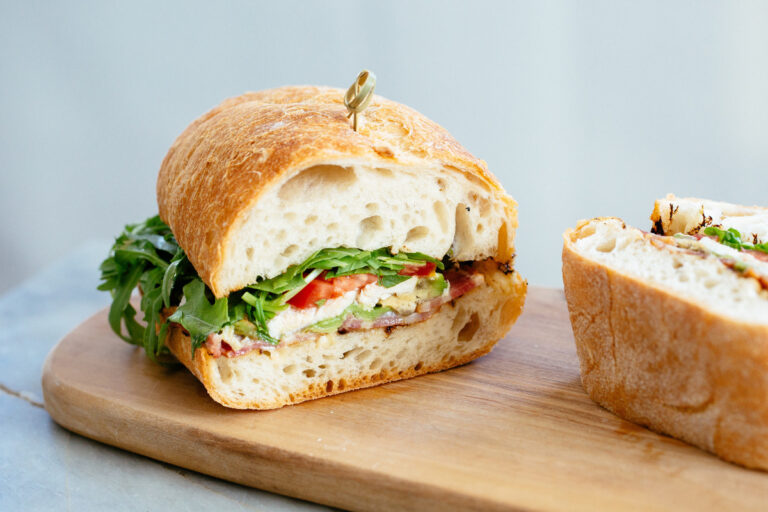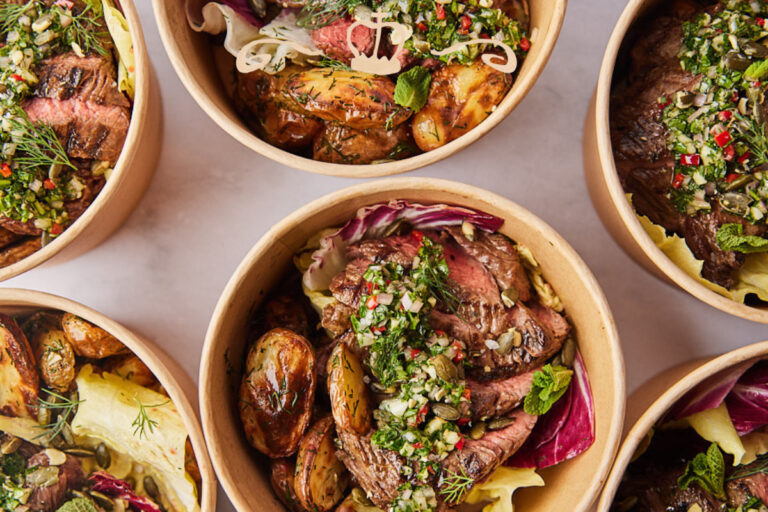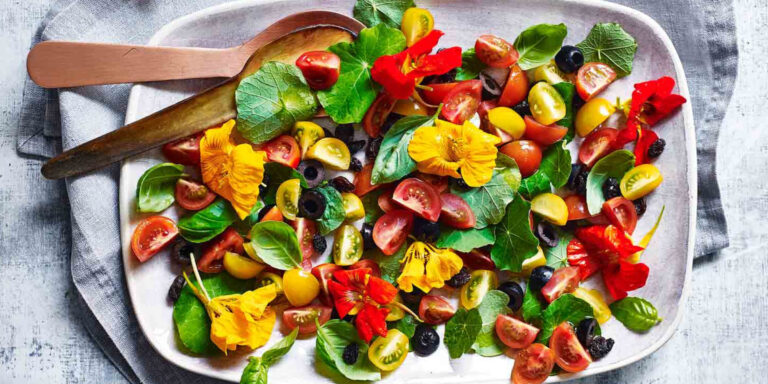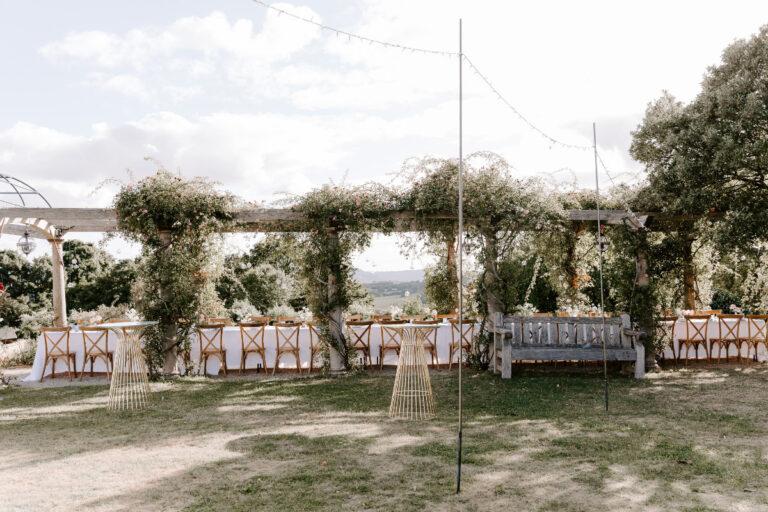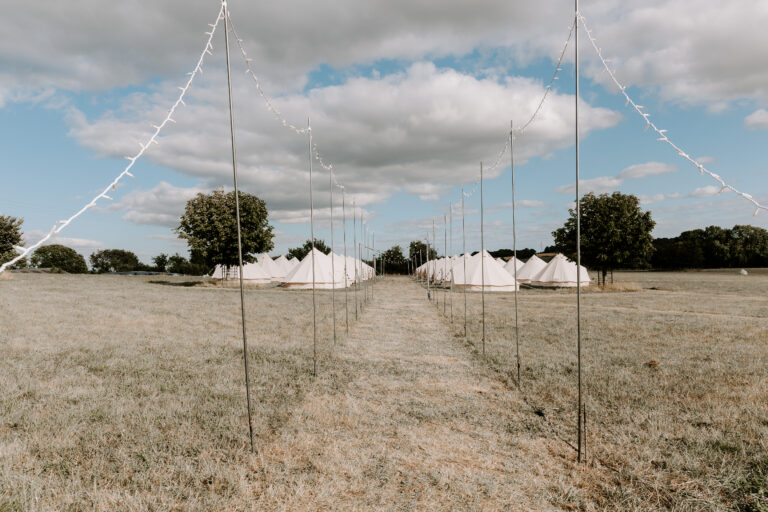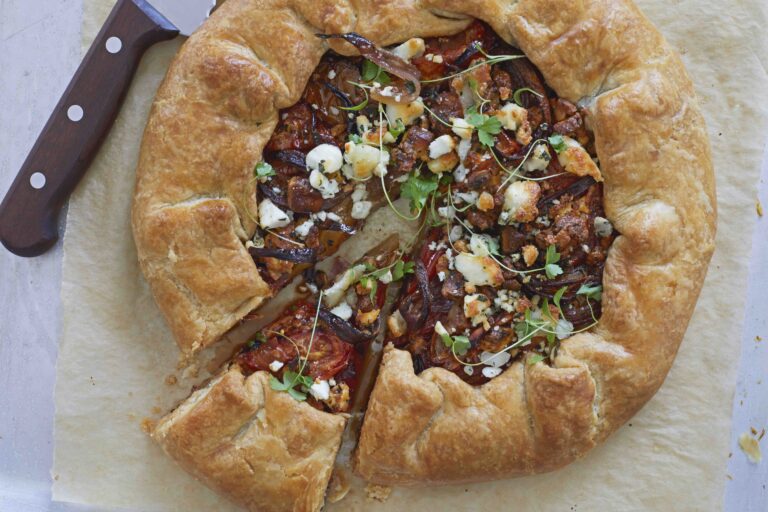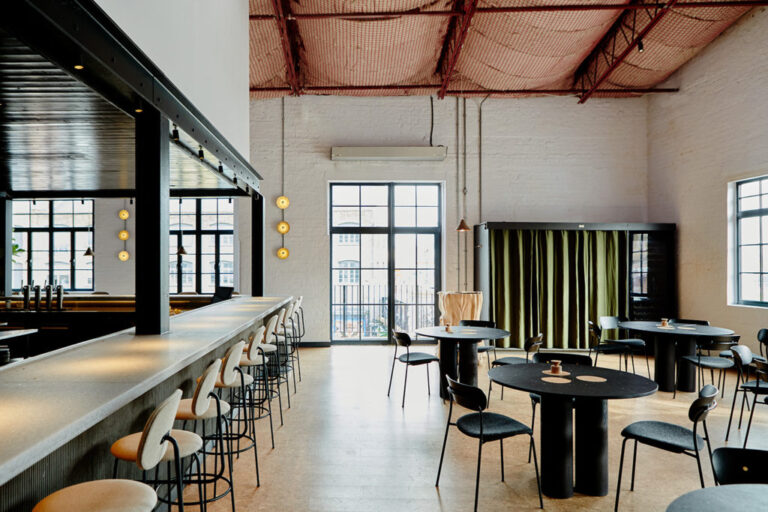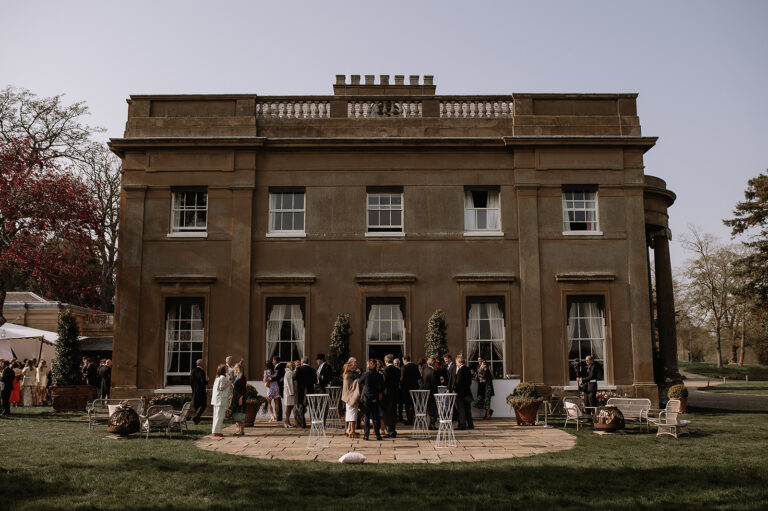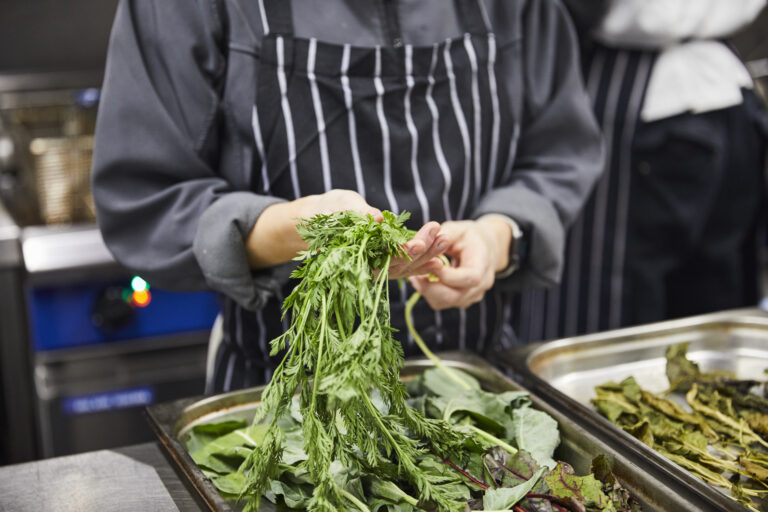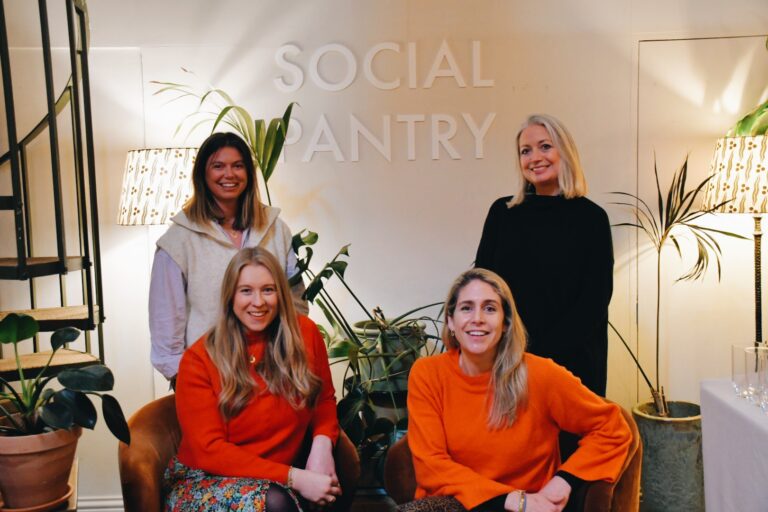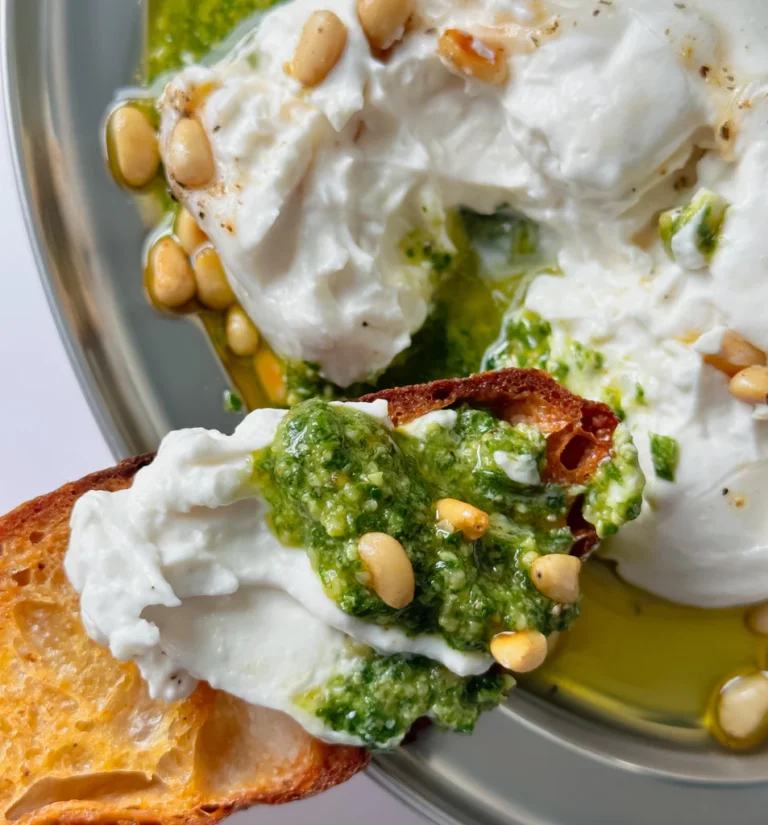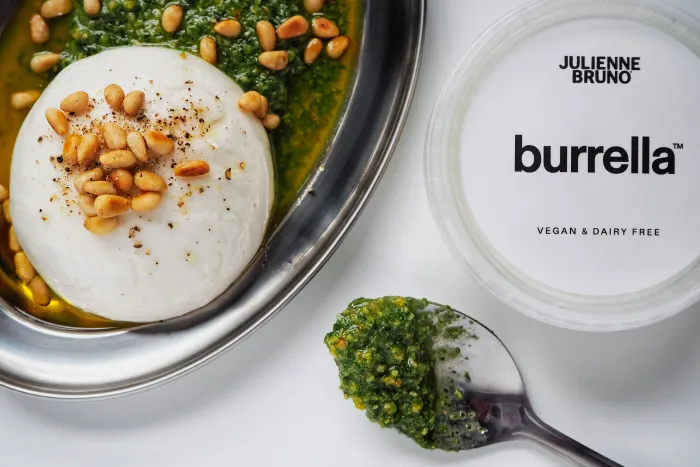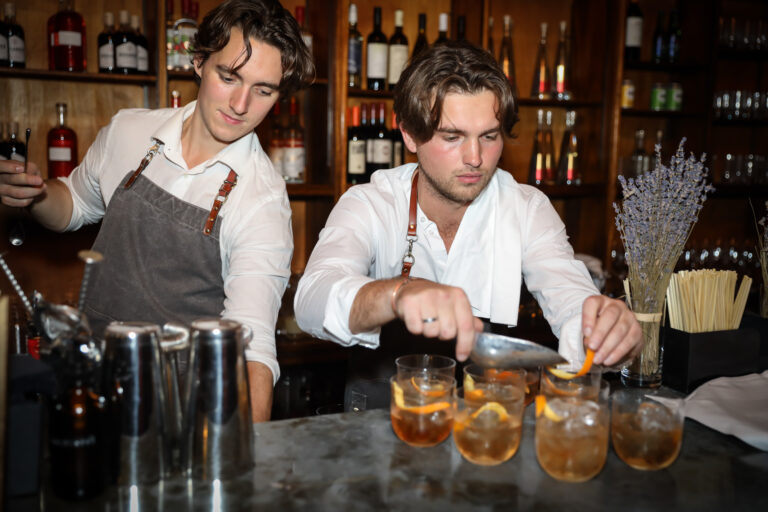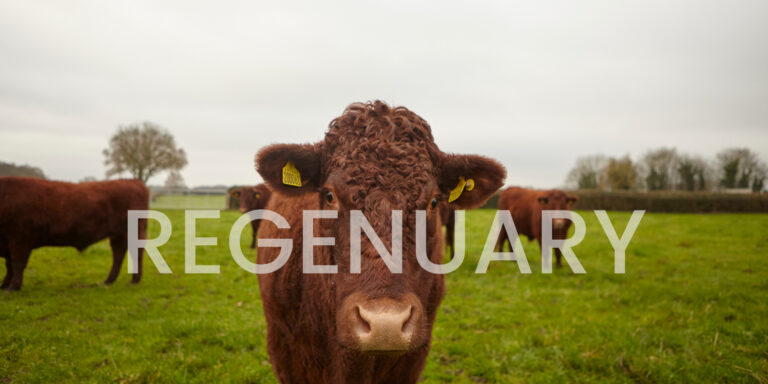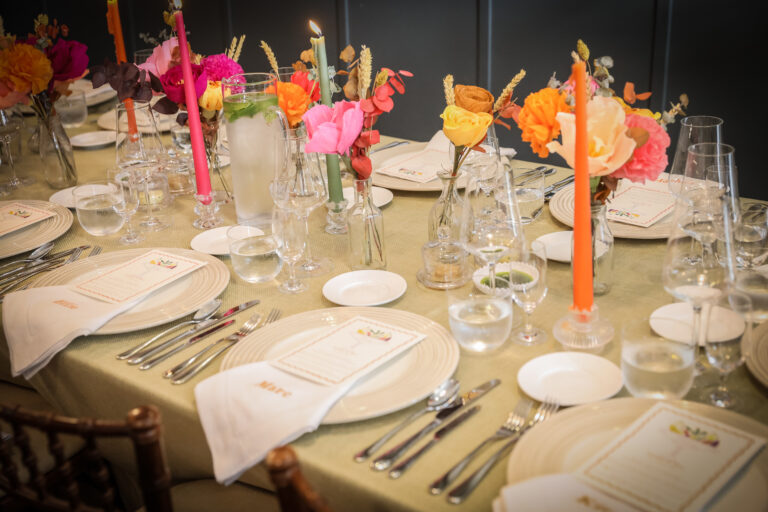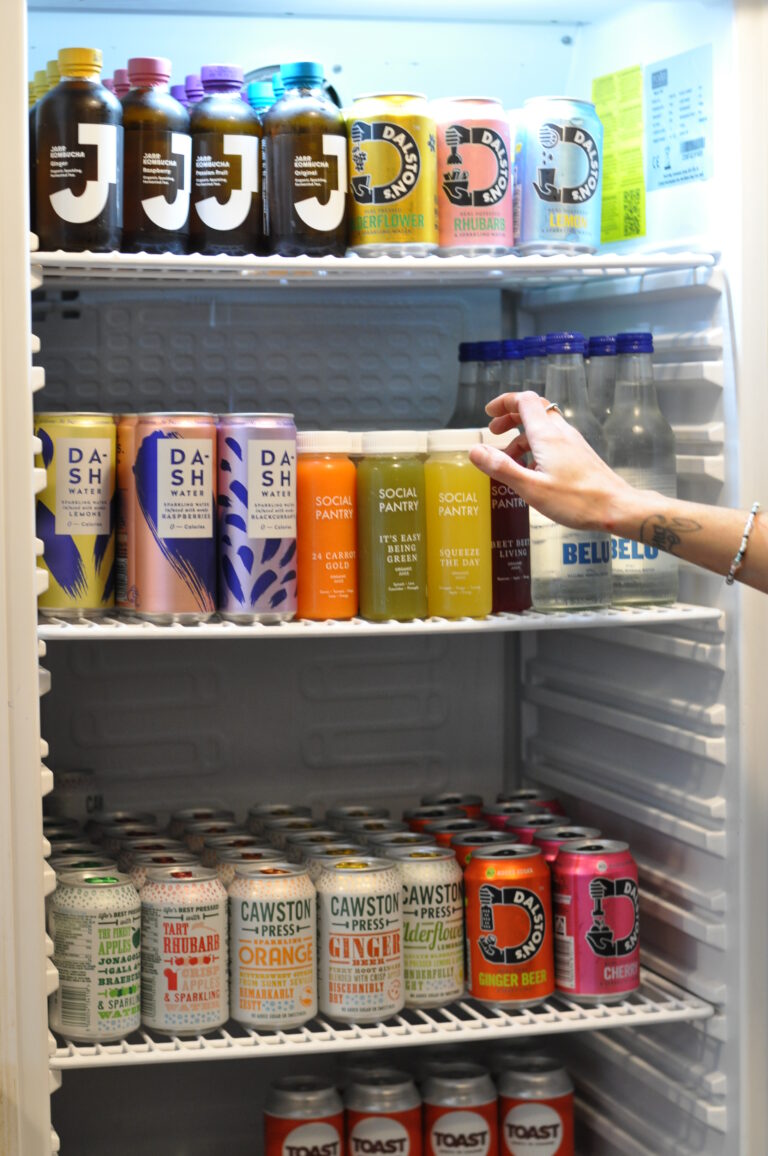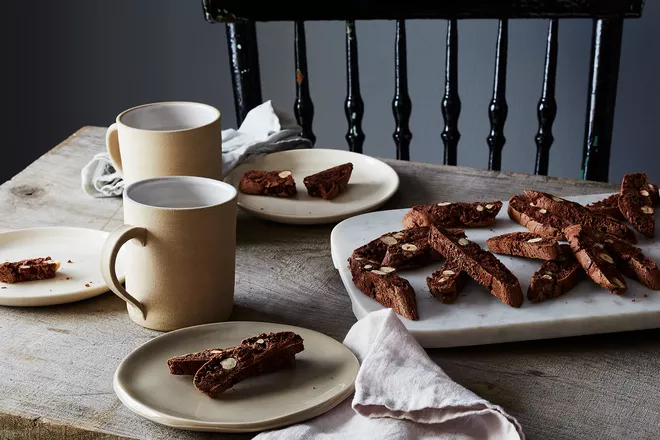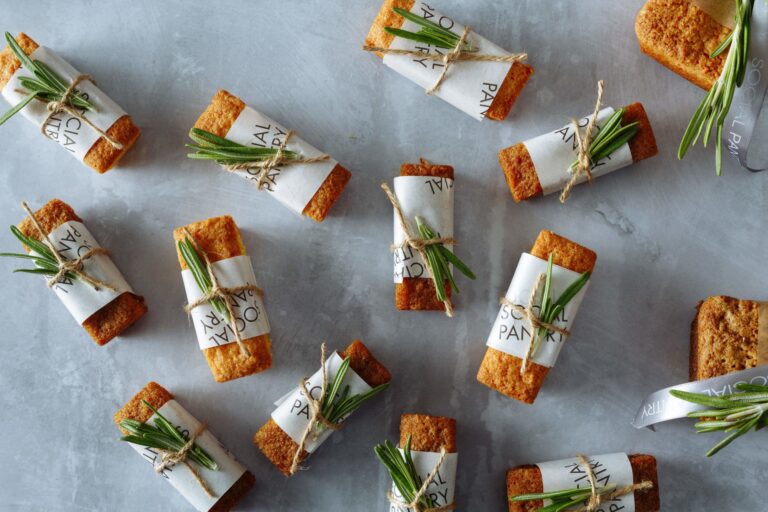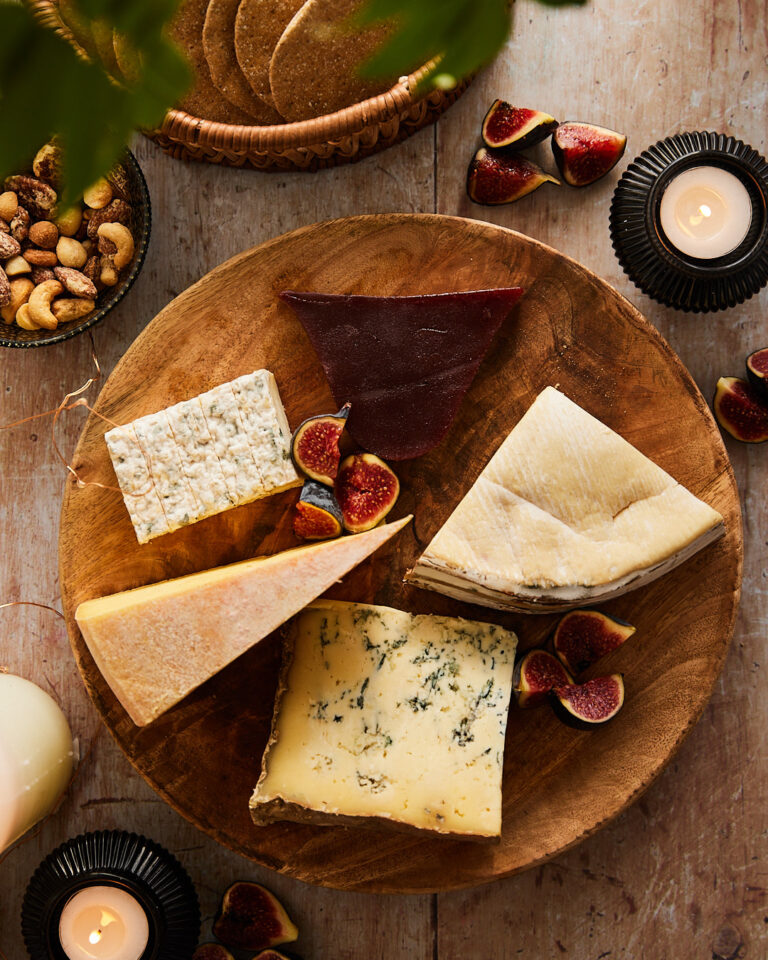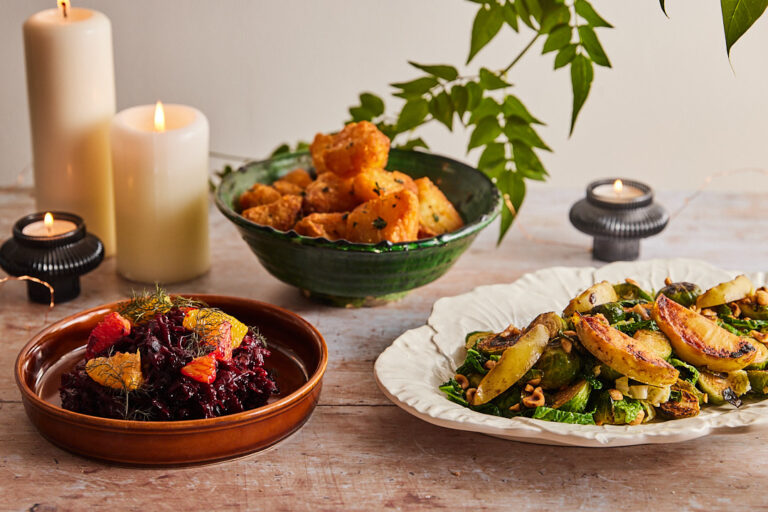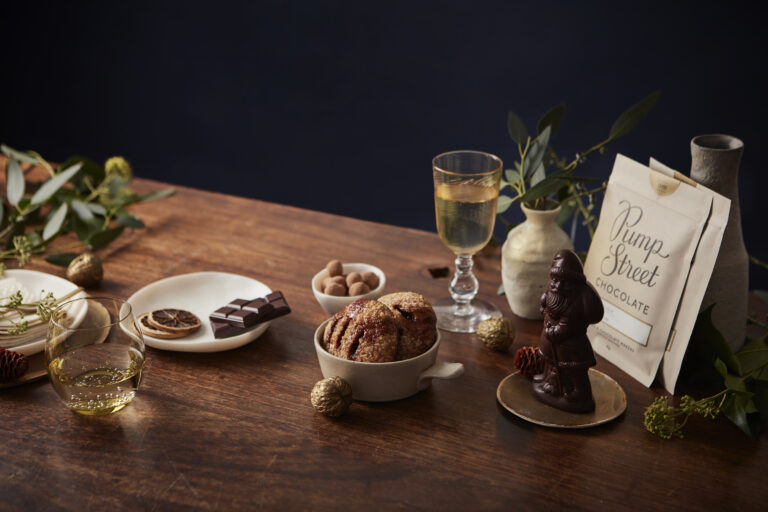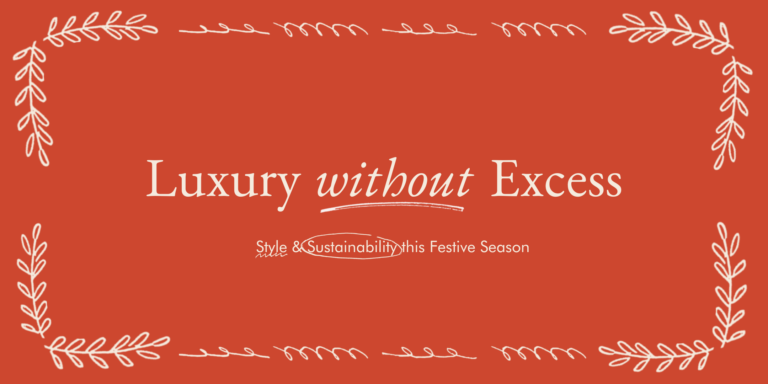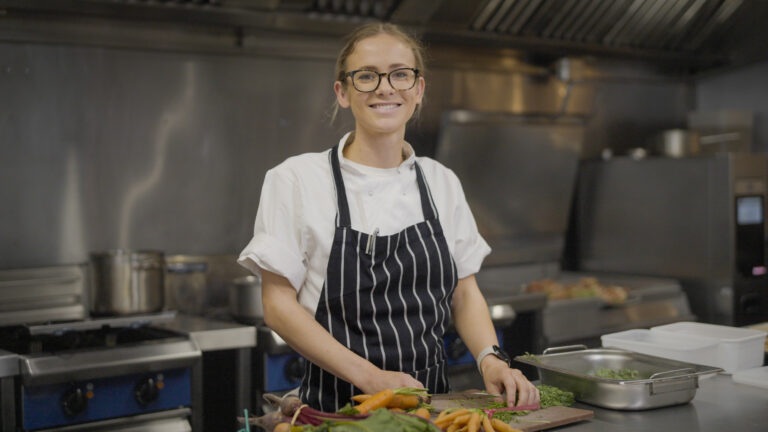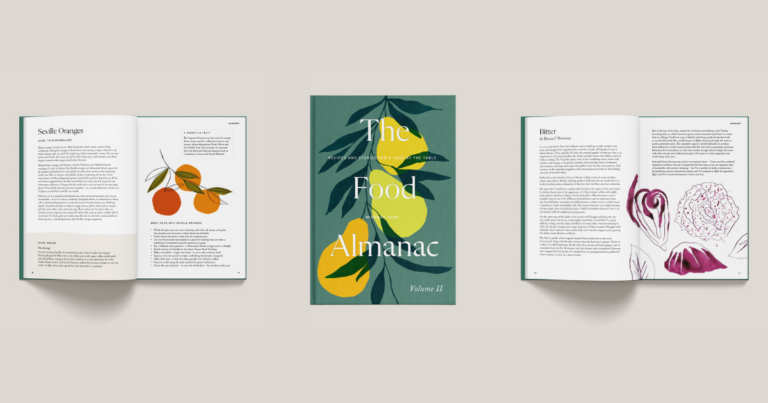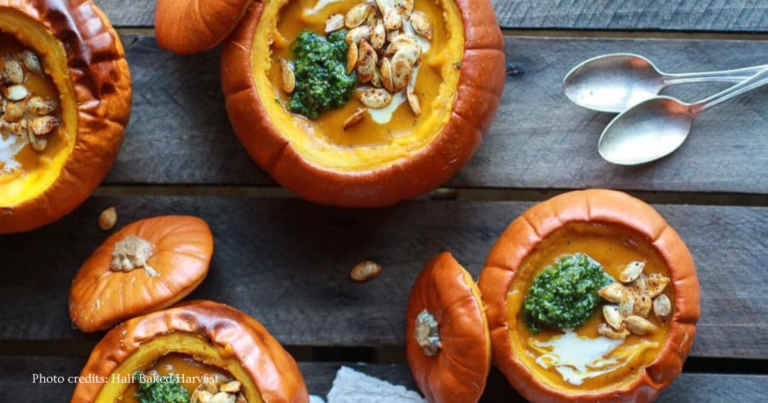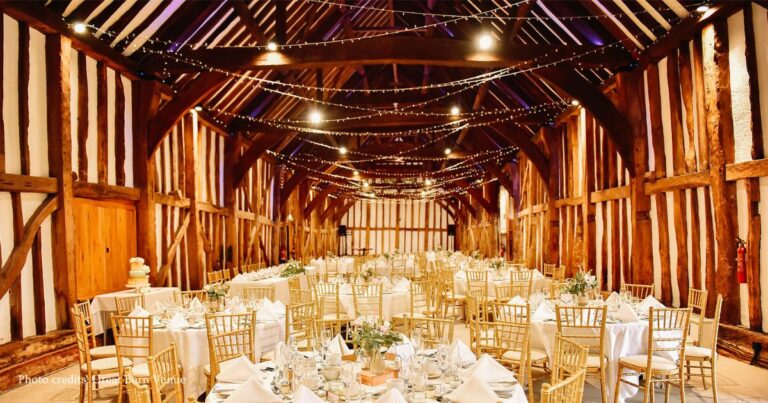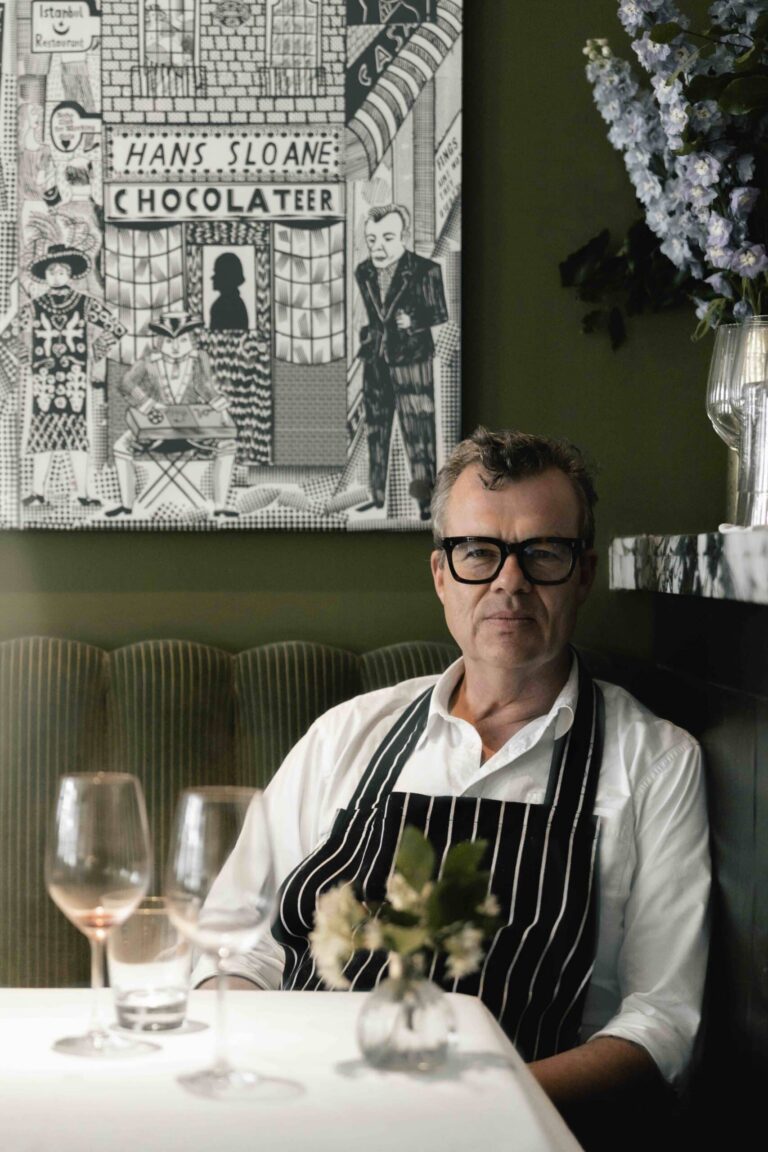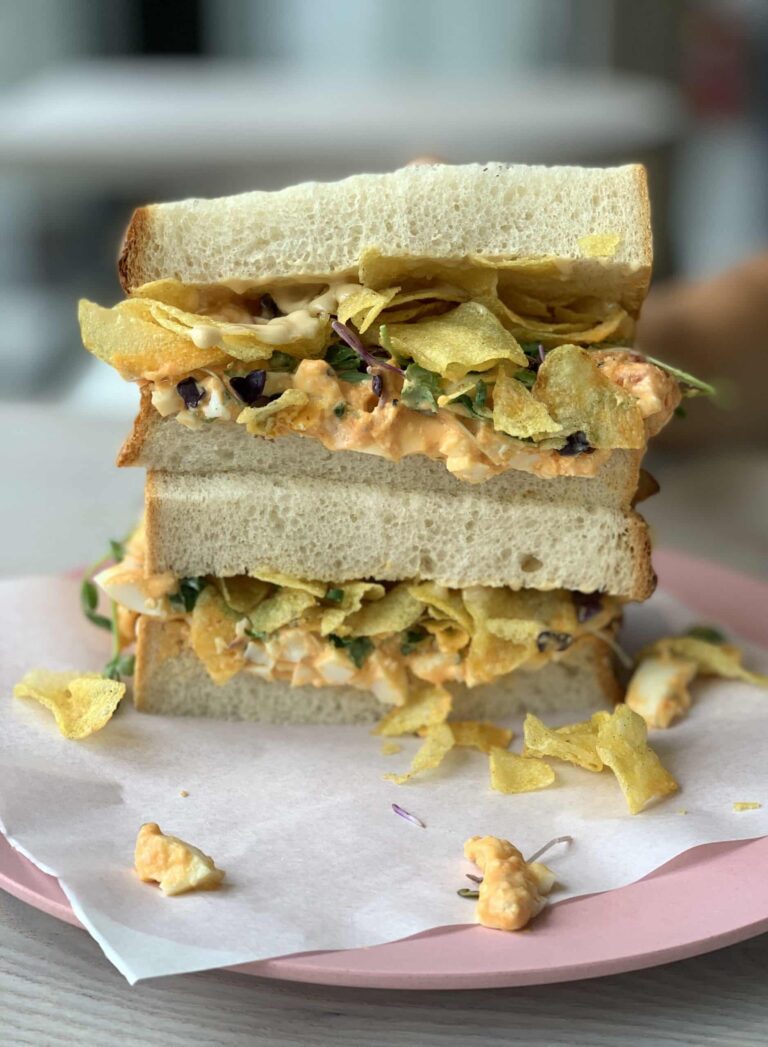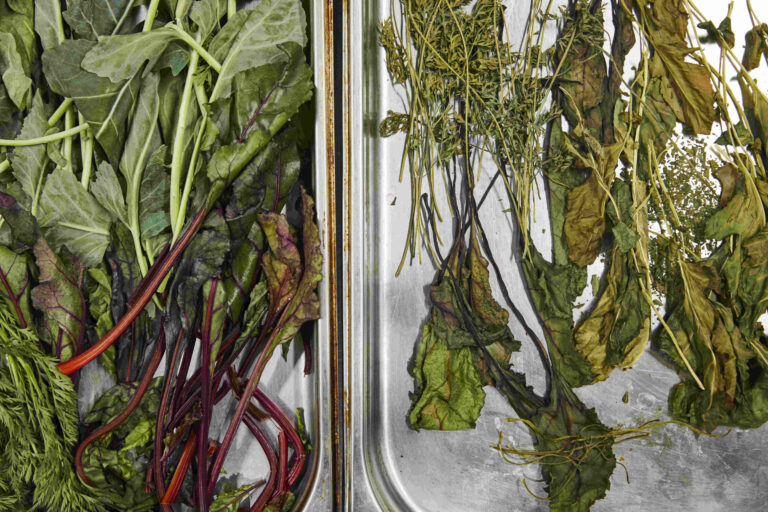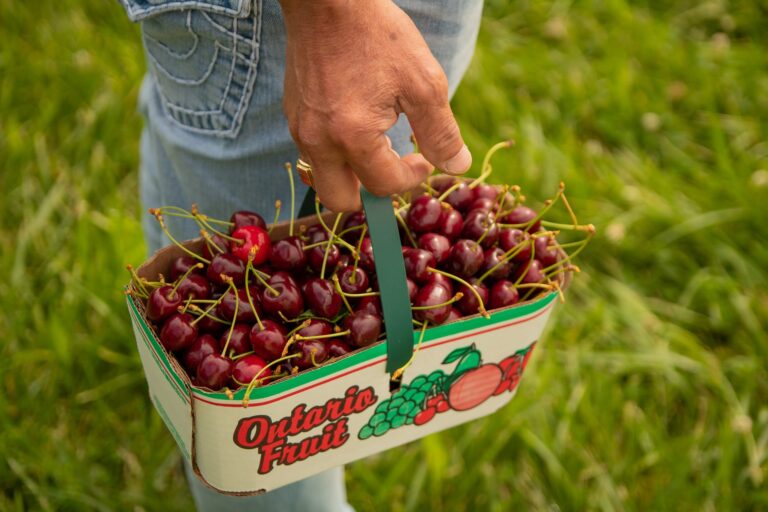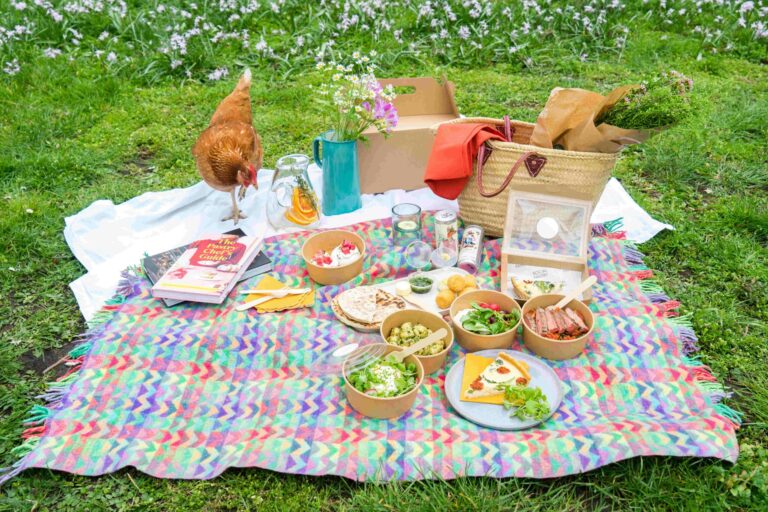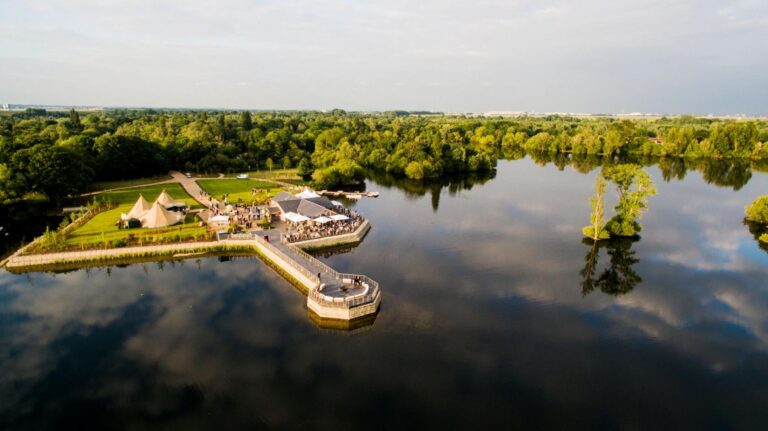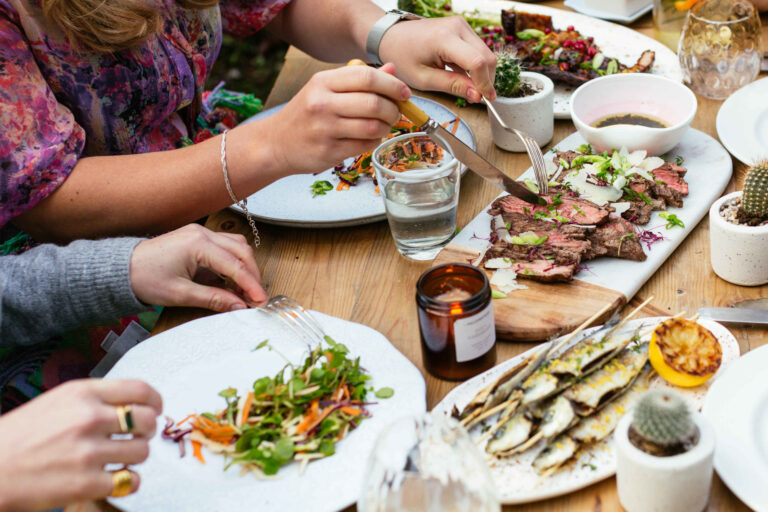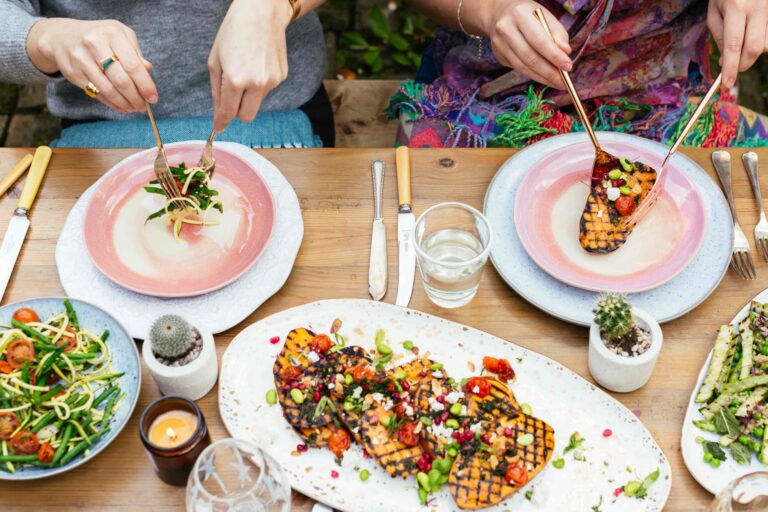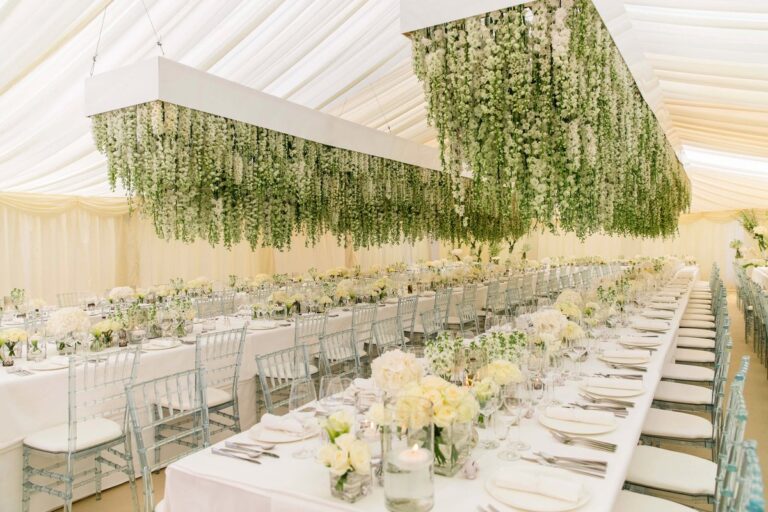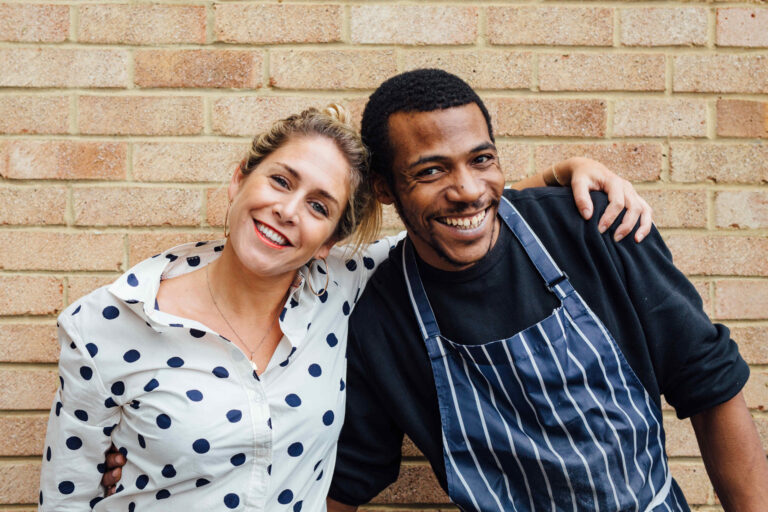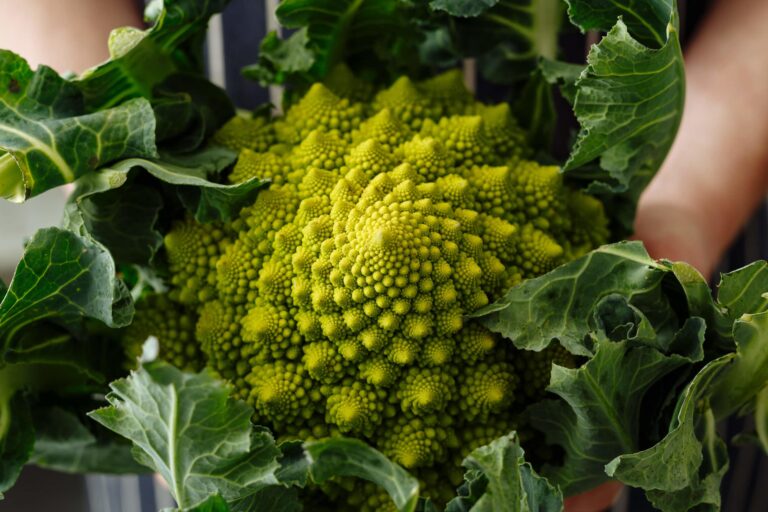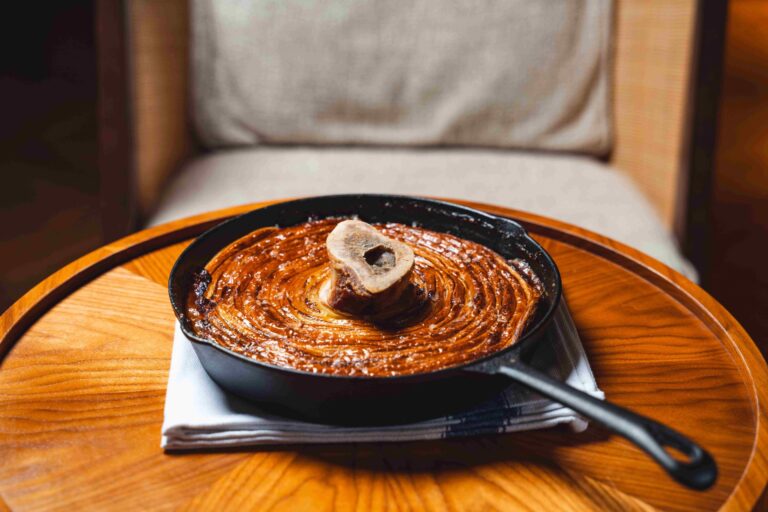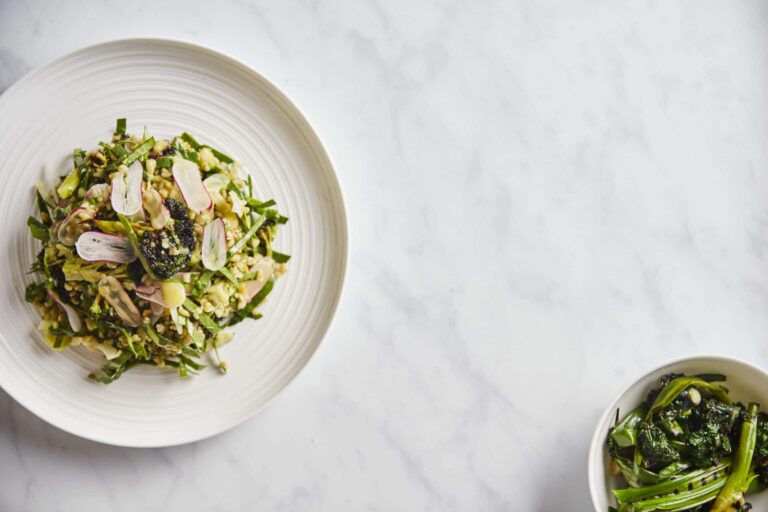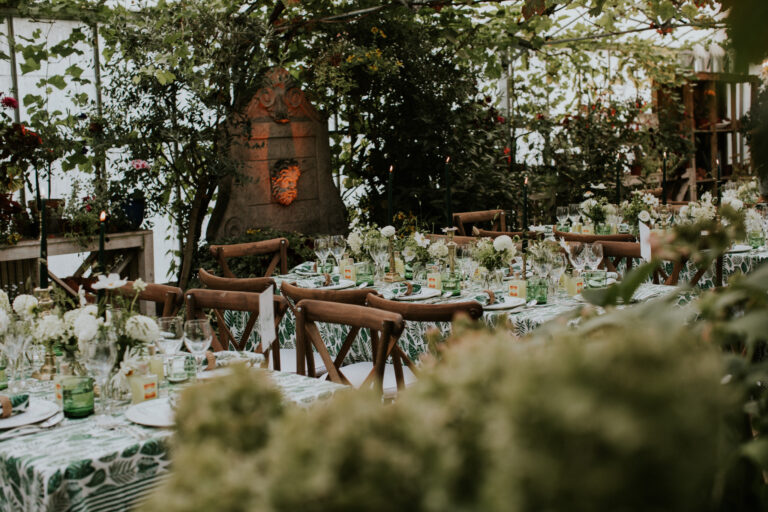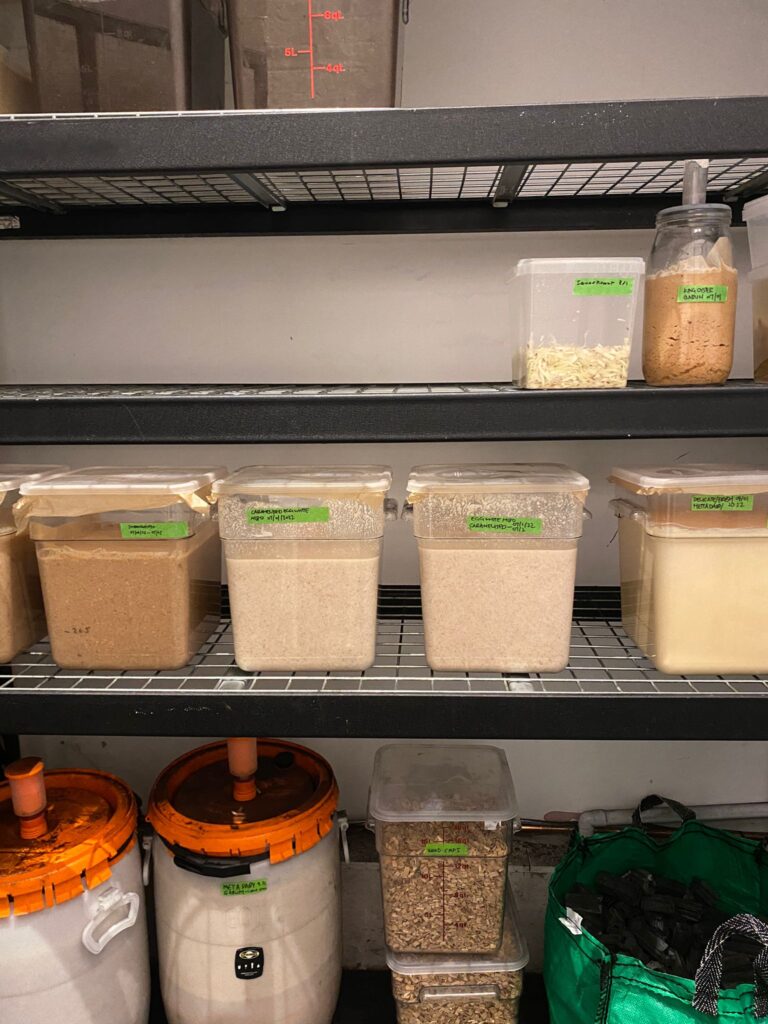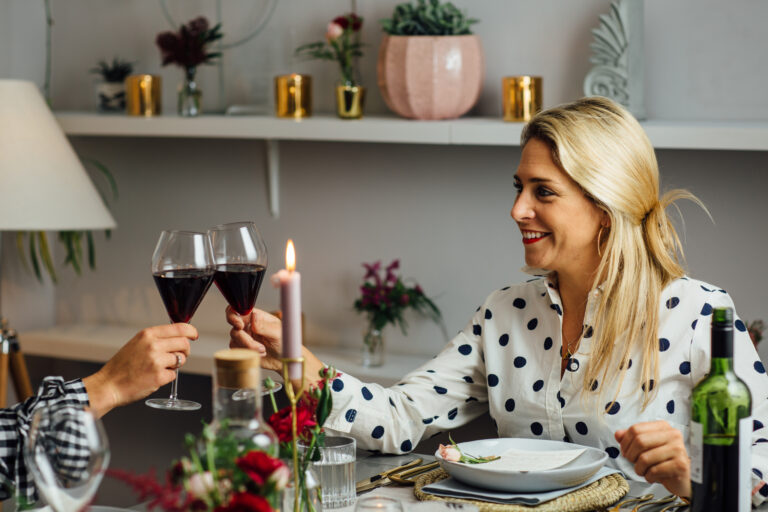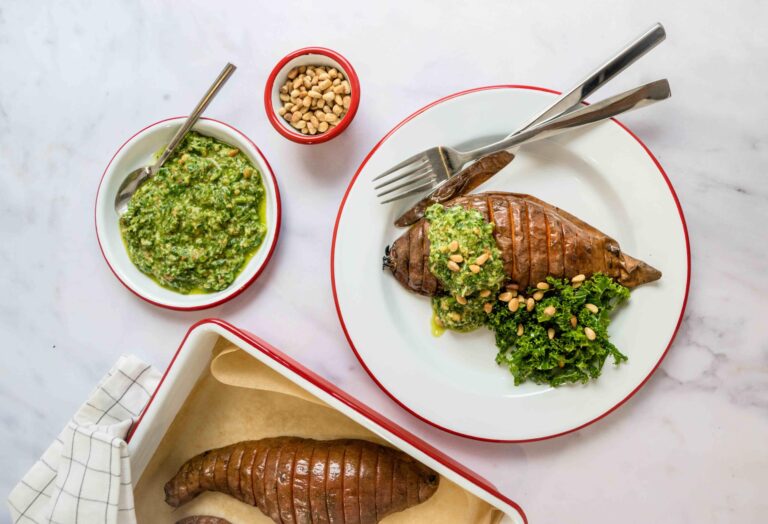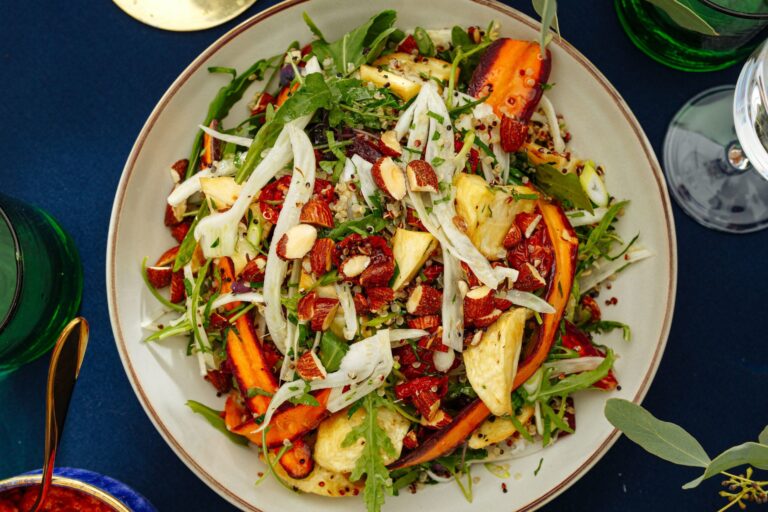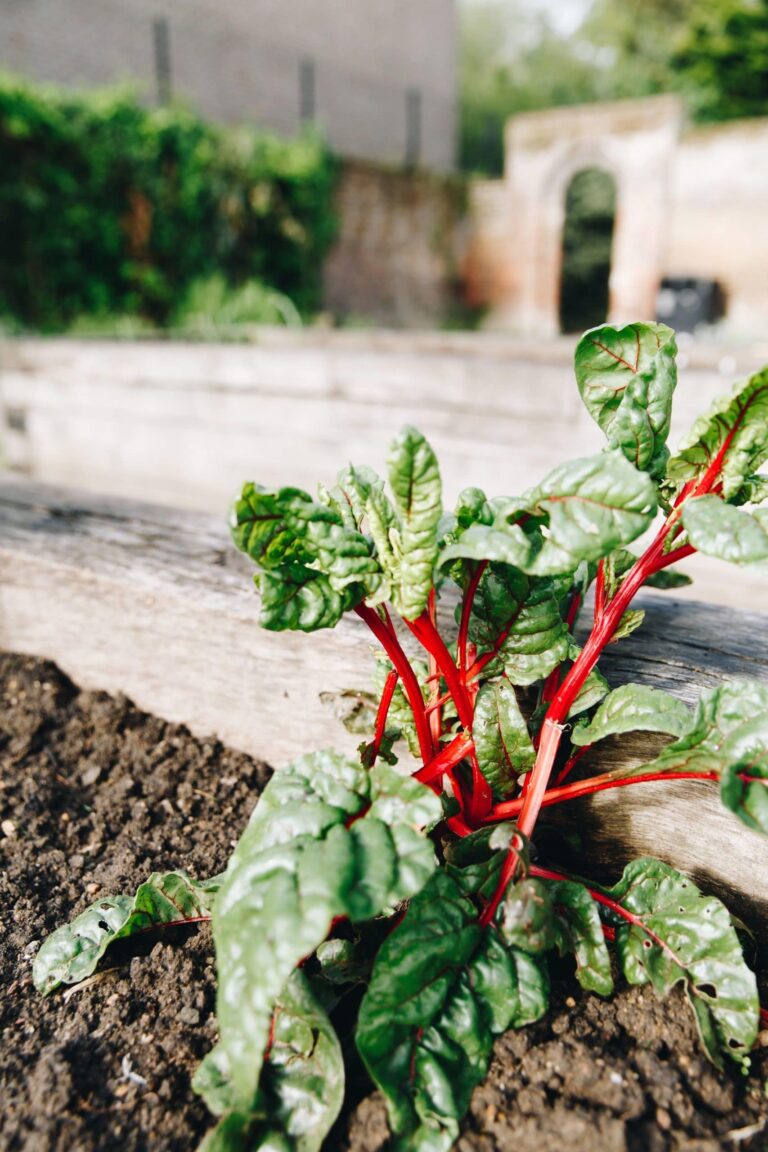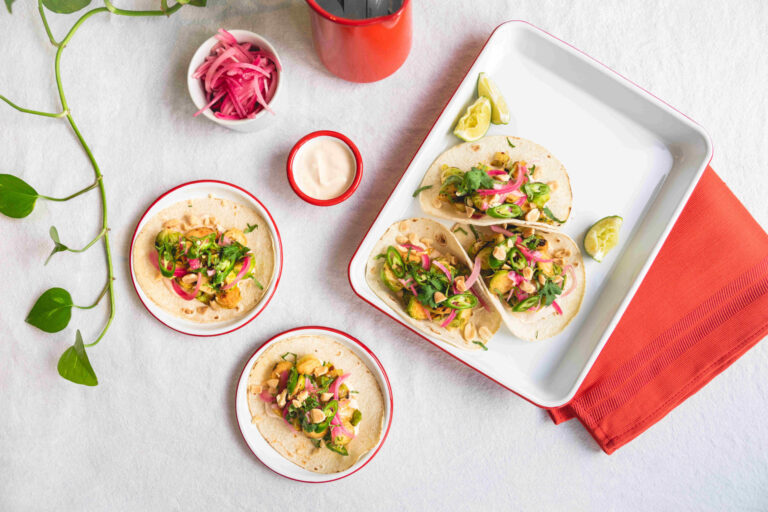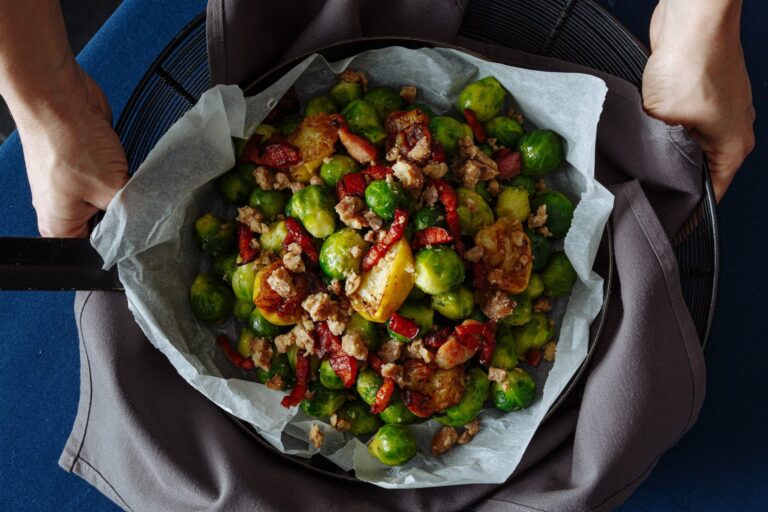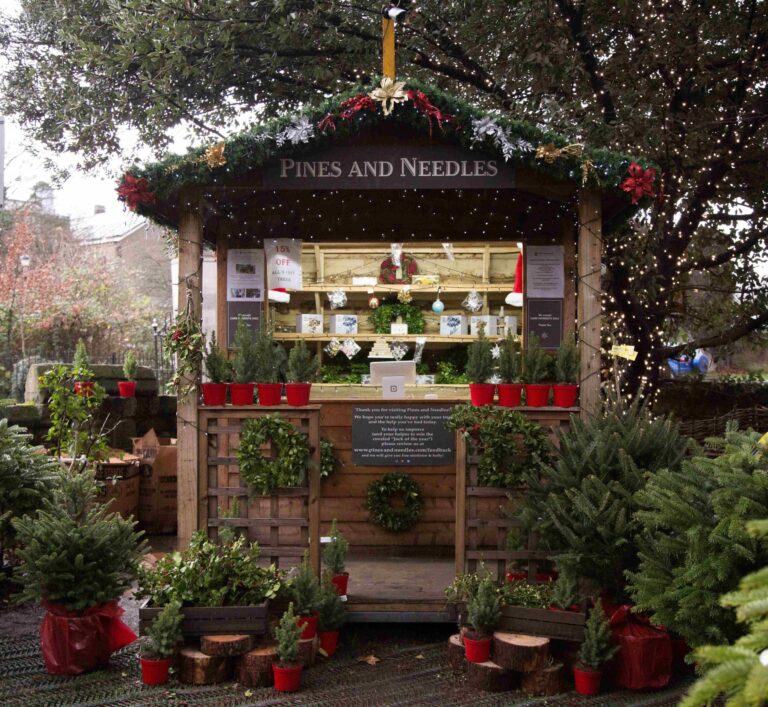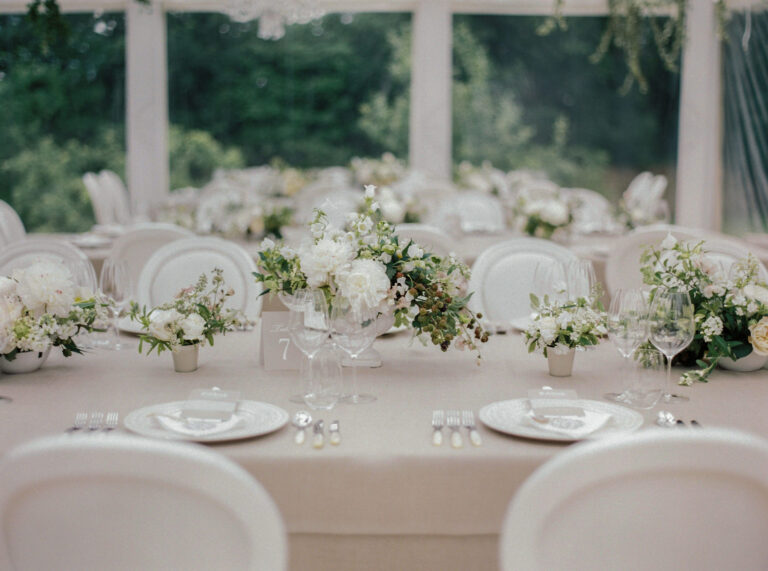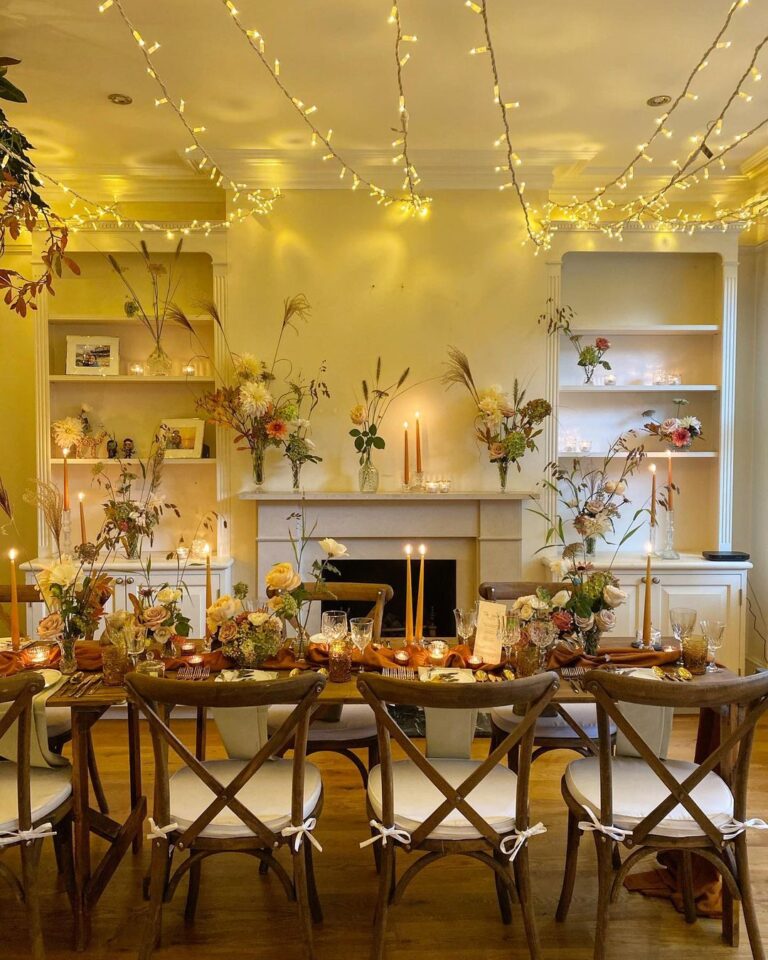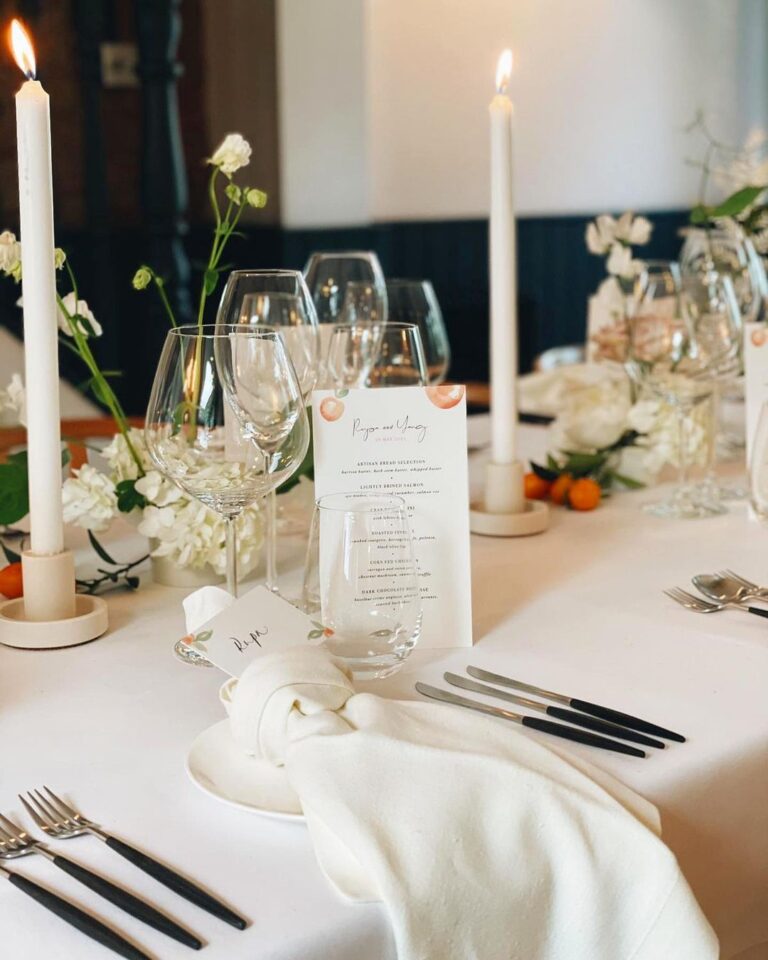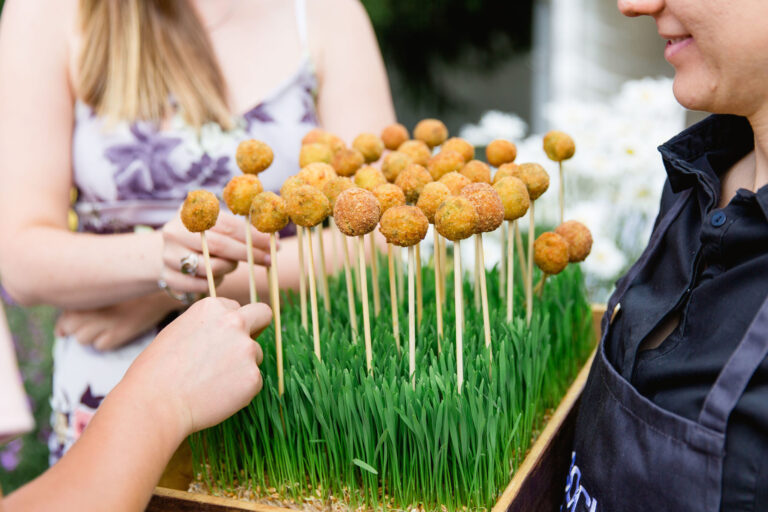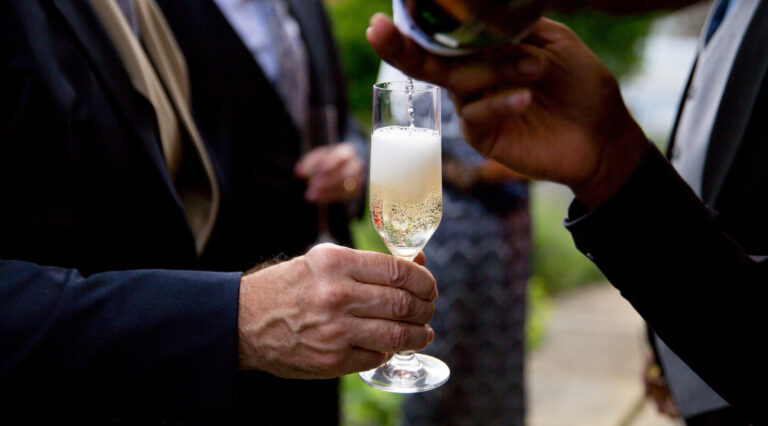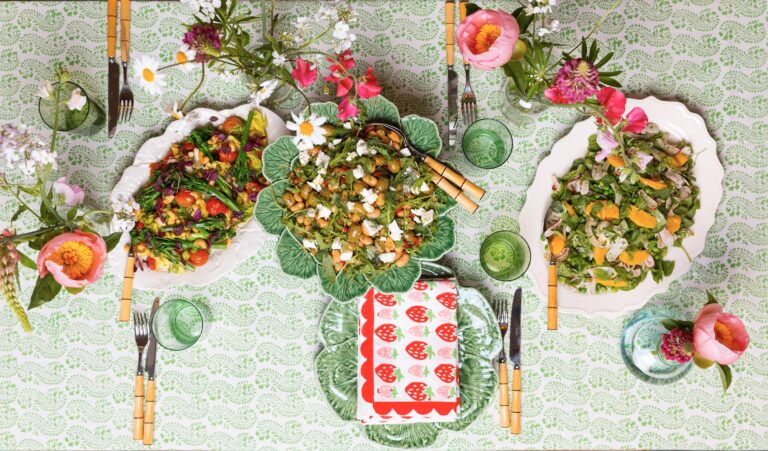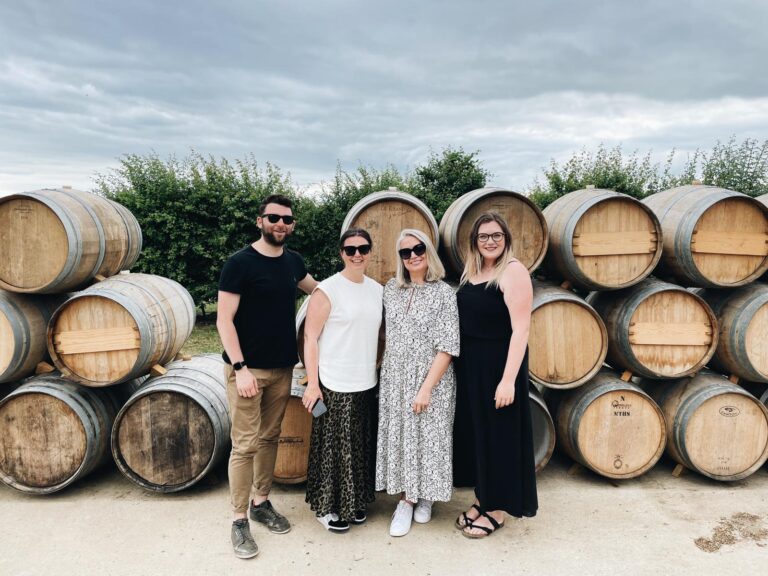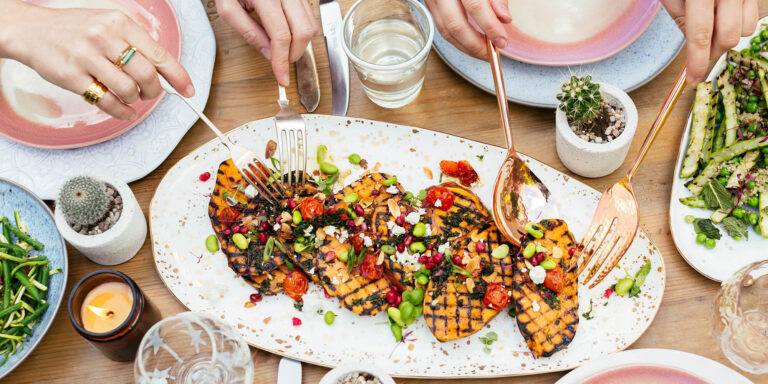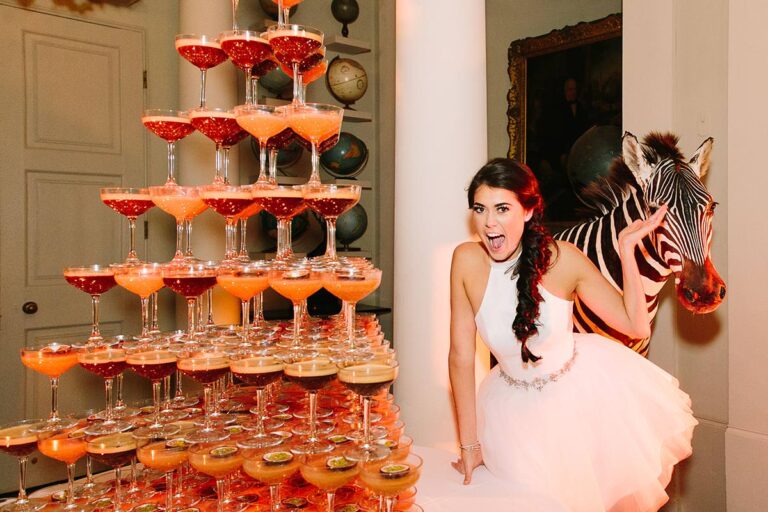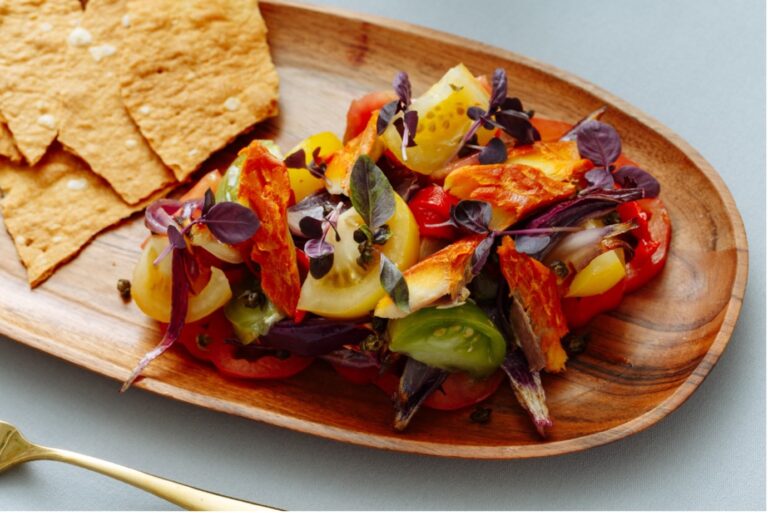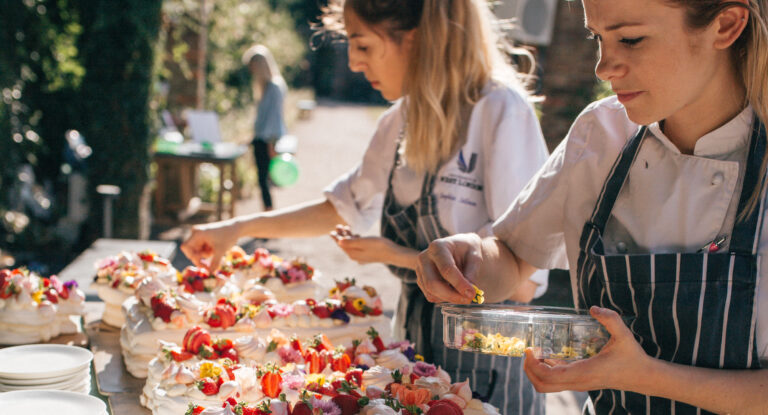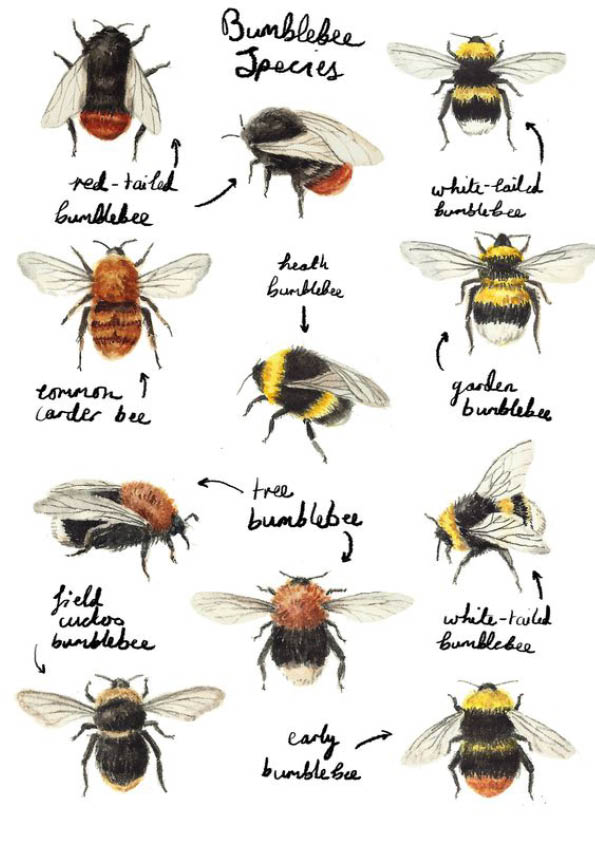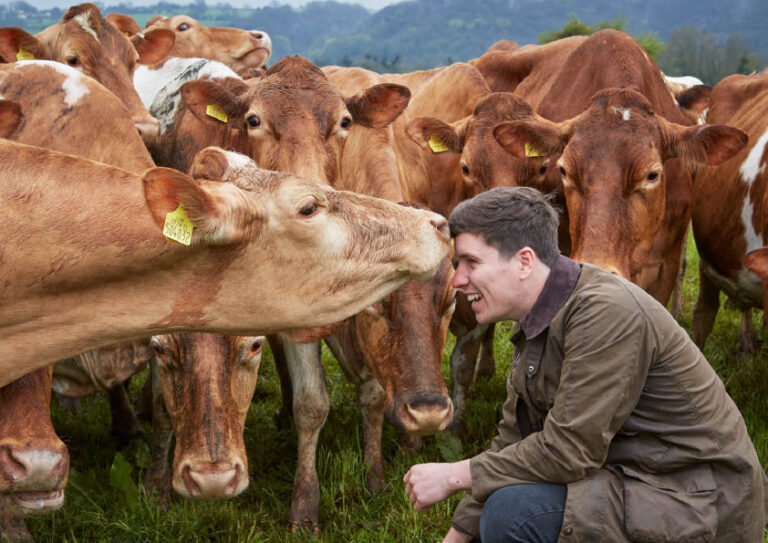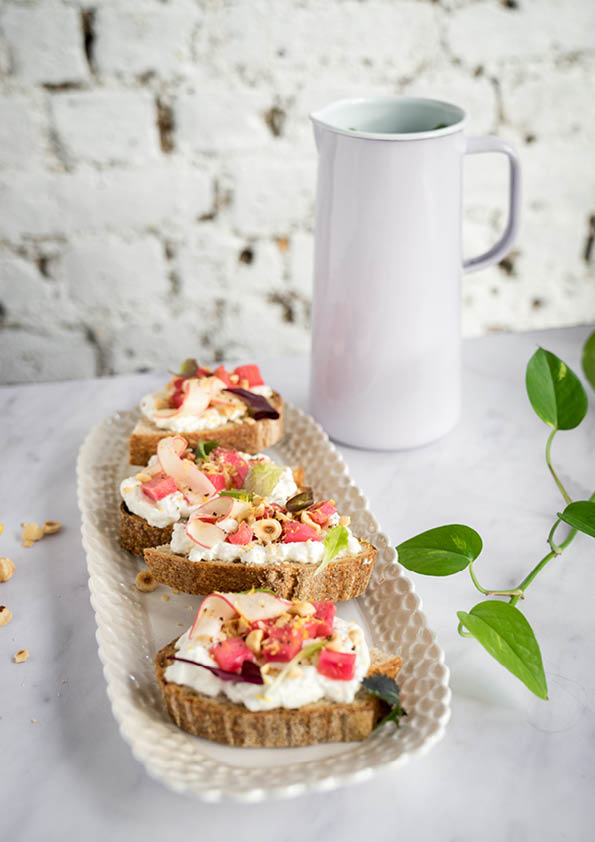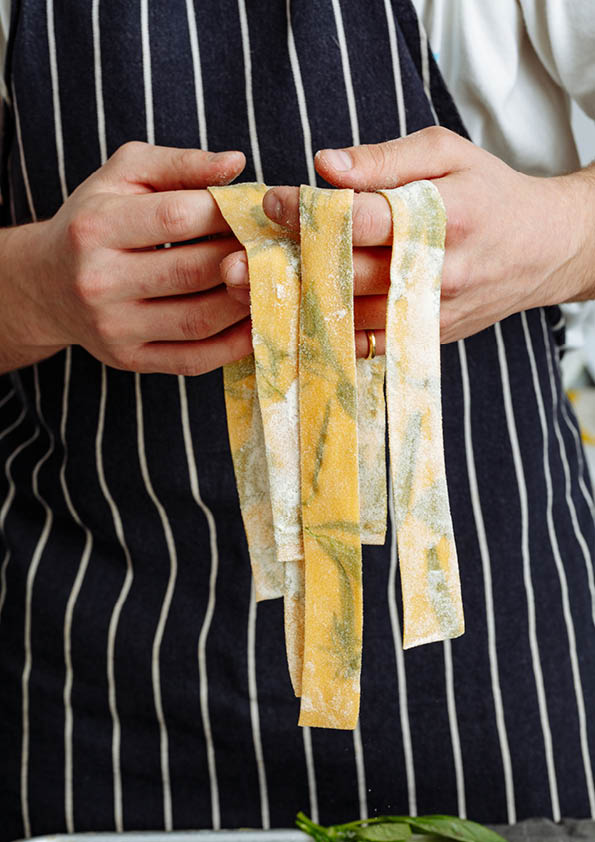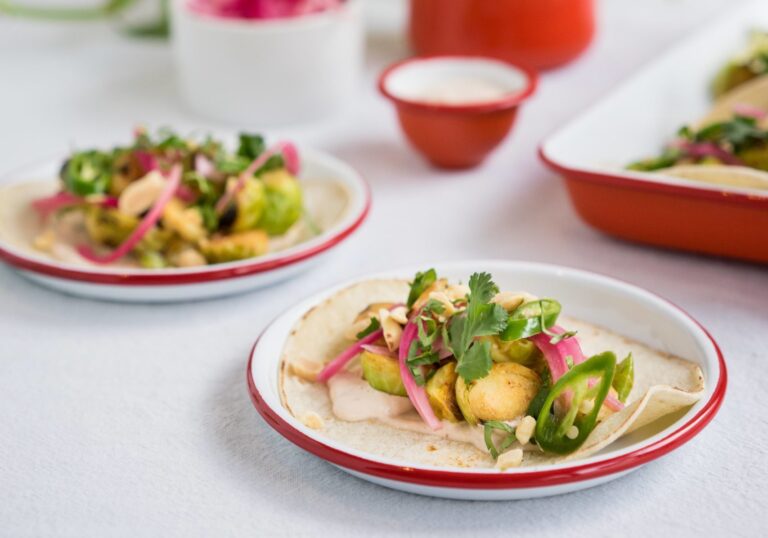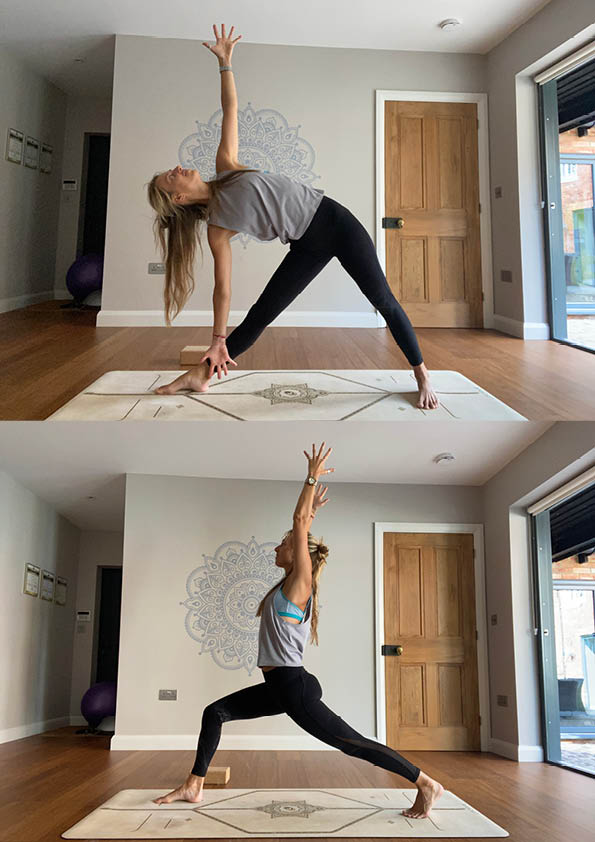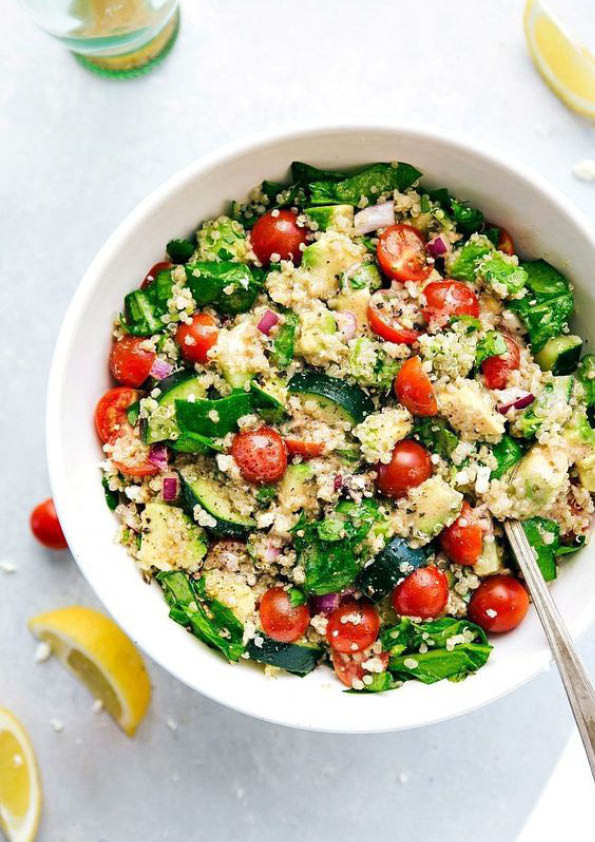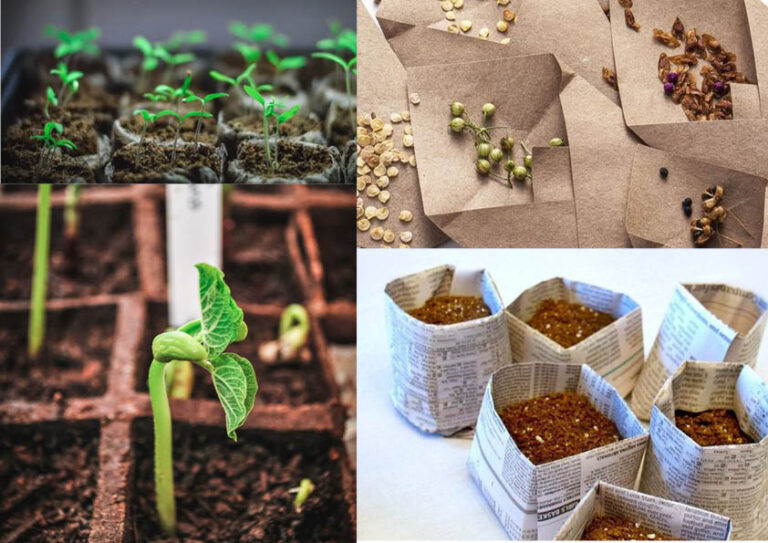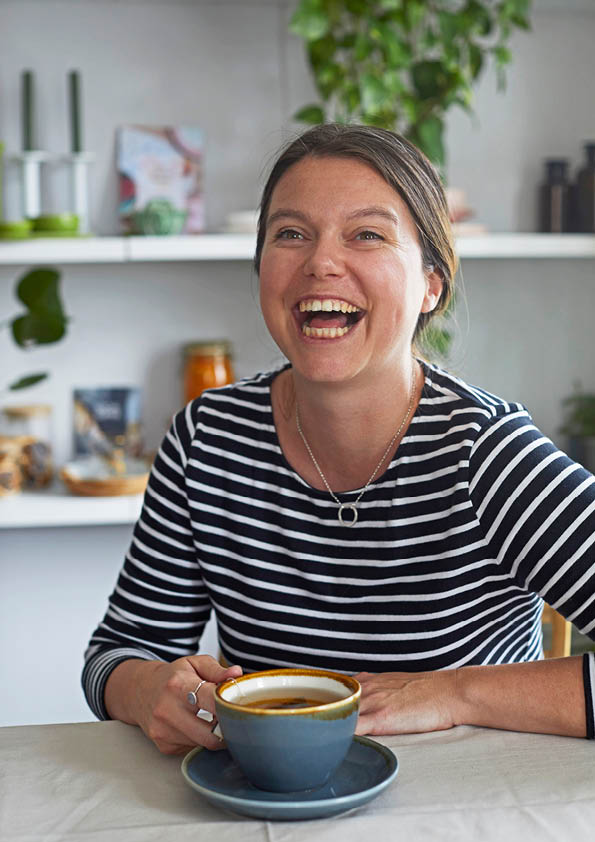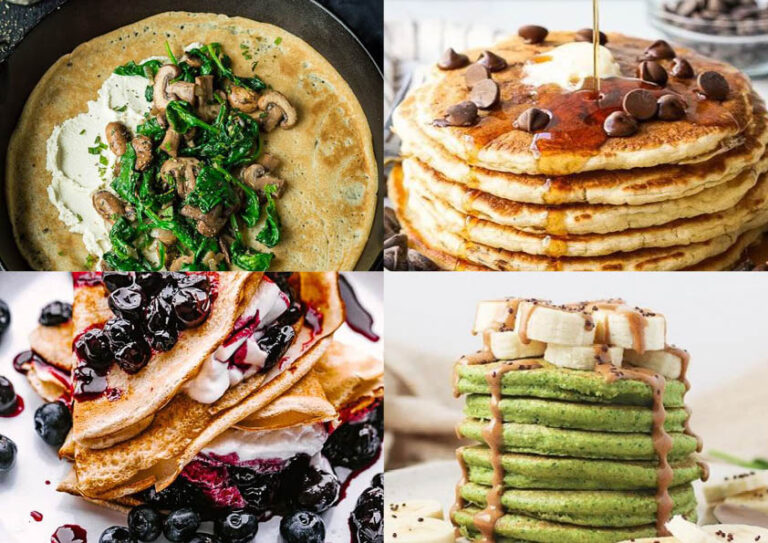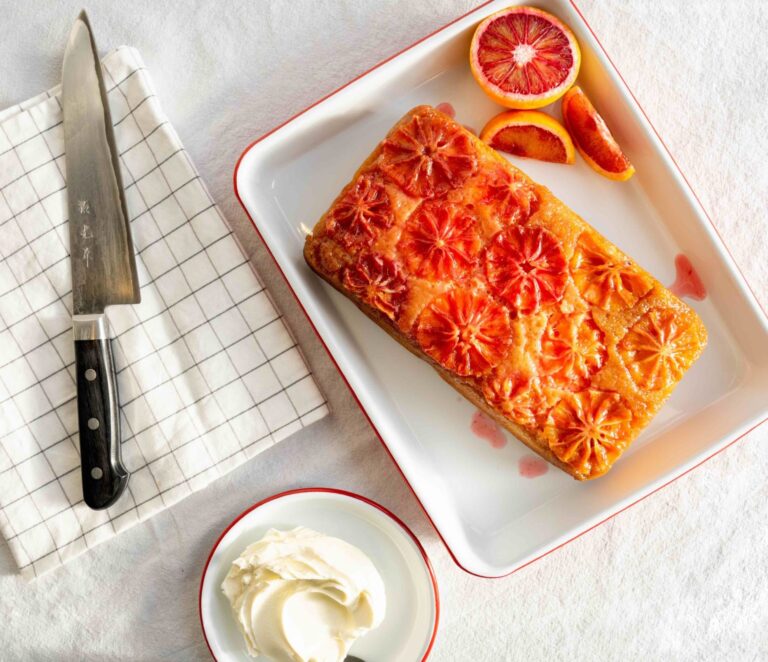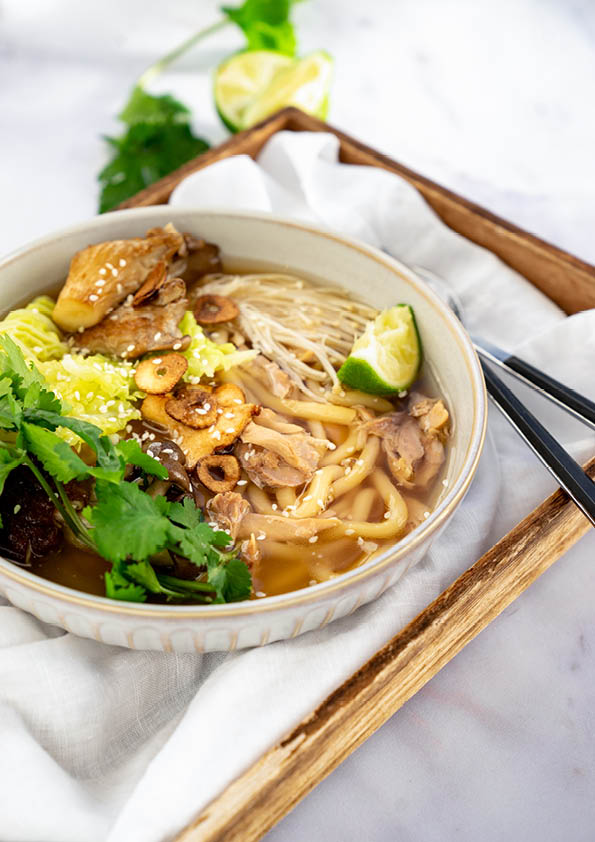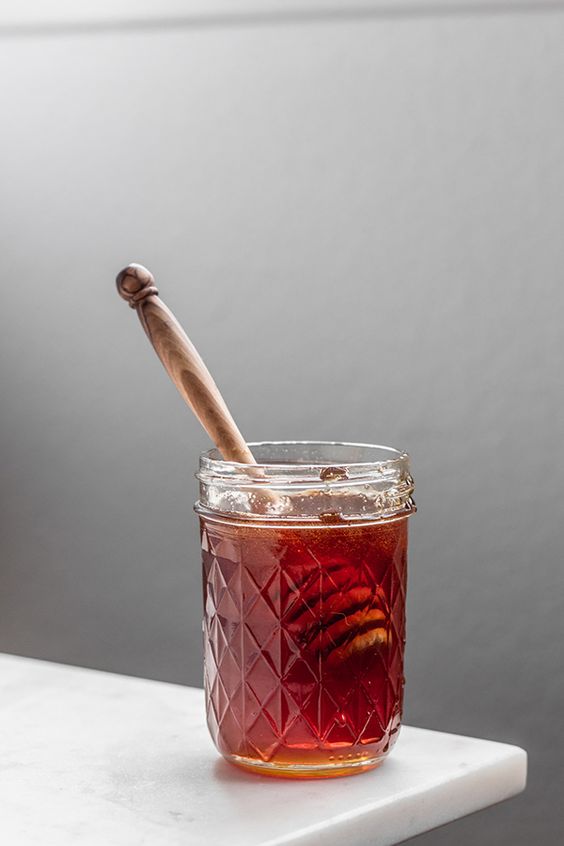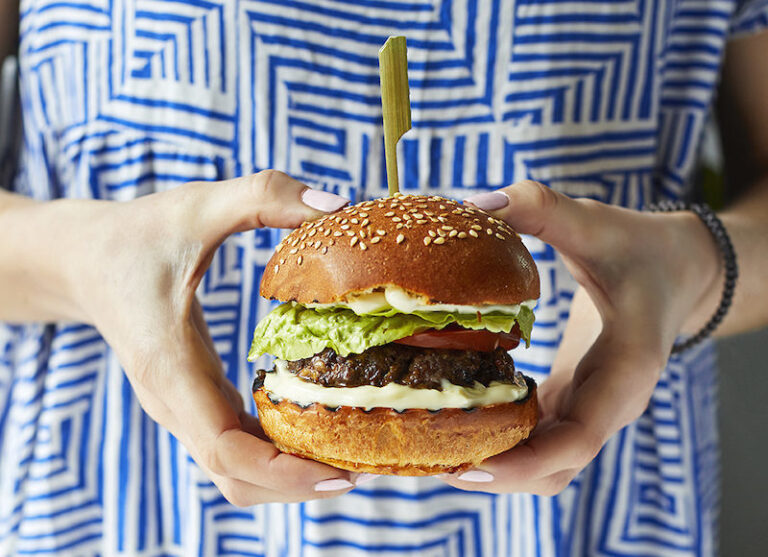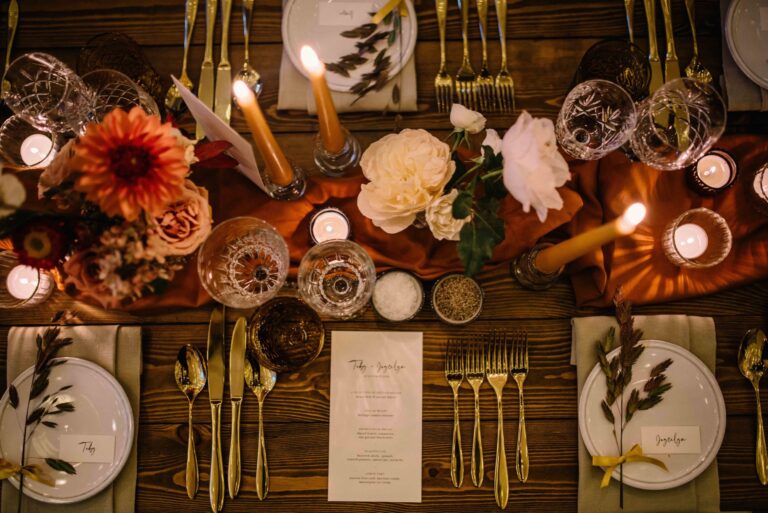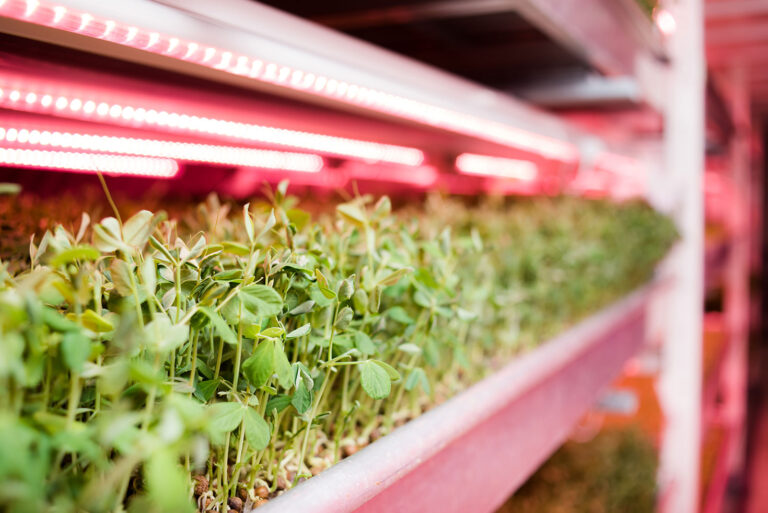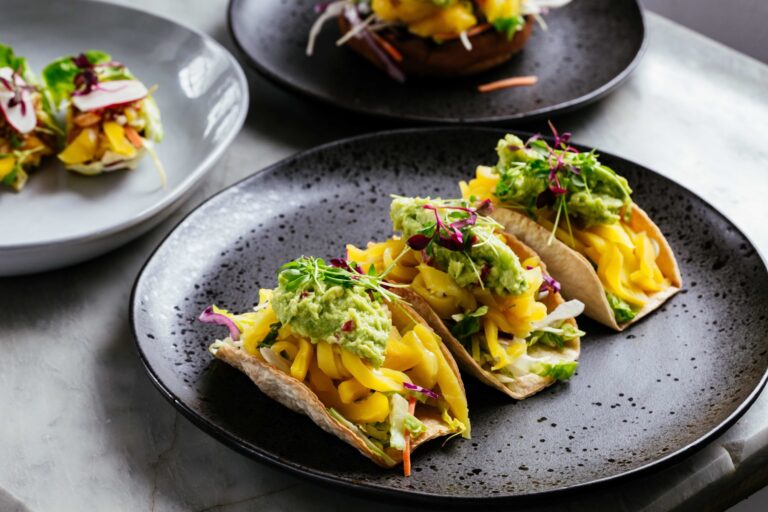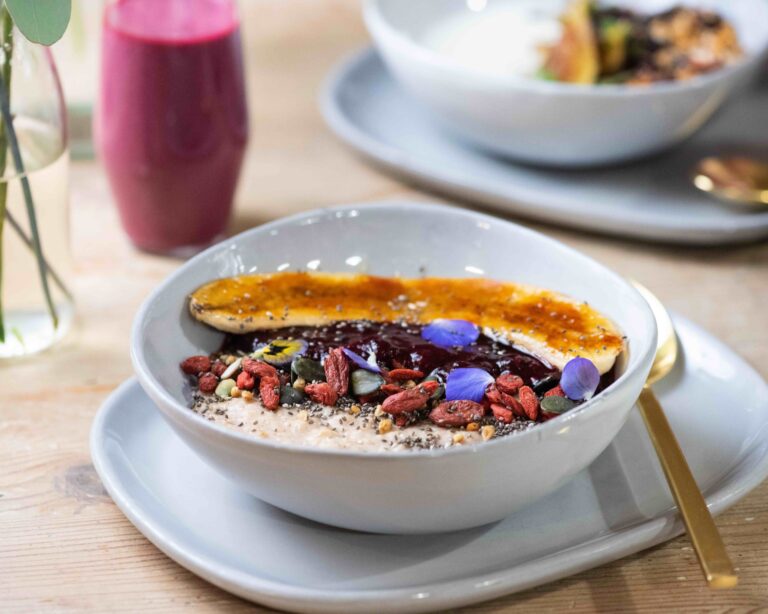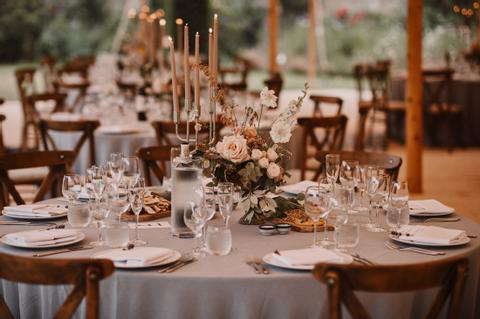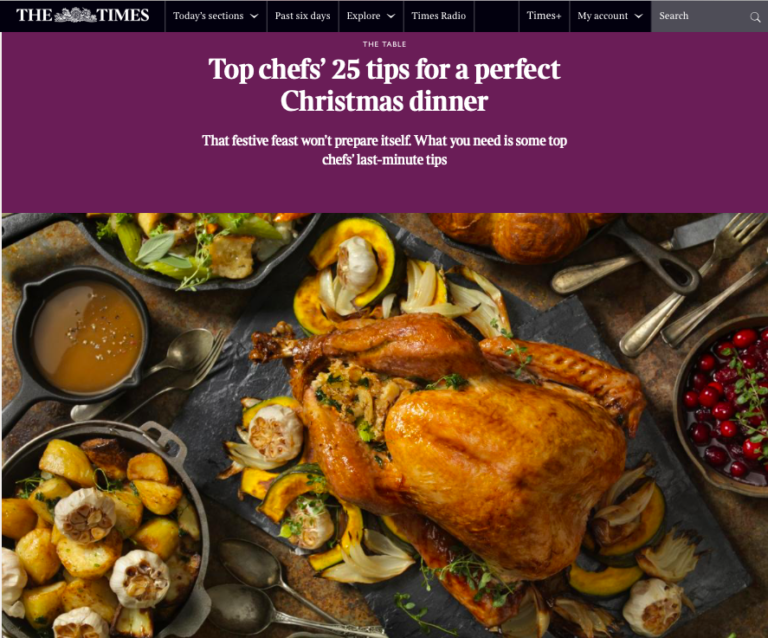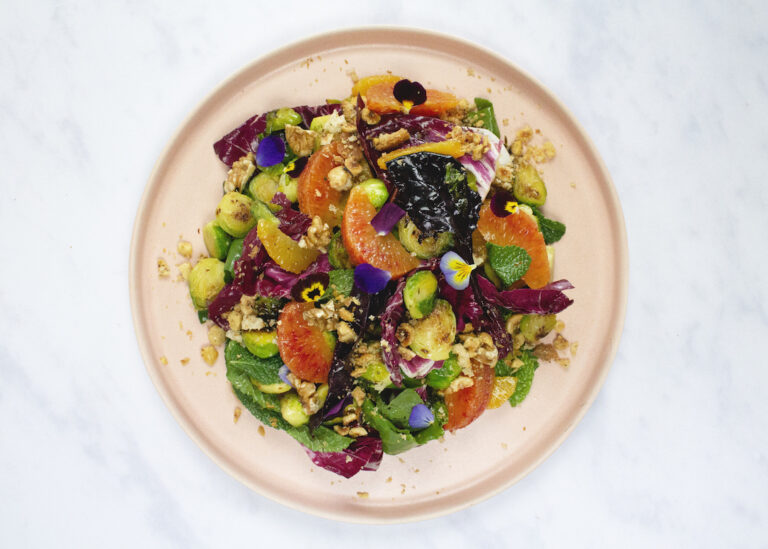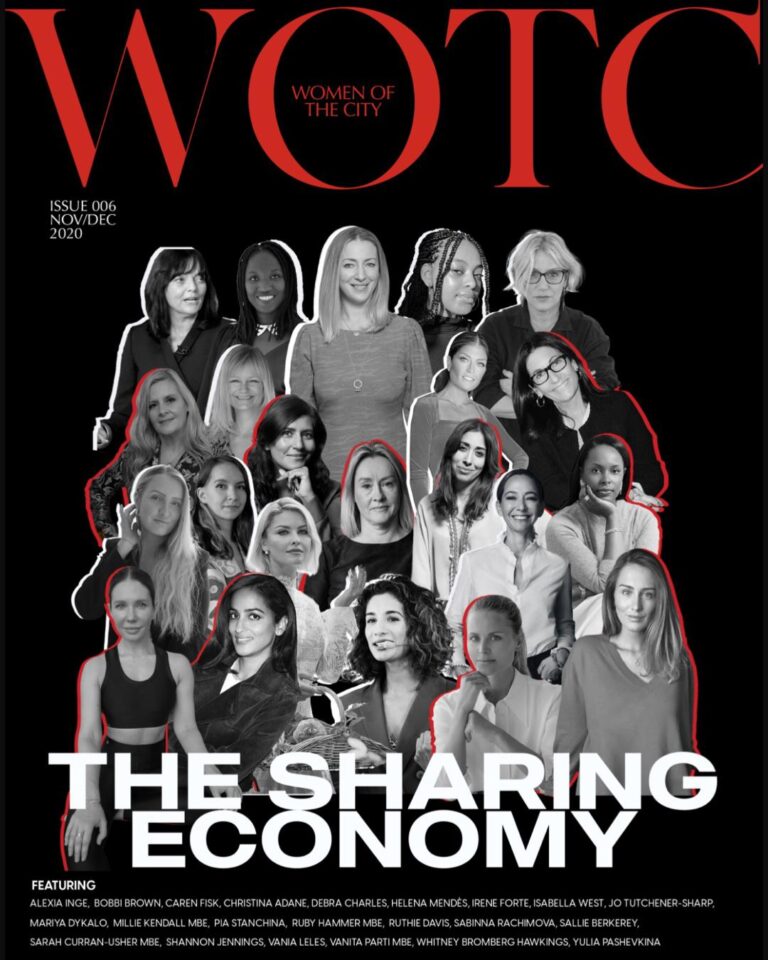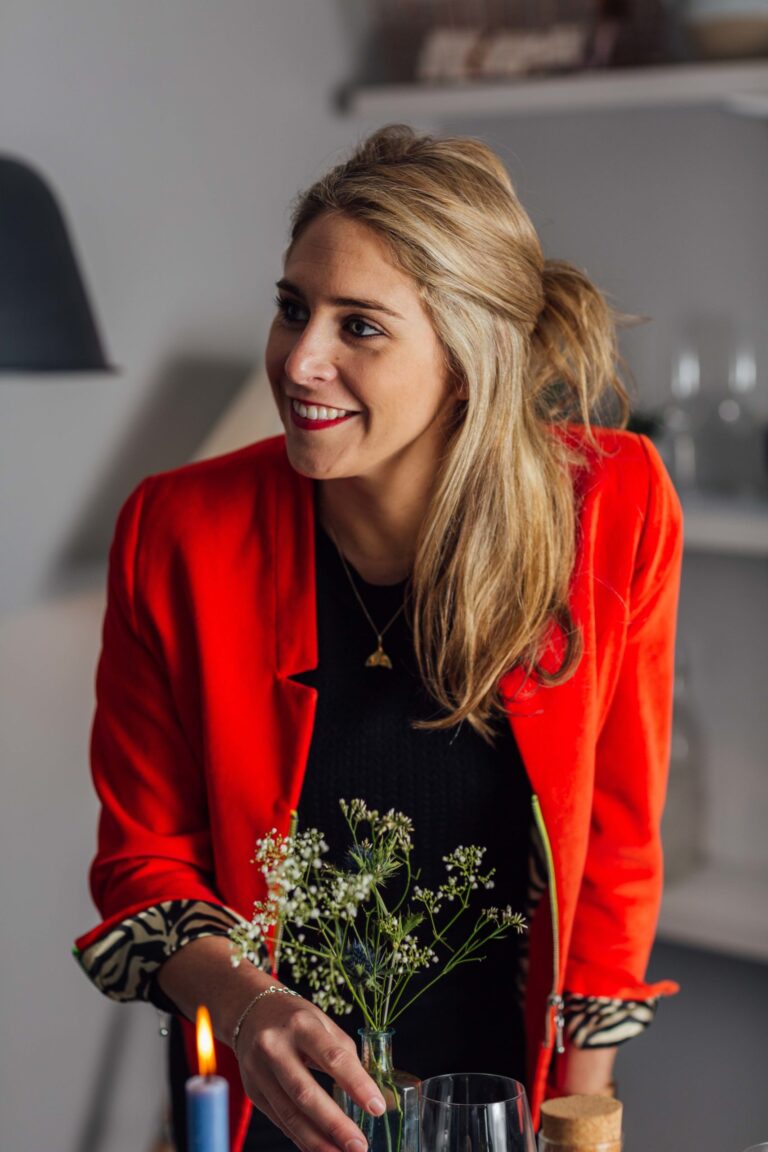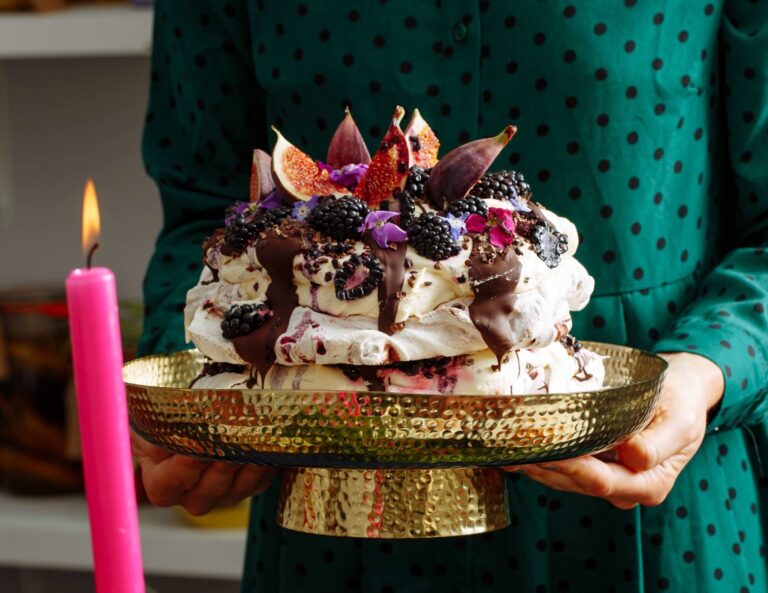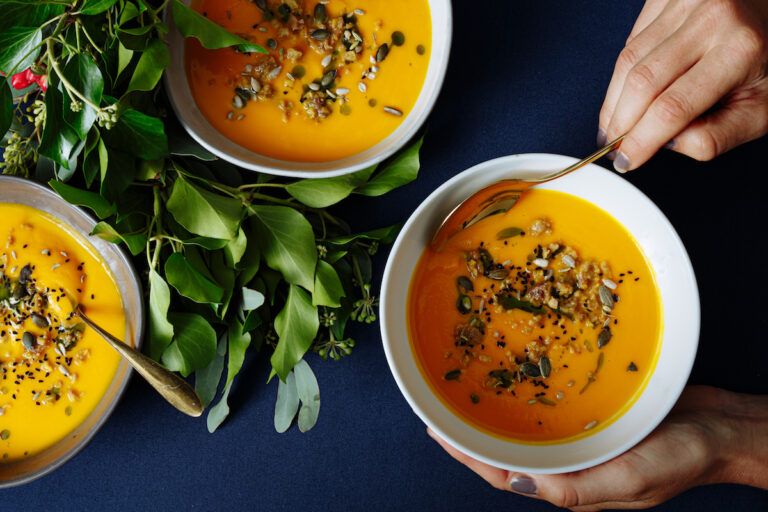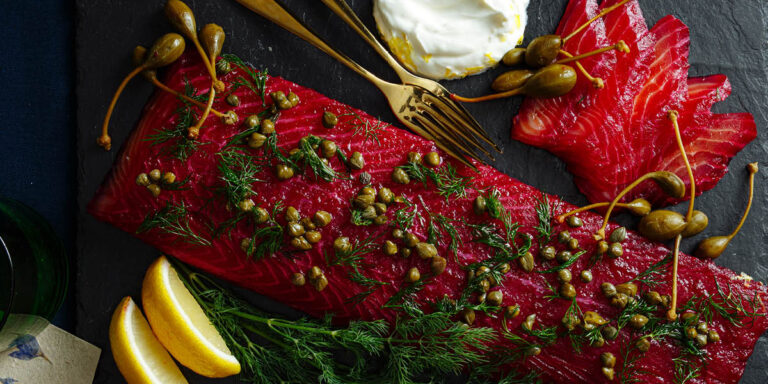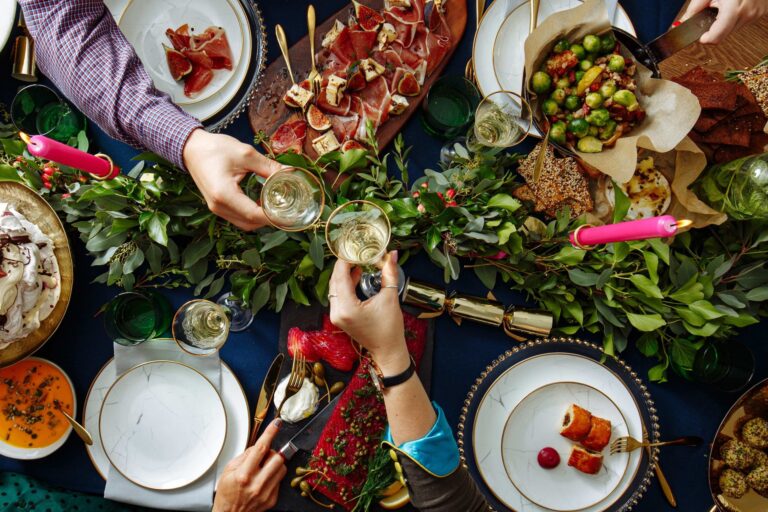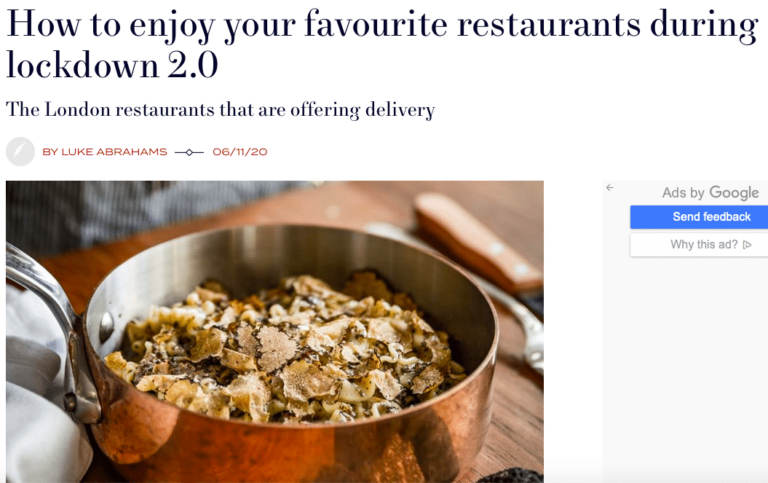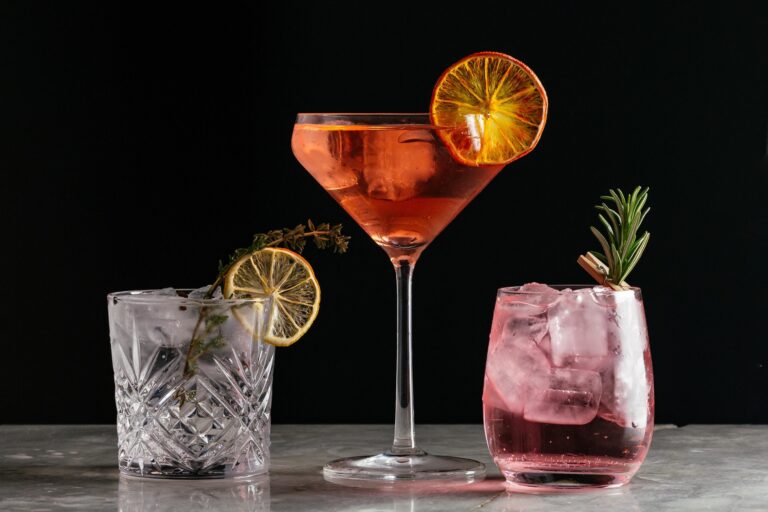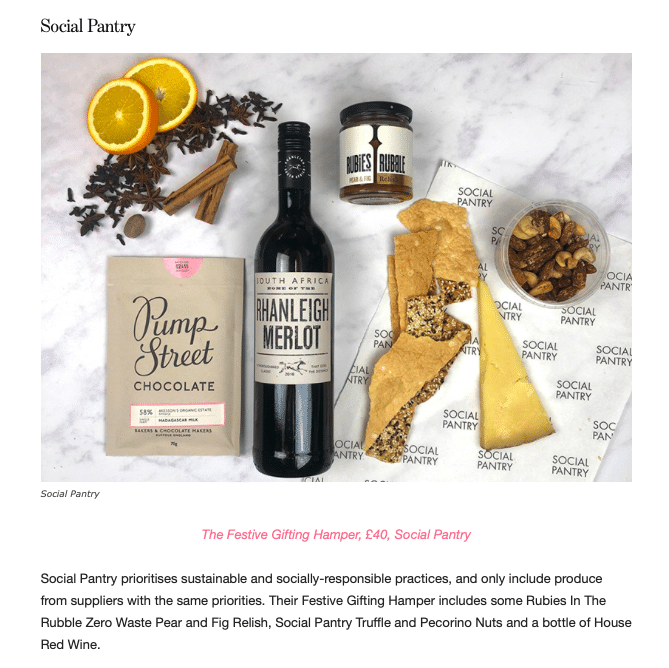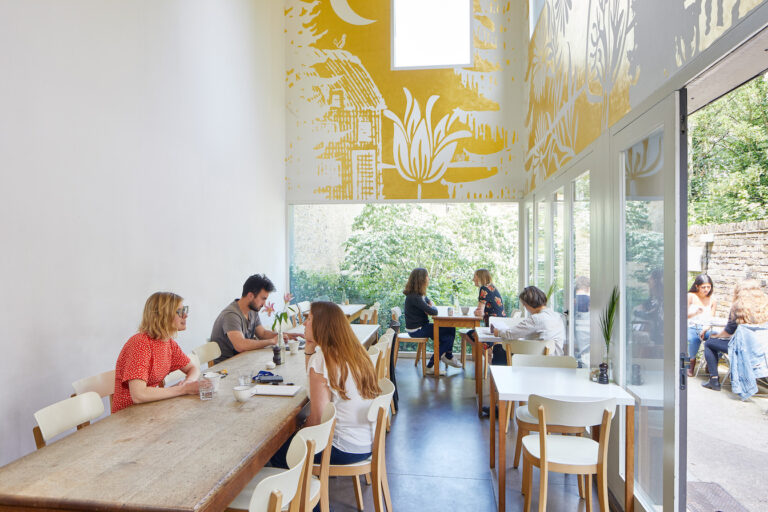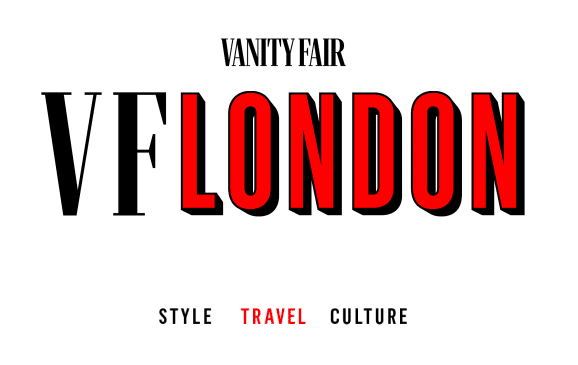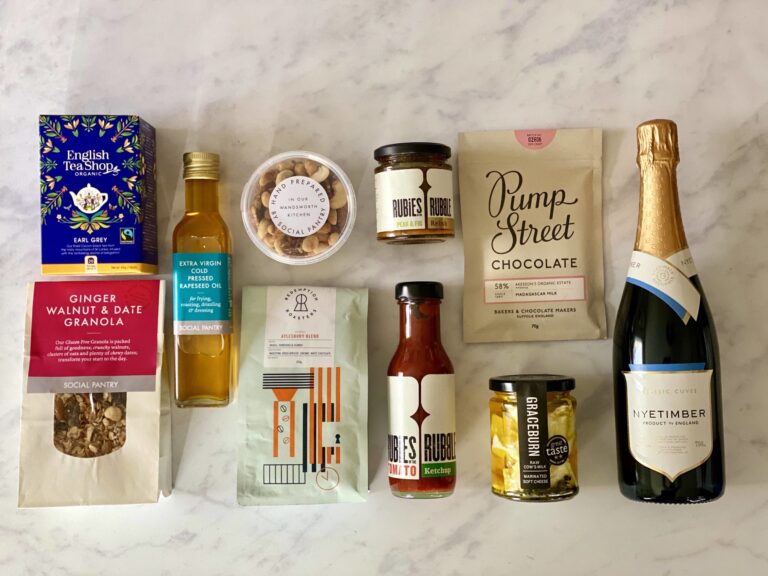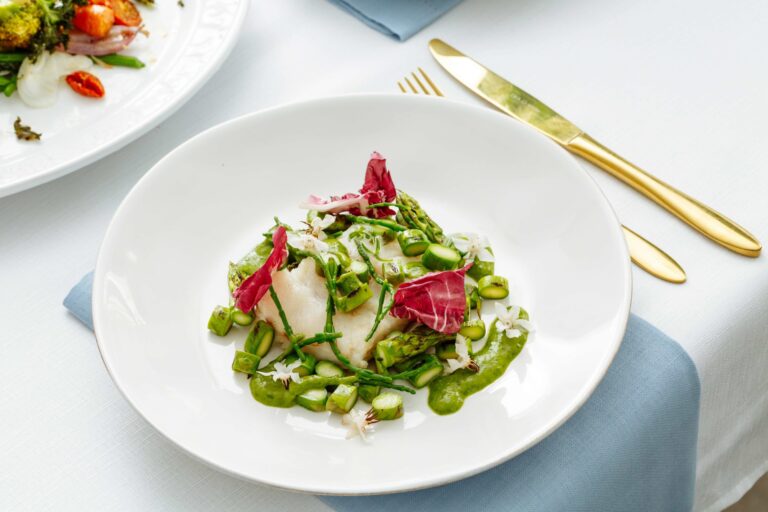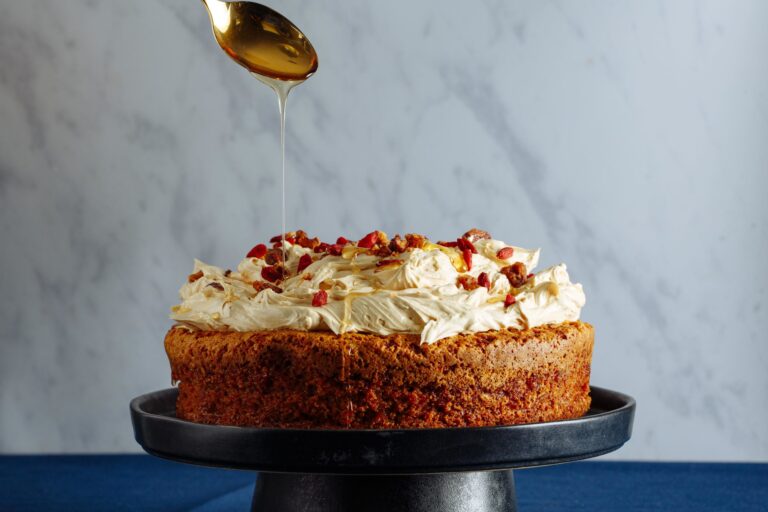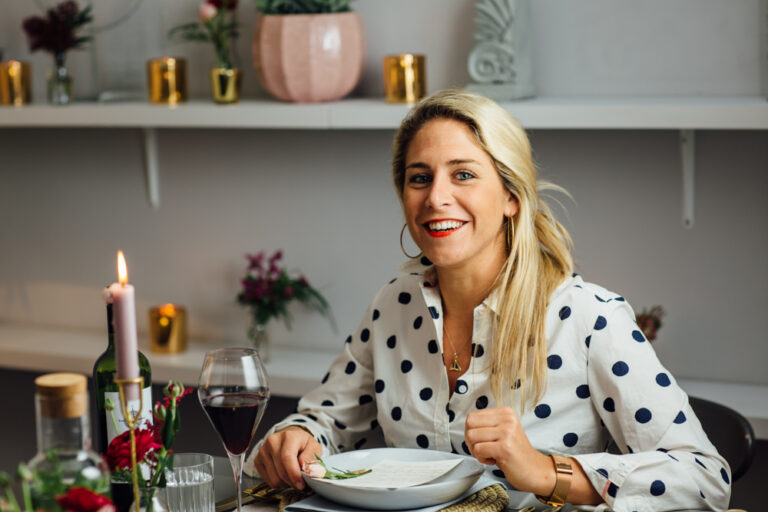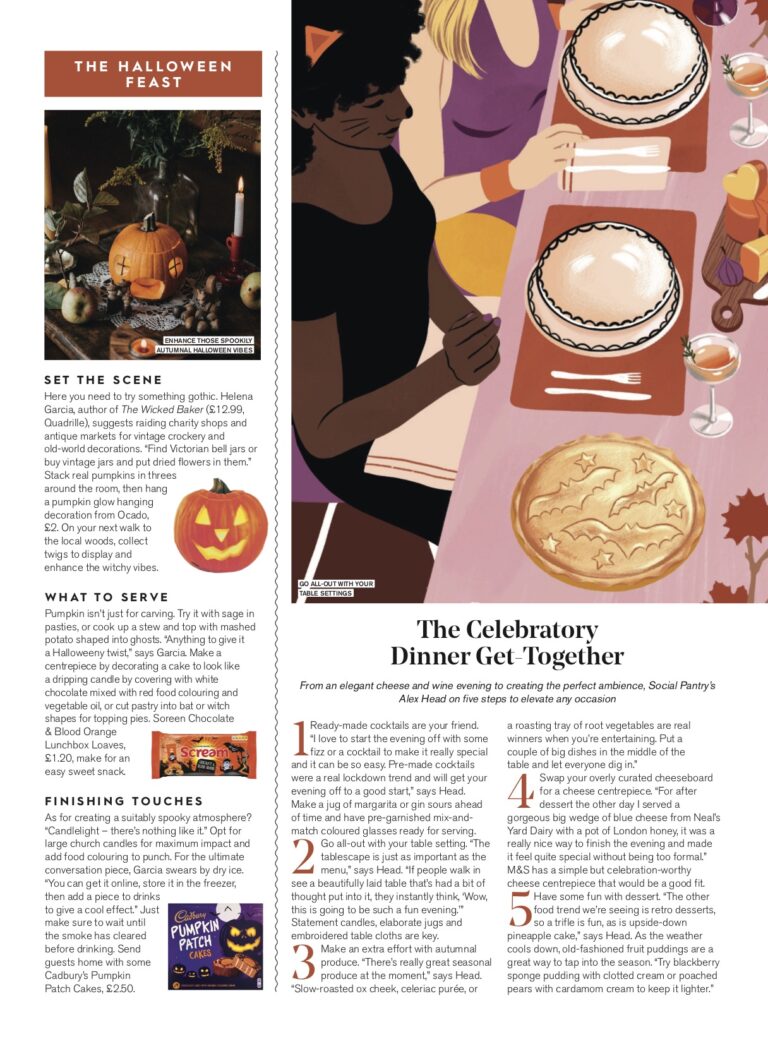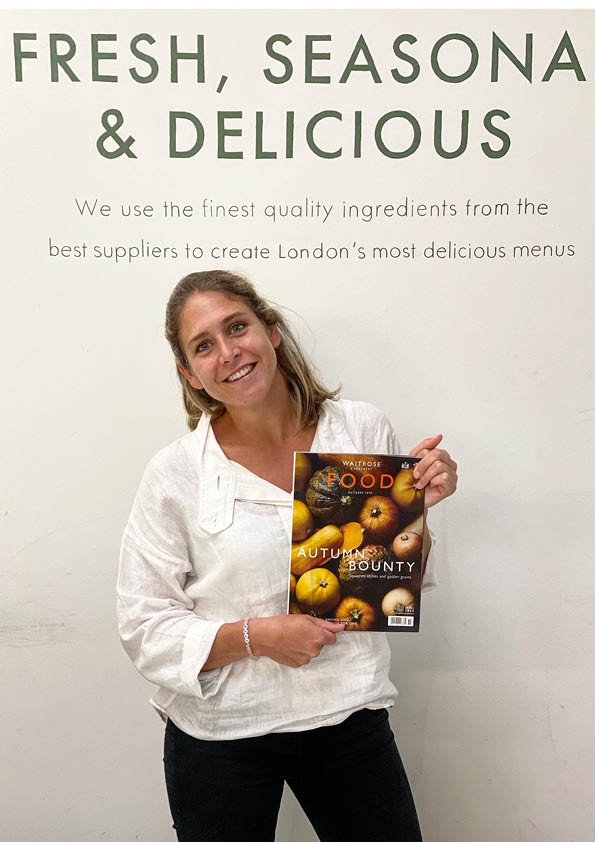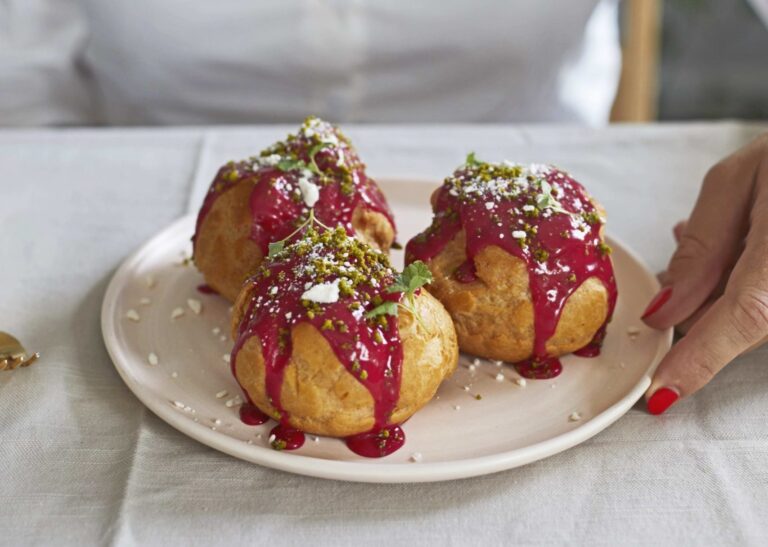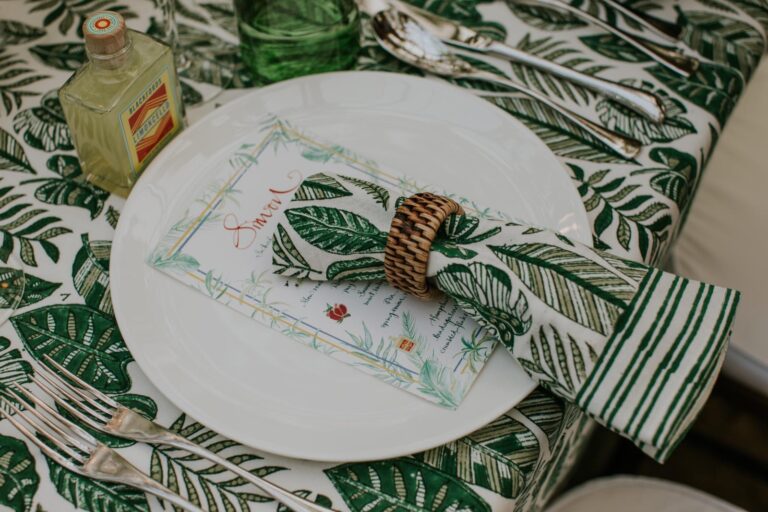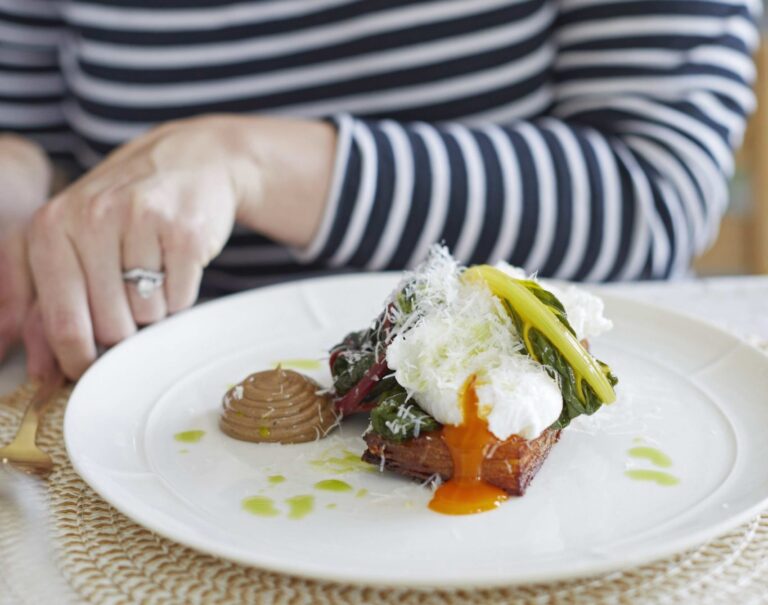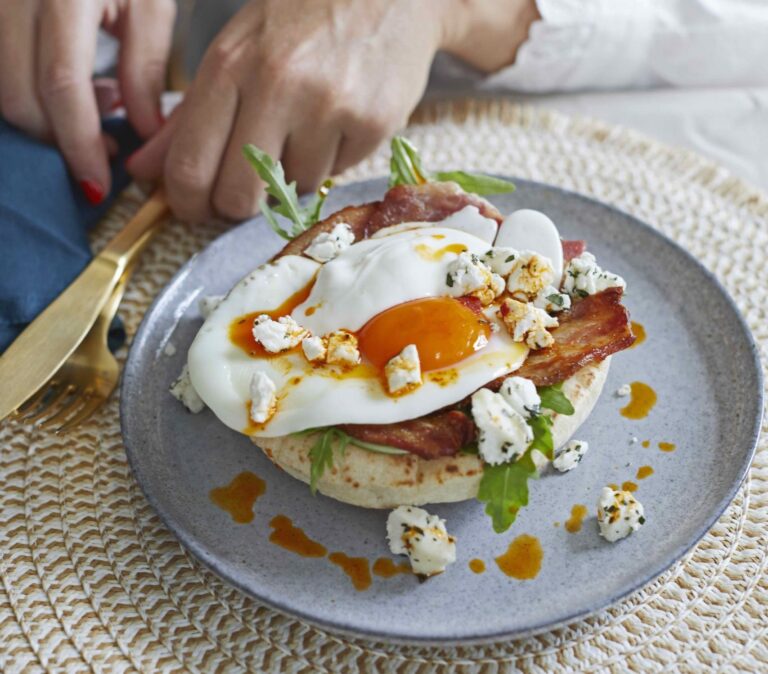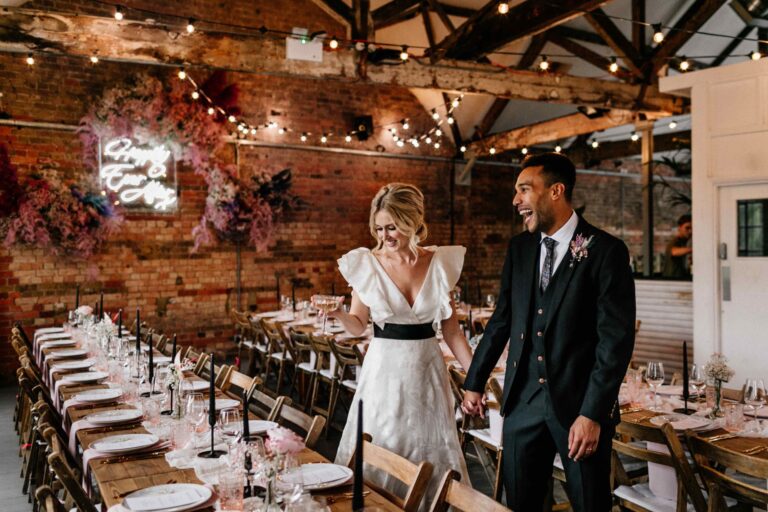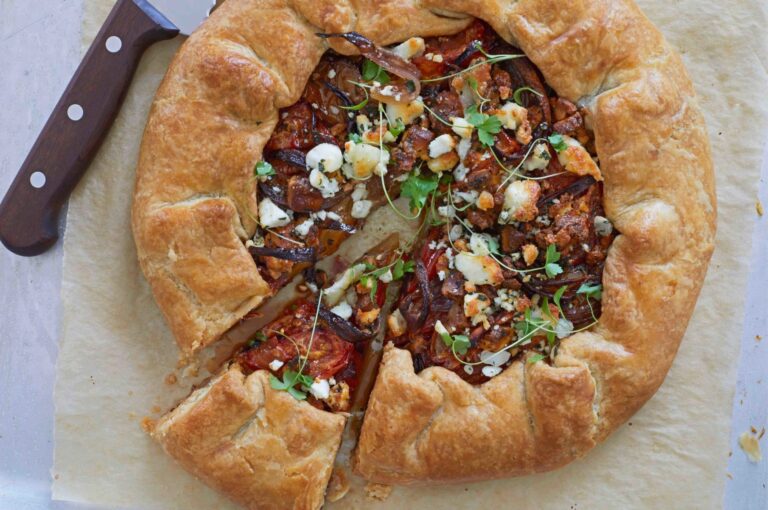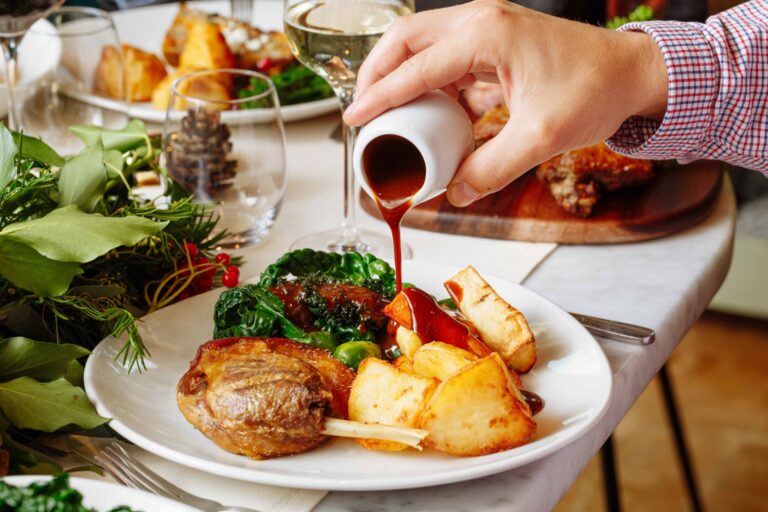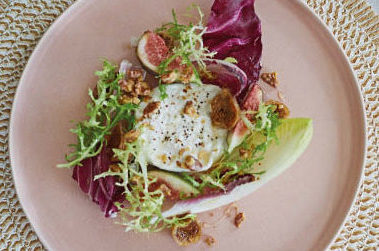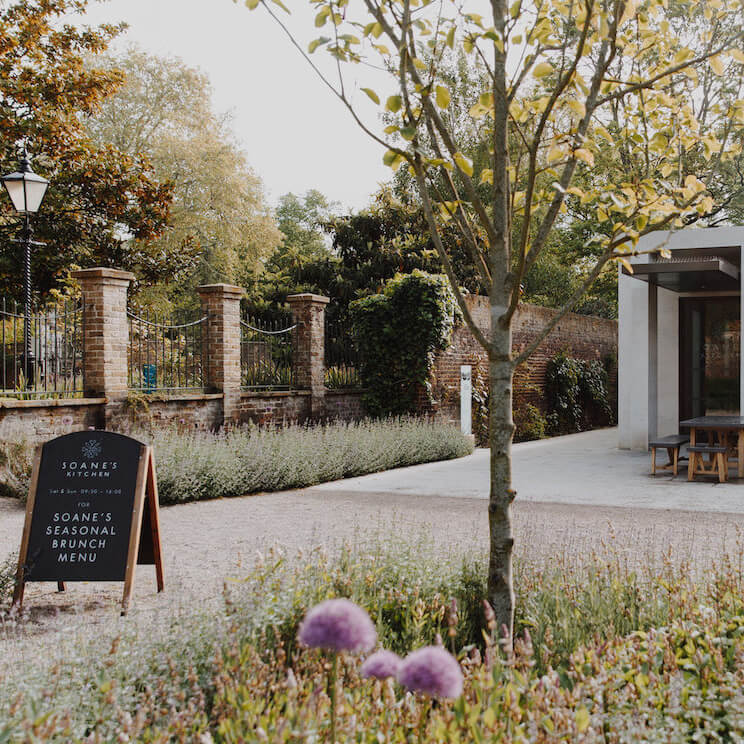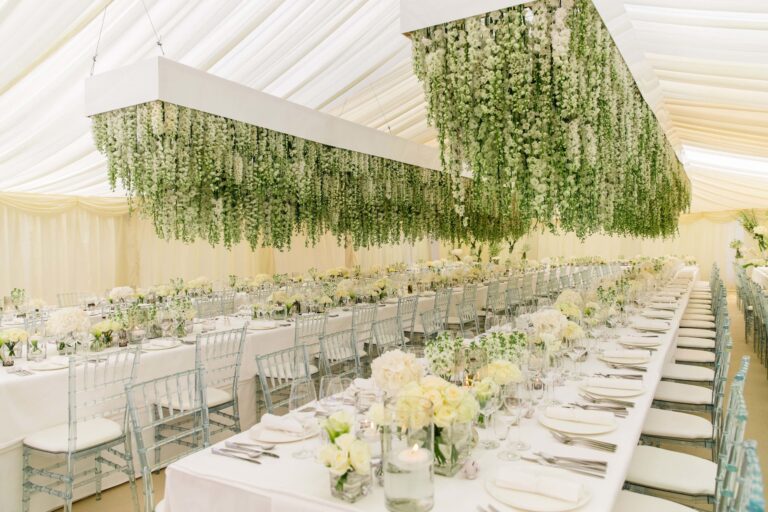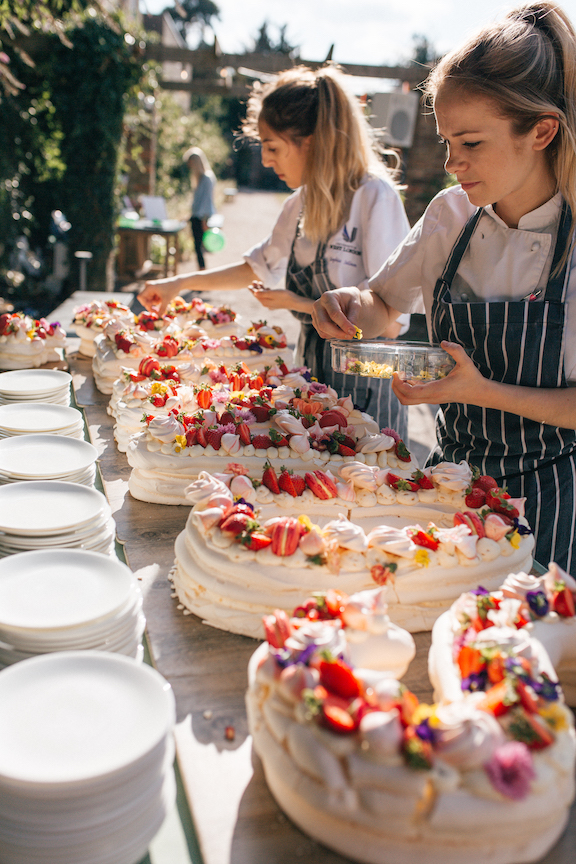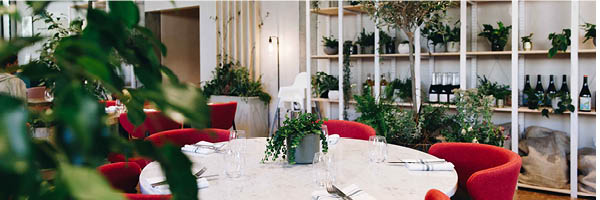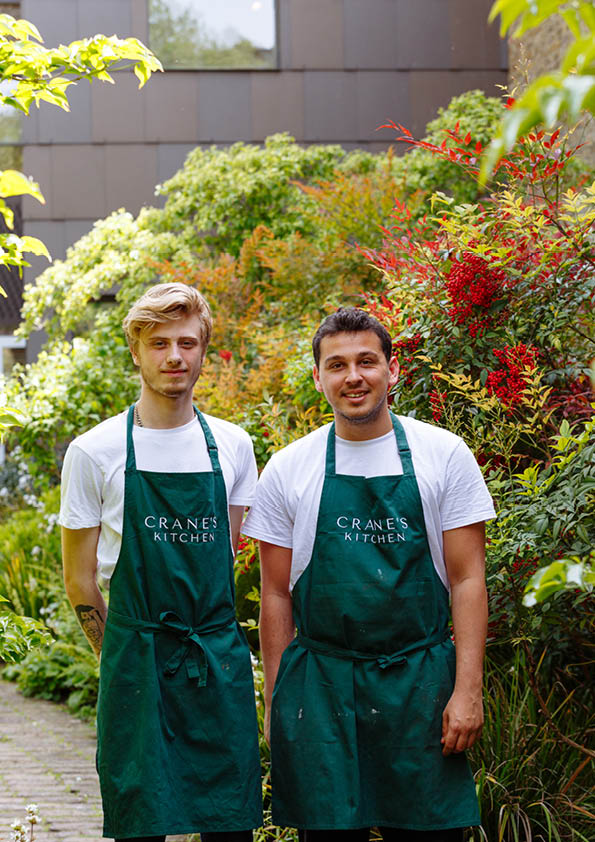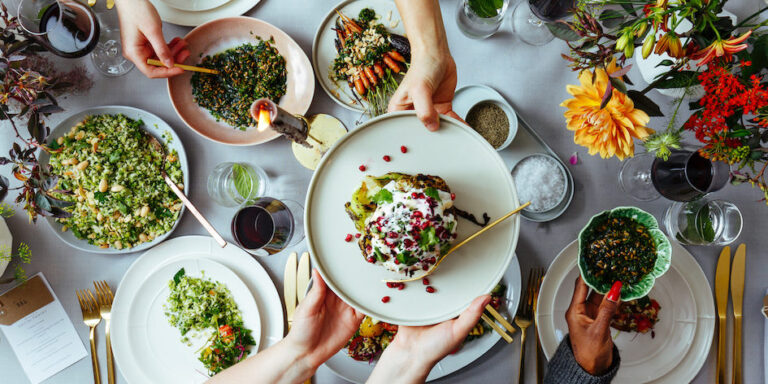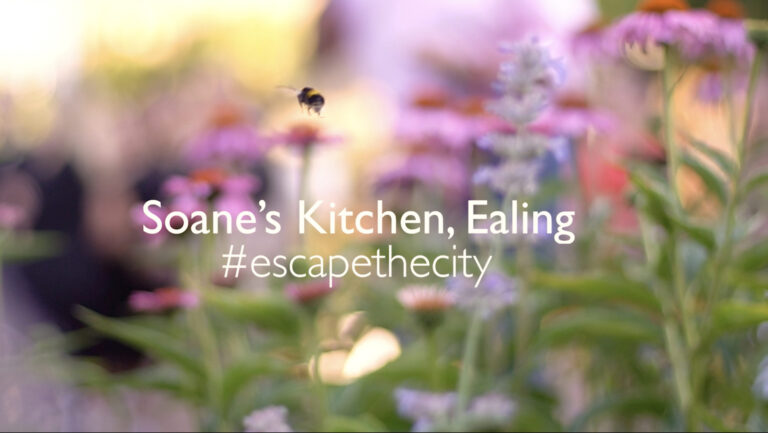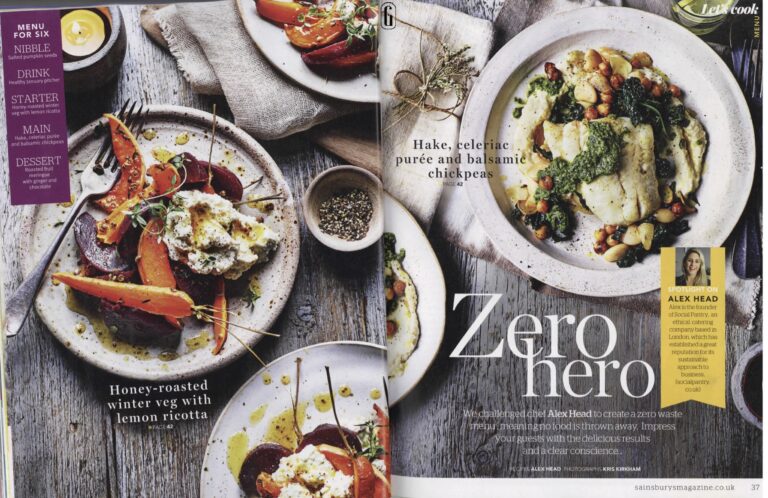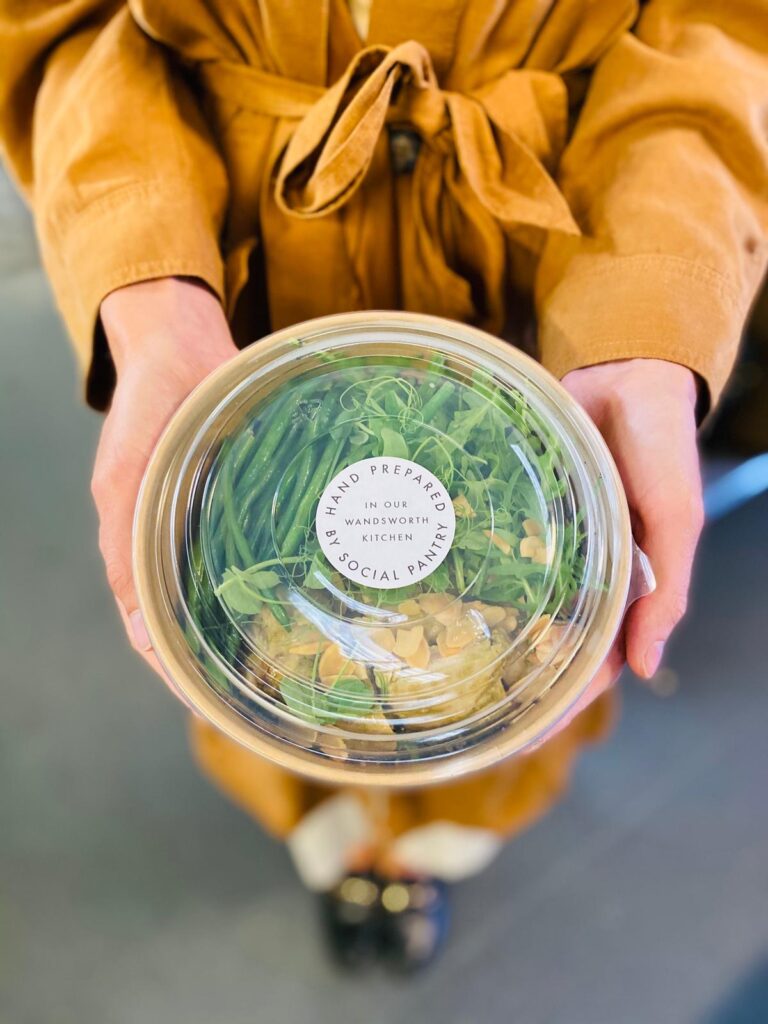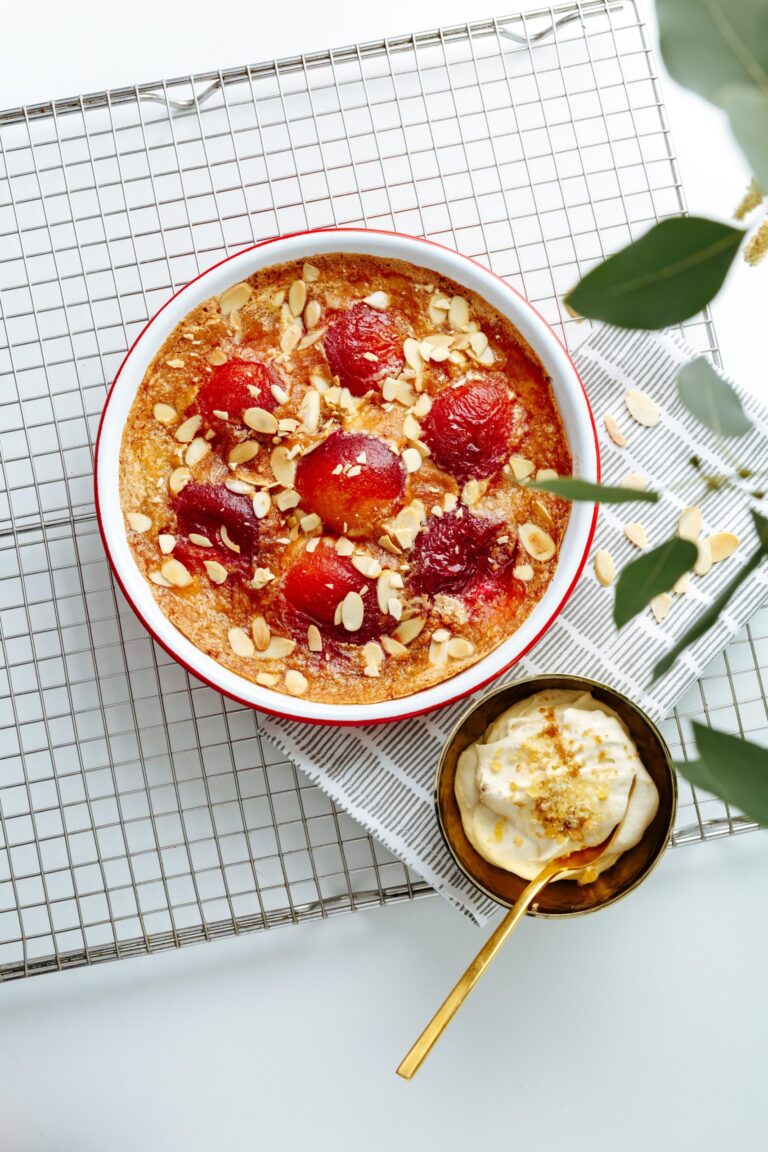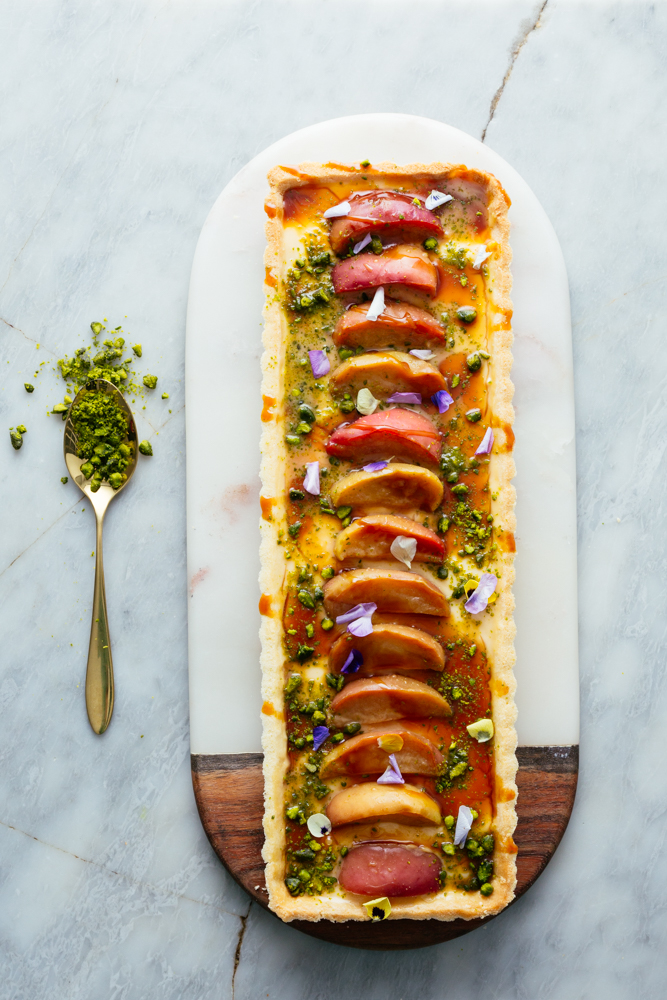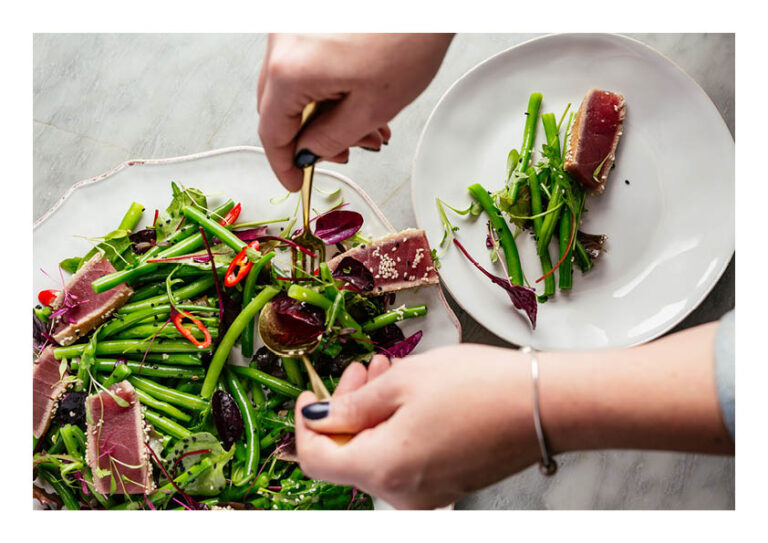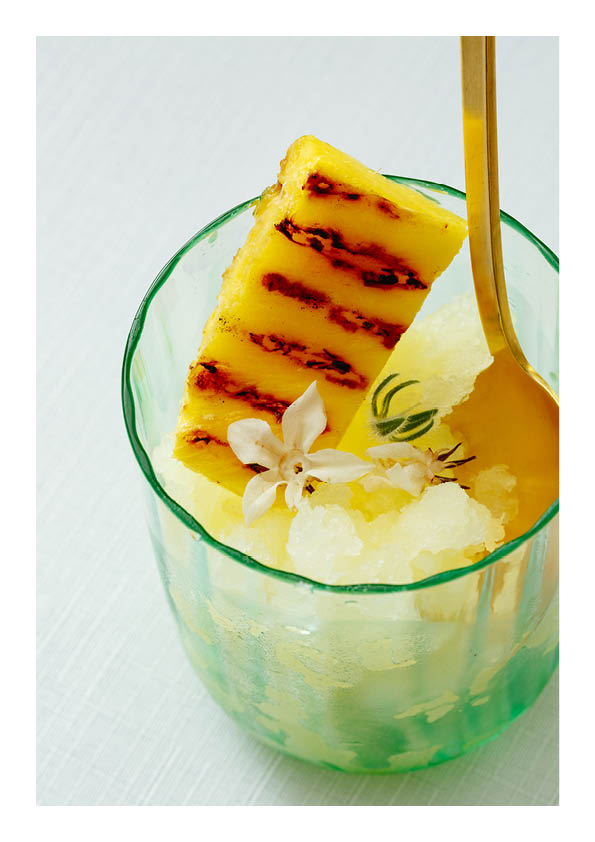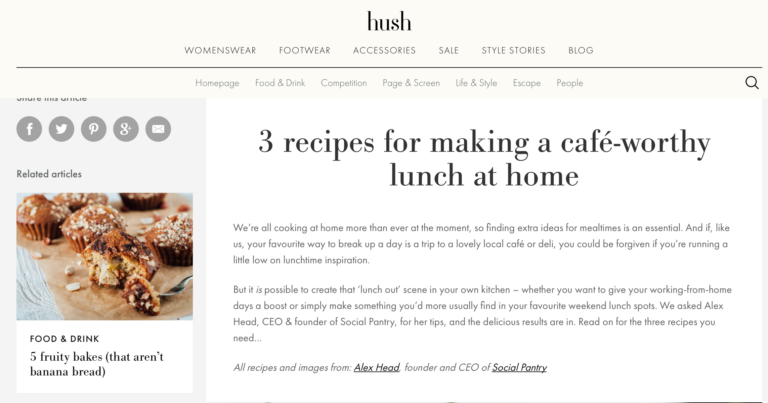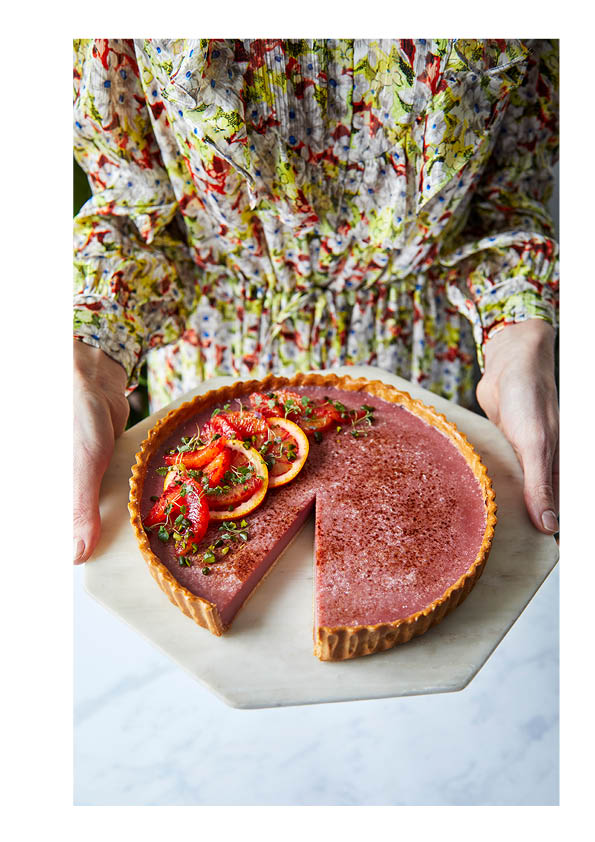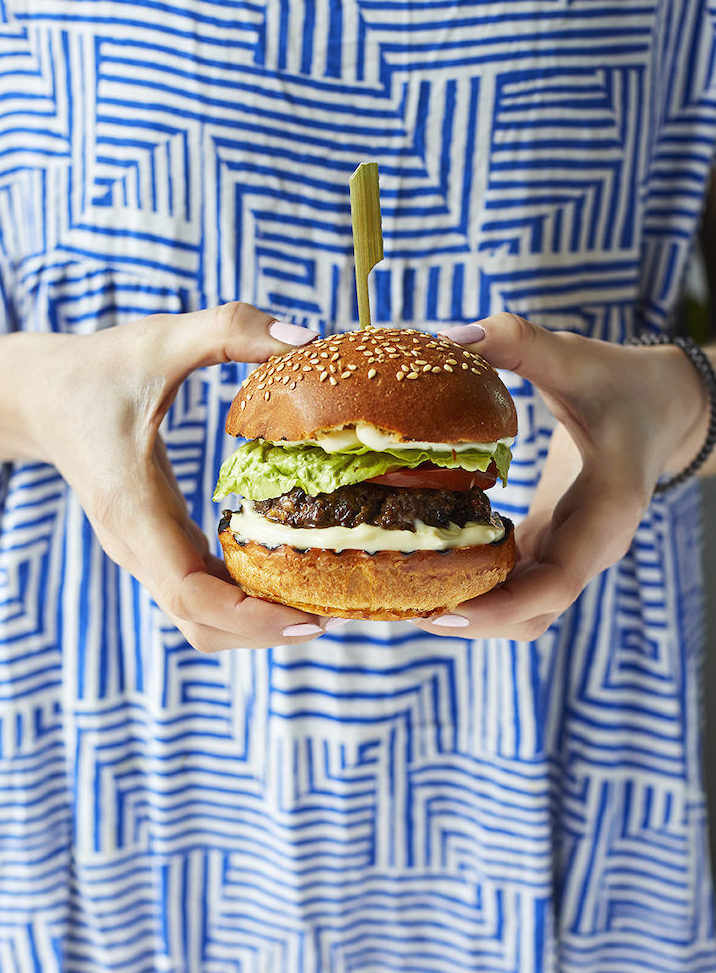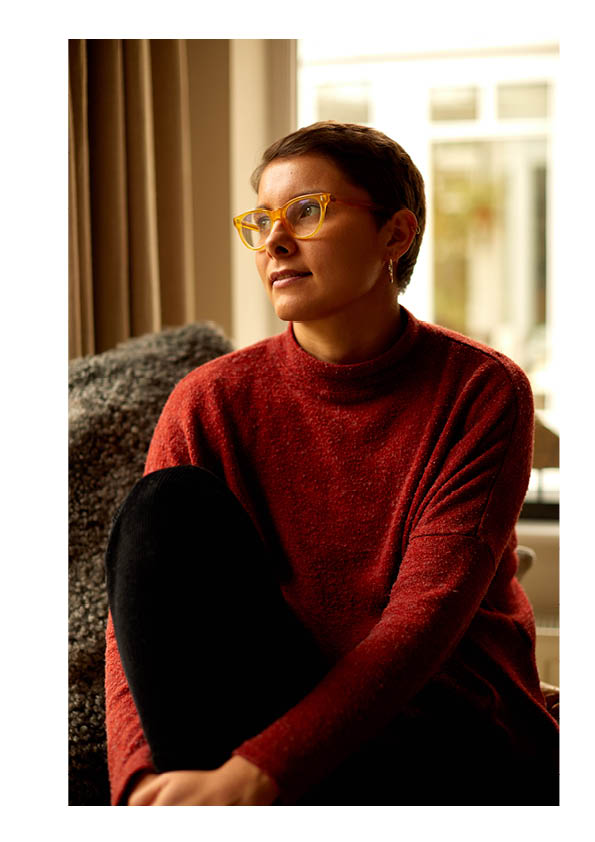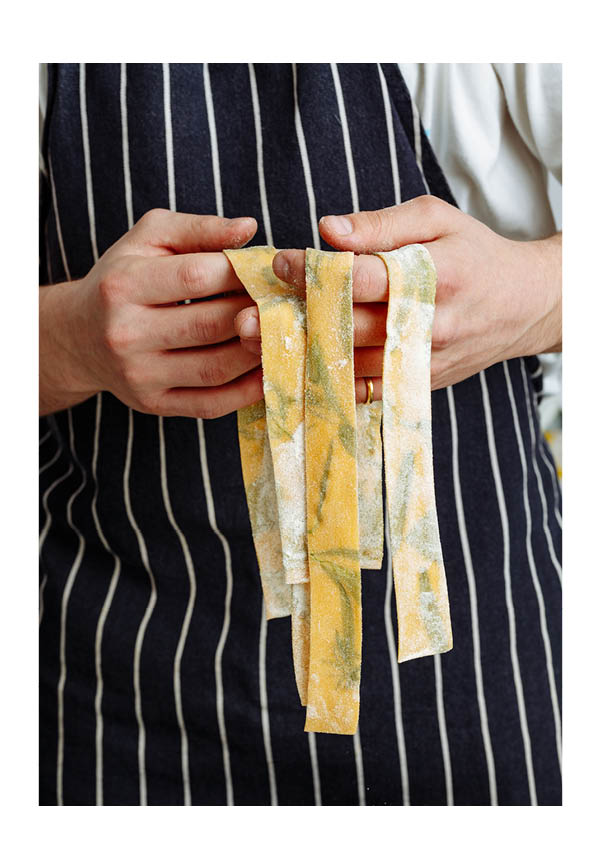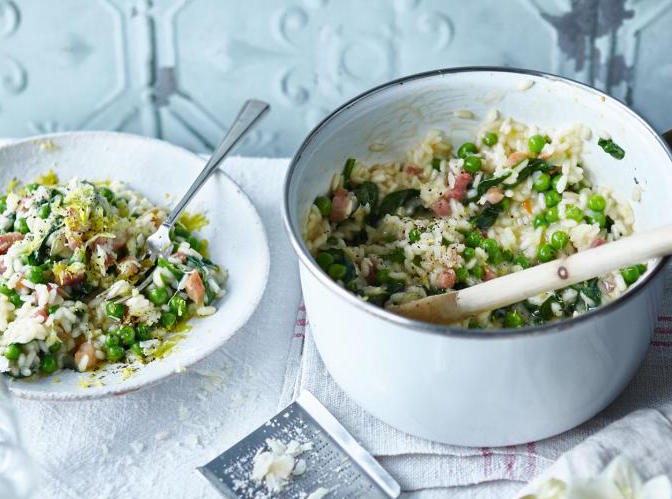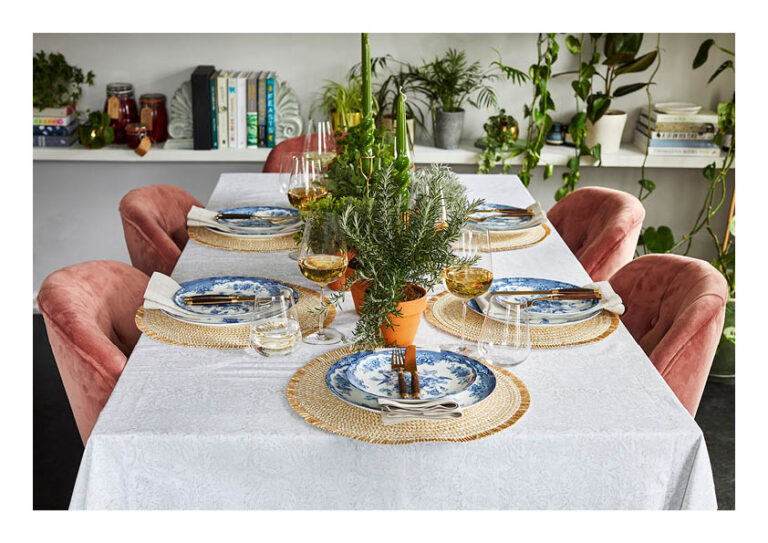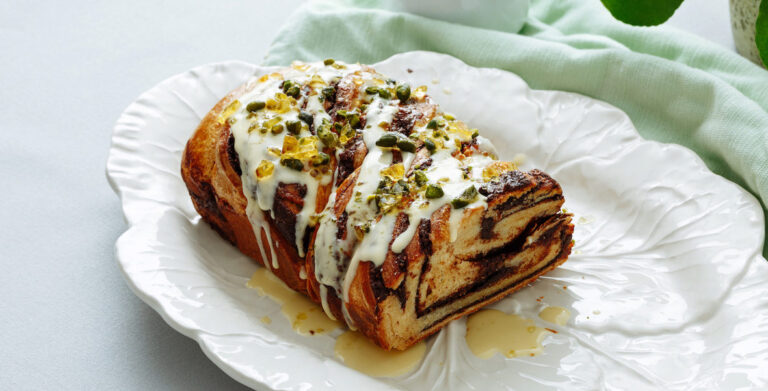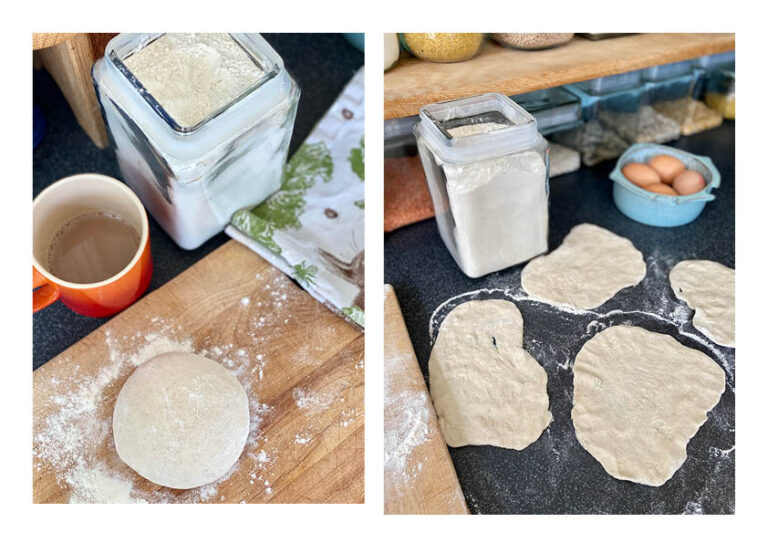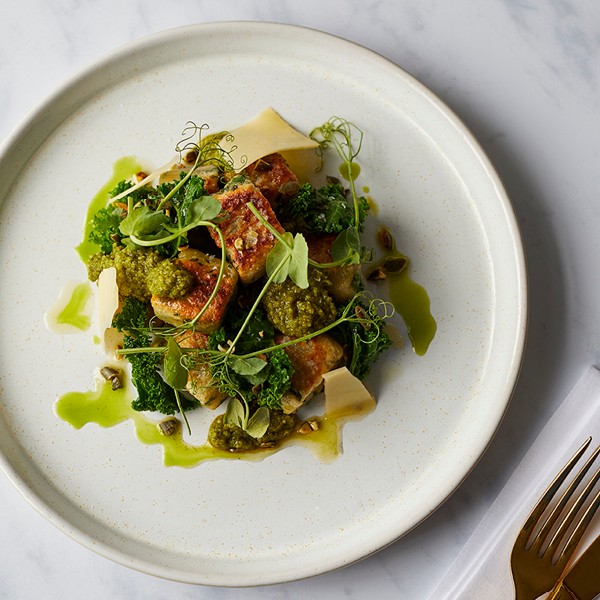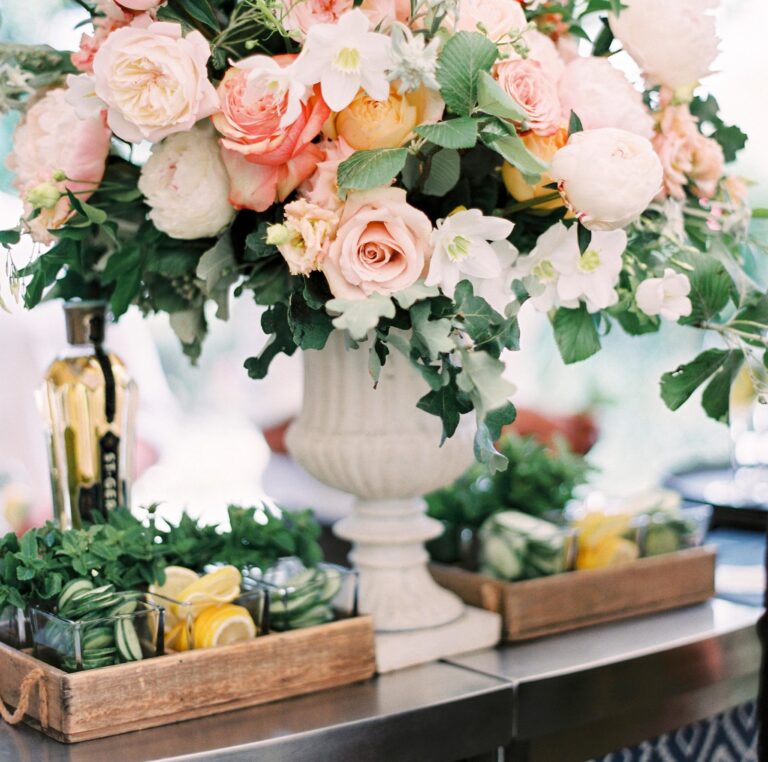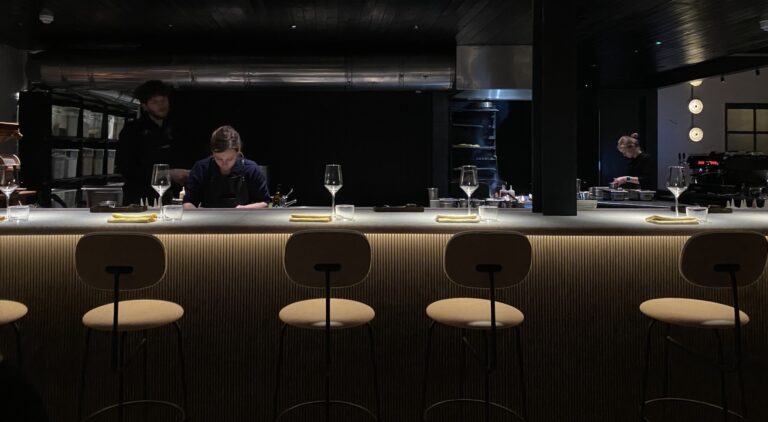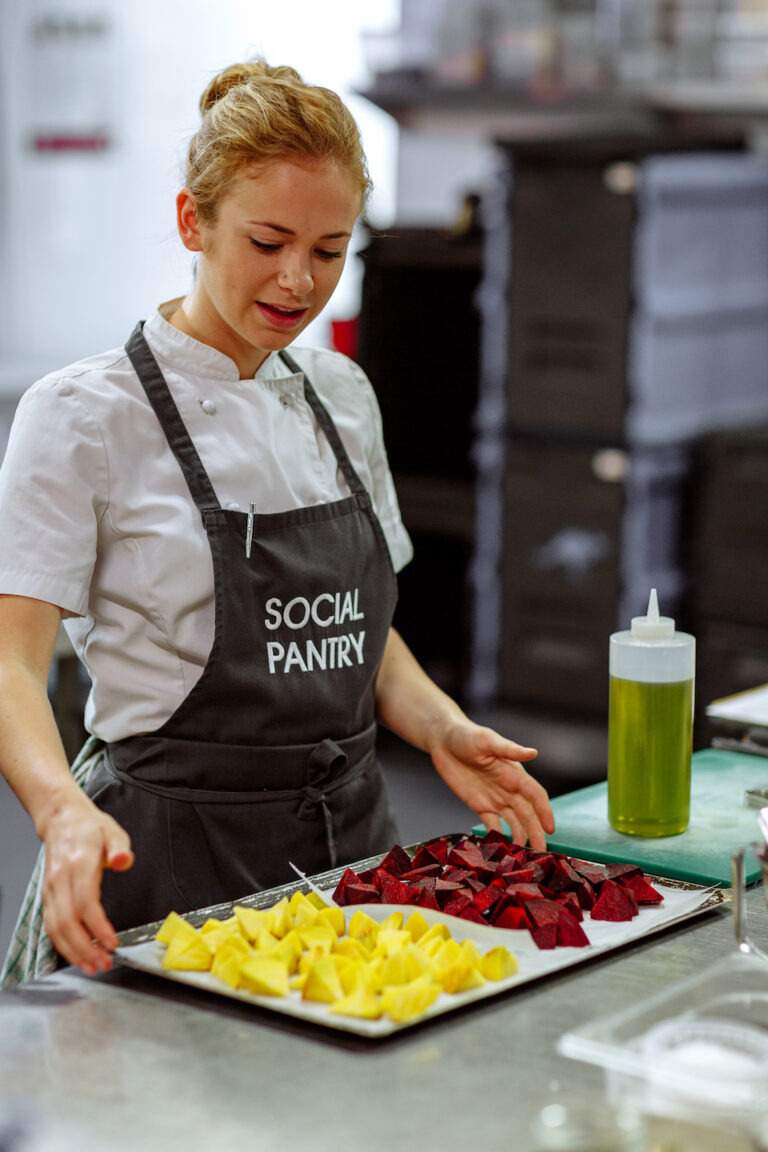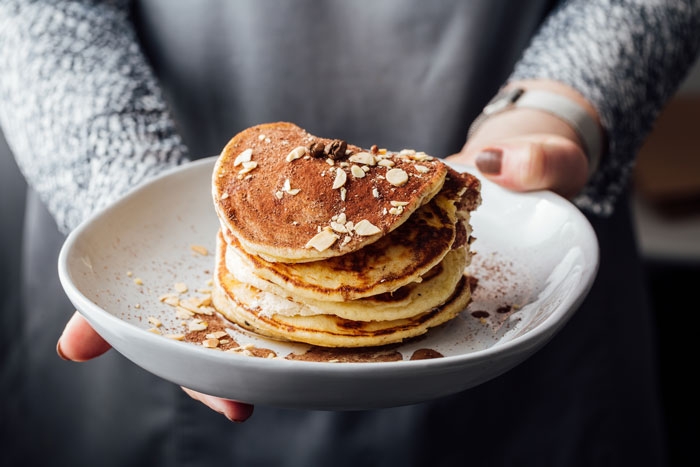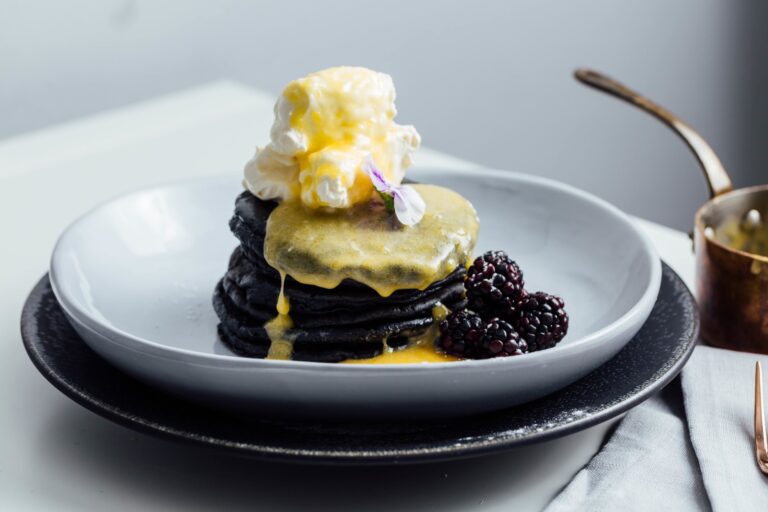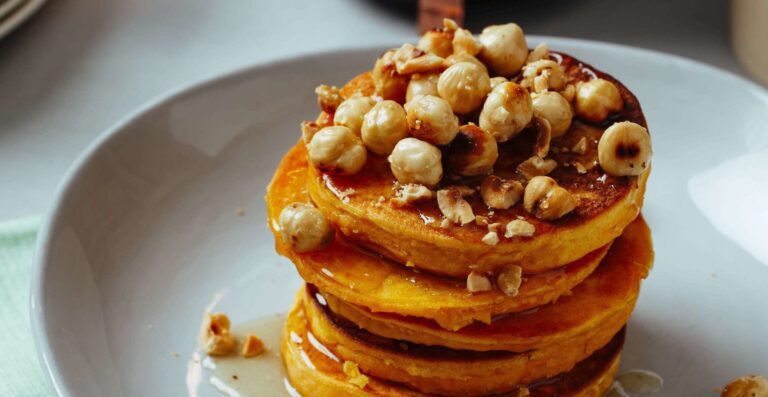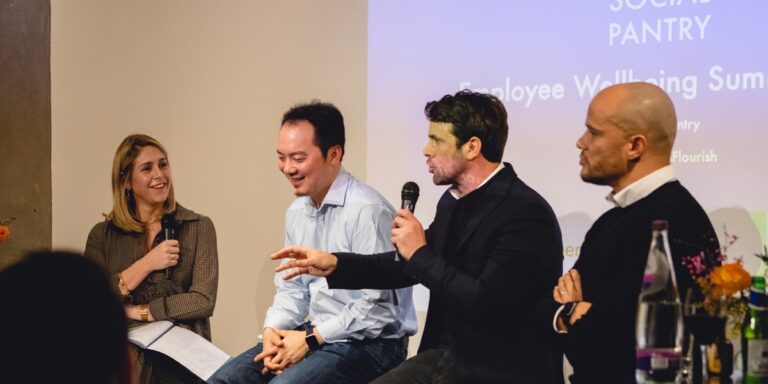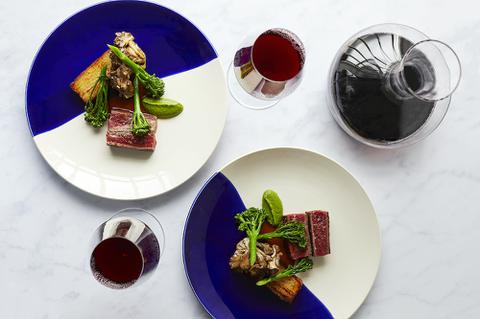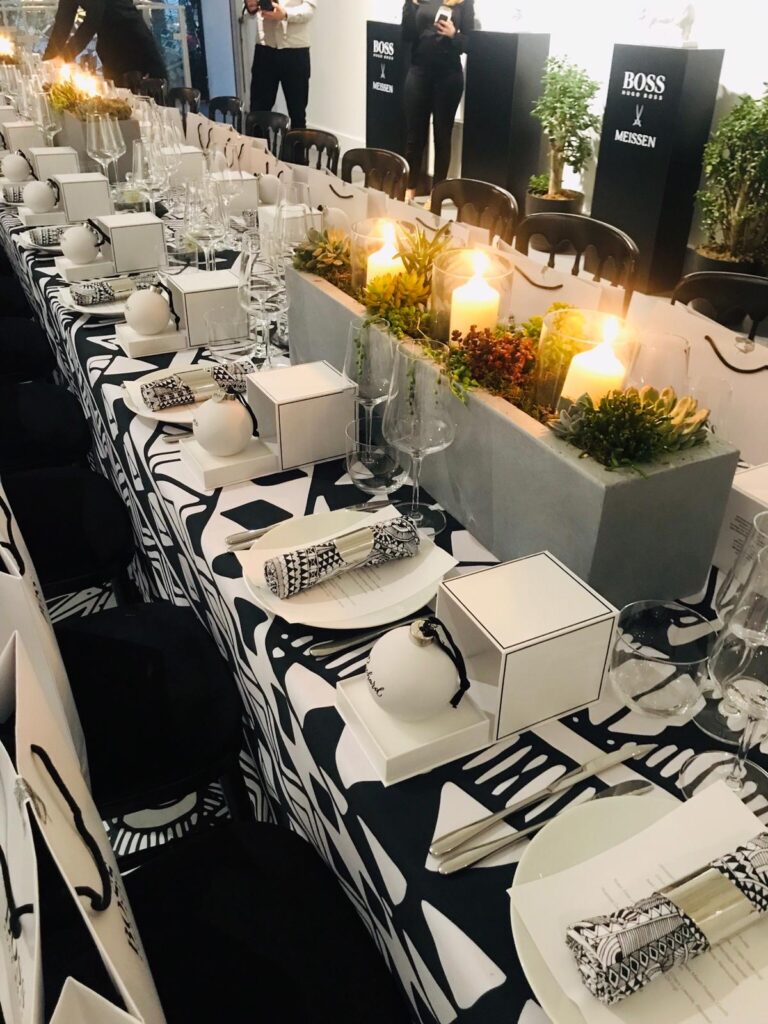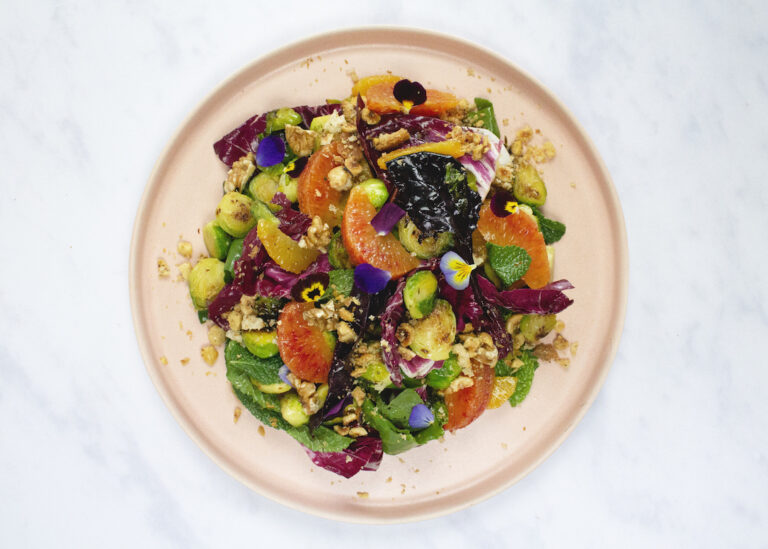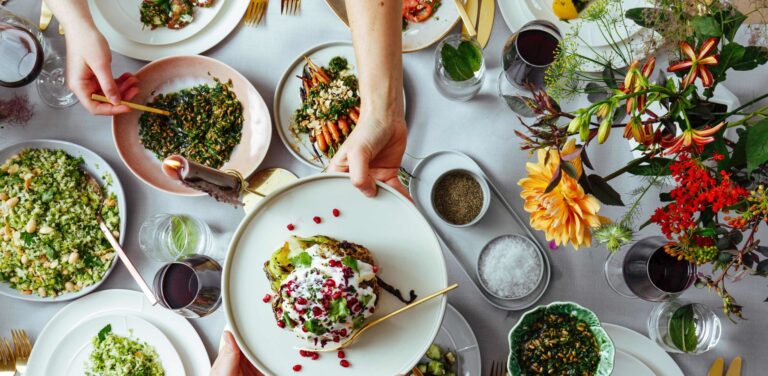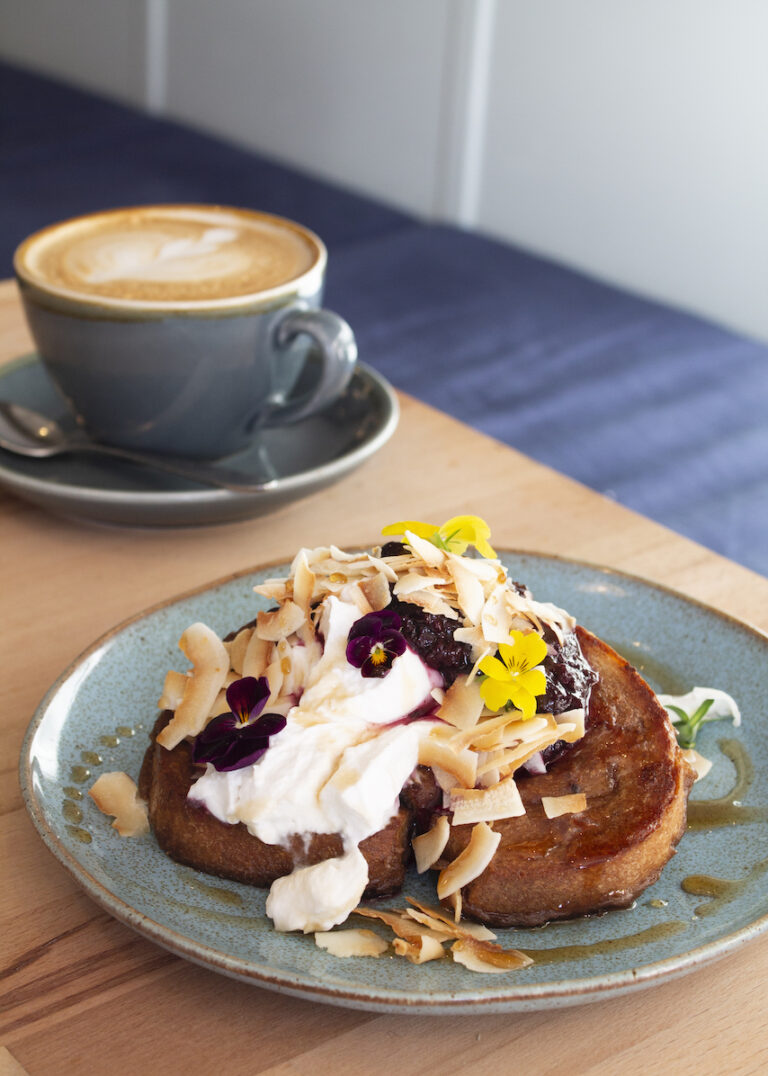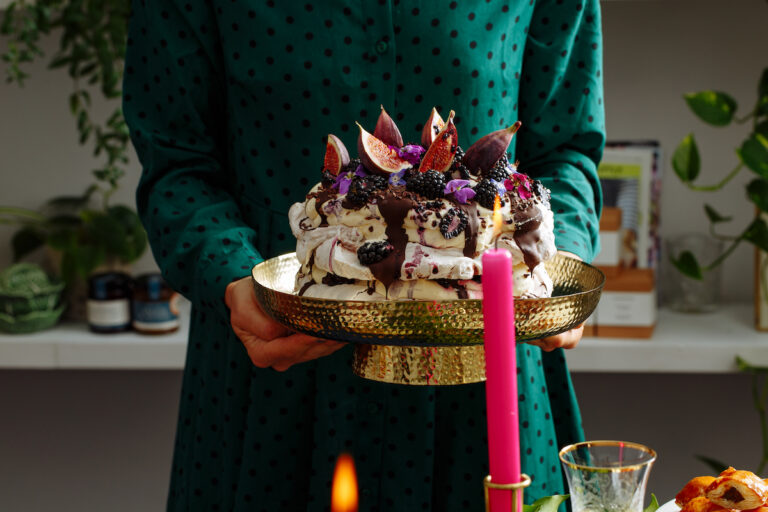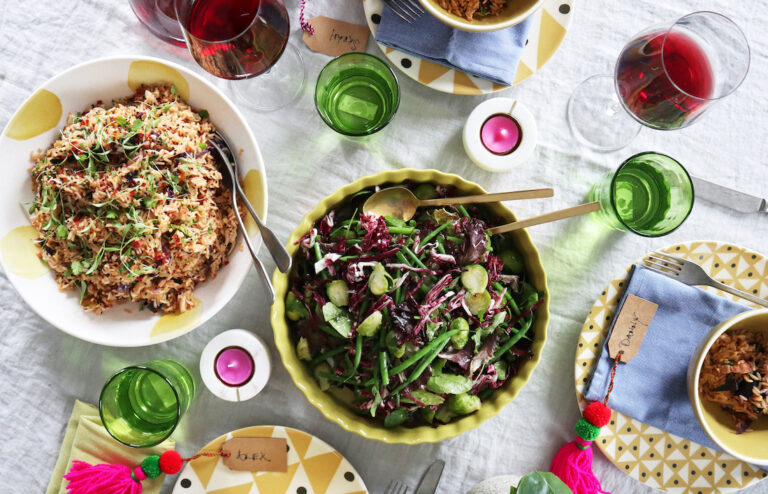Rewilding Restaurants with Imogen Davis of Native
Published on: June 13, 2023

Imogen Davis is the co-founder of Native restaurant along with Head Chef Ivan Tisdall Downes. Together, they embarked on a culinary adventure to redefine sustainable dining and celebrate the best of British cuisine. Native is well-established as one of the most innovative, forward-thinking and fashionable restaurants in London. Situated within Browns fashion store in Mayfair, it threads the needle on style and sustainability, and brings wild food, rare breed meats, and seasonal ingredients from local farmers, foragers and fishermen to the heart of London. Social Pantry Copywriter Emma joined Imogen in conversation at Native to discuss what food with impact means today.

For anyone new to Native, tell us a bit about the restaurant…
Native is a restaurant that I founded with Ivan Tisdall-Downes, head chef. Ultimately, Native is a celebration of the British landscape, its people, and its incredible culinary potential. Through our restaurant, we aim to inspire others to embrace sustainable dining, appreciate the beauty of wild food, and recognise the importance of preserving our culinary heritage for future generations.
Our focus is on sourcing wild food, rare breed meats, and seasonal ingredients from local farmers, foragers, and fishermen who share our values. We’re committed to minimising waste, telling stories through food, and creating a dining experience that connects people with the natural world.

What is “wild food”?
Wild food is the untamed essence of our menus at Native. For us, it’s about sourcing ingredients directly from nature’s pantry – from foraged plants to game. This wild bounty brings unique flavours, connects us to the land, and champions sustainability.
How does wild food relate to other approaches to provenance and sustainability?
Provenance and sustainability go hand in hand, and wild food is the epitome of both. It’s the story of knowing exactly where our ingredients come from, embracing the beauty of the wild, and celebrating the diverse ecosystems that sustain us.
With wild food, we’re nurturing the environment, promoting biodiversity, and reducing our ecological footprint. It’s a natural, pesticide-free feast that sparks the senses and supports our local heritage. But let’s remember, foraging is a dance with nature. We do it responsibly, following ethical guidelines, and working alongside experienced foragers to ensure a respectful and sustainable harvest.

How do you go about sourcing ingredients for Native, and what are some of the challenges and solutions to sourcing wild food?
At Native, sourcing ingredients is a meticulous and thoughtful process that aligns with our commitment to showcasing the best of the British Isles and its wild food offerings. We work closely with local farmers, foragers, and fishermen who share our commitment to sustainability. Challenges include seasonal availability and responsible foraging. To overcome them, we design menus around the natural cycles, collaborate with experienced foragers, and prioritise education. It’s a continuous journey to showcase the beauty of the wild while promoting sustainable practices.
Why do you think more restaurants don’t follow your lead? What changes would you like to see from other chefs and restaurants?
I believe each restaurant has its own journey and priorities. While not all may follow our lead in sourcing wild food, I would like to see more chefs and restaurants prioritise sustainability and ethical sourcing. Transparency, embracing local and seasonal ingredients, and fostering collaboration are changes I’d like to see. Small steps can make a big impact in shaping a more sustainable food industry that supports our planet and communities.

We are delighted that you’ll be joining Social Pantry in The Wilderness Kitchen at Wilderness Festival this summer! You’re well known for serving British game and rare breed meets but this will be an entirely vegetarian feast – tell us more about what you have planned!
We are thrilled to be part of Wilderness Kitchen at Wilderness Festival this summer, and we’re excited to bring a unique vegetarian feast to the table. While we are known for our emphasis on British game and rare breeds at Native, we also deeply appreciate the diverse flavours and culinary possibilities that vegetables offer. This special occasion allows us to showcase our creativity and passion for such dishes. We have curated a delightful menu that celebrates the abundance of seasonal vegetables, showcasing their natural flavours and textures.
Each dish has been carefully crafted to offer a memorable culinary experience for the festival-goers. From starters that feature a medley of heritage Nutbourne tomatoes and smoked salsa verde to main courses that highlight aubergines and our favourite mushrooms, and finishing with our exceptional sweetcorn trifle – our vegetarian feast at Wilderness Kitchen promises to delight the taste buds of both herbivores and omnivores alike.
What do you look for when choosing suppliers?
When choosing suppliers, we prioritise those who share our commitment to sustainability. Transparency, traceability, and shared values are essential. We assess suppliers based on their environmental impact, social and ethical practices, and look for certifications to validate sustainability and quality. Our goal is to establish long-term relationships with like-minded suppliers who provide high-quality ingredients and contribute to creating a truly sustainable food system.

Can you introduce any of your amazing suppliers we should have on our radar?
Absolutely! We have been fortunate to work with some fantastic suppliers who are dedicated to sustainability and provide exceptional ingredients. While it’s challenging to highlight just a few, here are a couple of suppliers that you should definitely check out:
Wildfarmed evolved out of a desire to find a more restorative and sustainable way of growing cereals. The ‘wildfarming’ method involves sowing seeds directly into grass, growing different plants side-by-side. Bringing grazing animals onto the fields and never tilling the soil or spoiling it with chemicals and heavy machinery. Together, this method produces resilient, nutritious crops while constantly improving the soil and surrounding ecosystem.
Aweside Farm. They grow certified organic flowers that celebrate the essence of seasonality, really letting the land dictate what they grow. They’re regenerating their local landscape while providing a really great product to us. An example we should all follow!
These are just a couple of examples, but there are many more incredible suppliers out there. I encourage everyone to explore their local food scenes, farmers’ markets, and online platforms that promote sustainable sourcing. By supporting these suppliers, we can all contribute to a more sustainable and delicious food future.
Who inspires you in the sustainability space?
Firstly, we draw inspiration from the collective efforts of farmers, fishermen, foragers, and other local suppliers who are committed to sustainable practices. By building strong relationships with these individuals, we are able to source the highest quality ingredients while supporting the local community and preserving the environment – without which we would have no chance of achieving what we do. We are passionate about sustainability and continuously seek inspiration from like-minded pioneers who share their vision.

What about chefs, restauranteurs and activists?
One notable source of inspiration is chef and activist Dan Barber. His relentless advocacy for sustainable farming practices and his commitment to creating a more ethical and environmentally responsible food system have made a profound impact on the culinary world. Through his work at Blue Hill at Stone Barns in New York and his book ‘The Third Plate,’ Dan Barber challenges traditional notions of what we eat and how we grow our food, emphasising the importance of biodiversity and regenerative agriculture.
Another influential figure of course, is René Redzepi, the renowned chef and co-owner of Noma in Copenhagen. Their innovative approach to sourcing local and wild ingredients has redefined the culinary landscape. His emphasis on foraging and his dedication to showcasing the unique flavours of the Nordic region have not only inspired us but have also sparked a global movement toward embracing indigenous and sustainable ingredients.
In addition to individuals, we find inspiration in organisations such as the Sustainable Restaurant Association (SRA). The SRA provides valuable resources and guidance to restaurants aiming to operate sustainably. Their initiatives, including certifications, educational programs, and industry collaborations, contribute to building a more sustainable and responsible foodservice sector.
Tell us how the Native x Browns collab came about. How do you understand the relationship between food, fashion and design?
The Native x Browns collaboration emerged from a shared vision of merging food, fashion, and design with sustainability woven through. Our commitment to sourcing sustainable, local ingredients and focus on innovative flavour profiles resonated with Browns’ values of curating unique and forward-thinking experiences. We wanted to create a unique dining experience that transcends traditional boundaries and engages all the senses. This collaboration allows us to push creative boundaries, introduce our culinary philosophy to new audiences, and infuse the world of fashion and design with the immersive experience of food.

Has collaborating with Browns influenced your approach to the aesthetics of food?
We have always taken great care and thought into the cooking, plating, and table styling. We are firm believers of ‘you eat with your eyes’ so we treat each dish as a work of art, considering colour, texture, and composition.
How do you approach designing and styling a dish?
At Native, we approach plating and dish design as a multi-sensory art. Our aim is to create visually striking plates that evoke intrigue and delight. We incorporate nature, seasonality, and cultural influences to bring depth and meaning to each dish. With unexpected elements and playful presentation, we aim to create memorable experiences that tell a story, evoke emotions, and ignite curiosity and aim to create visually stunning presentations that elevate the dining experience, celebrate the beauty of nature, and tell a story through food.


Eat out or cook at home? Ah! Both!?
Tasting menu or sharing plates? Sharing
Sharing Sourdough or focaccia? Sourdough (or the native focaccia)
Raw, pickled or roasted? Pickled
Best ice cream flavour: I had a caramel and fish sauce ice cream recently – it blew my mind!
Book recommendation: The River Cottage Handbooks
Favourite restaurant in London (other than Native!): Paradise in Soho
Ultimate comfort food: Breakfast for dinner


